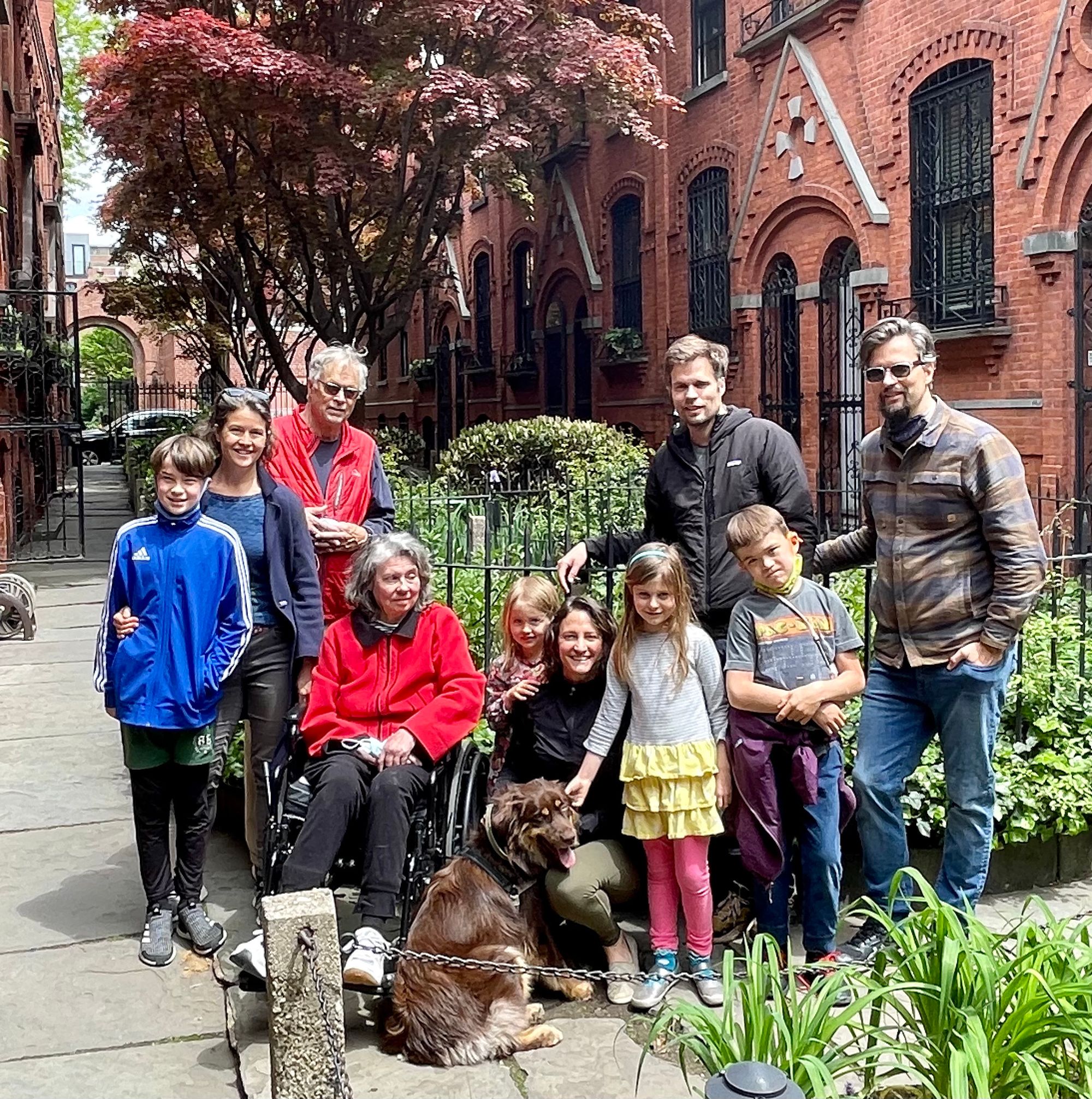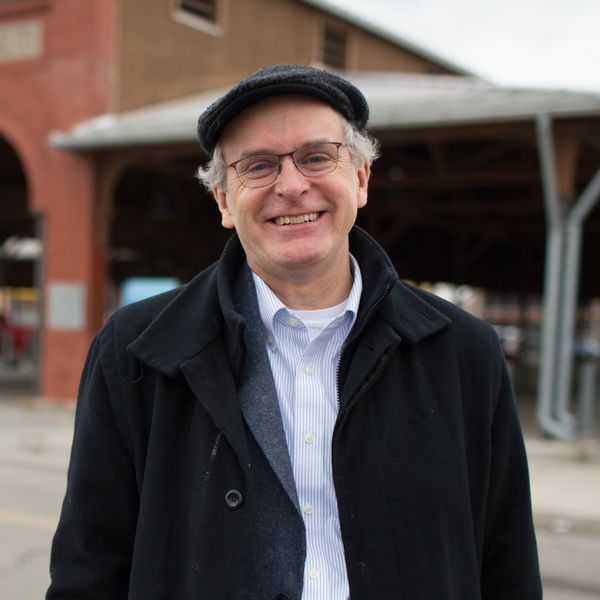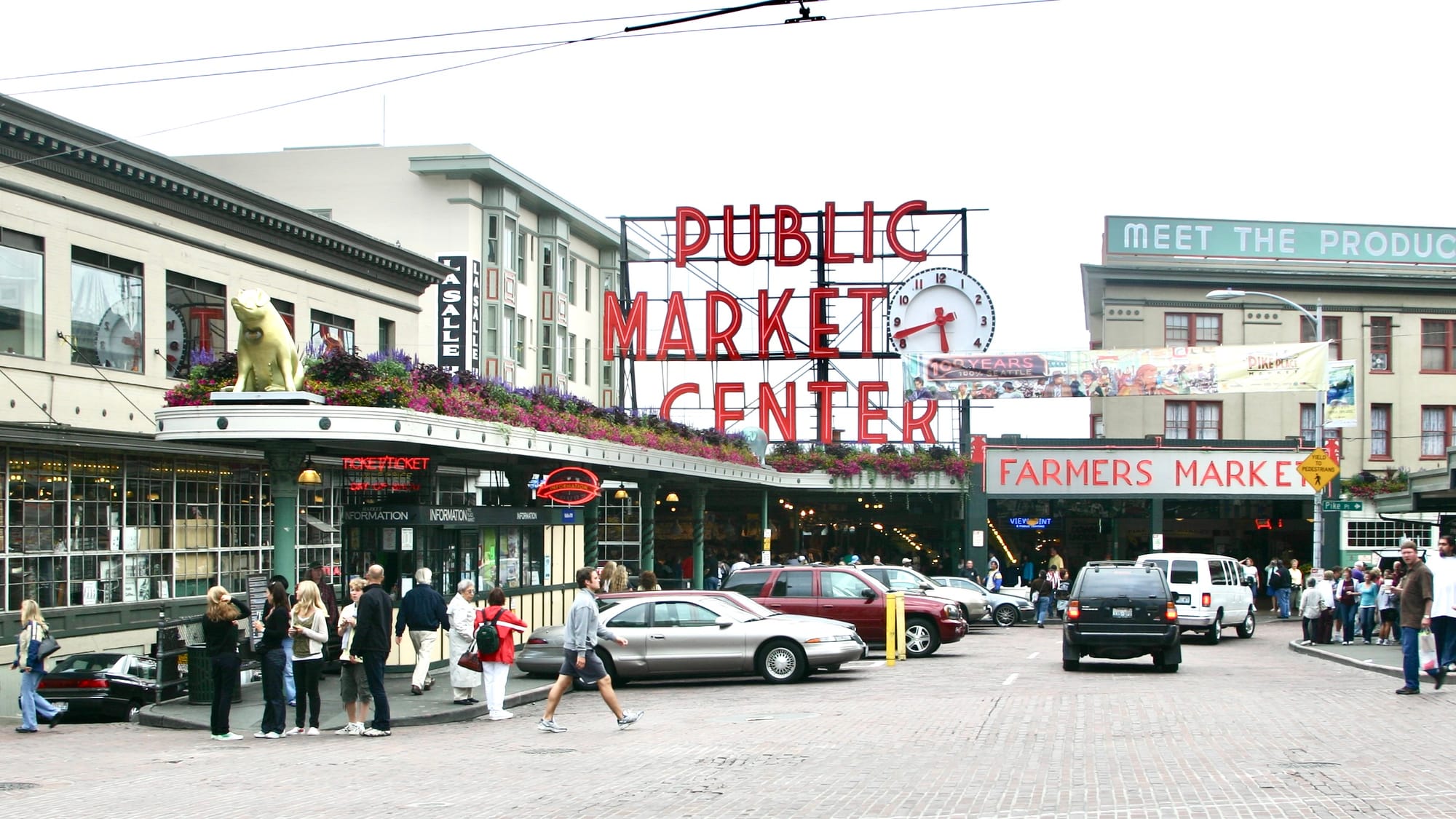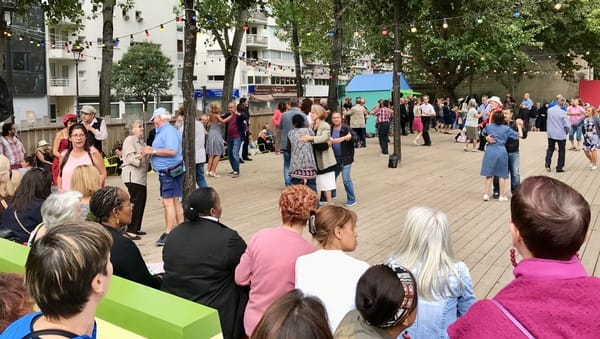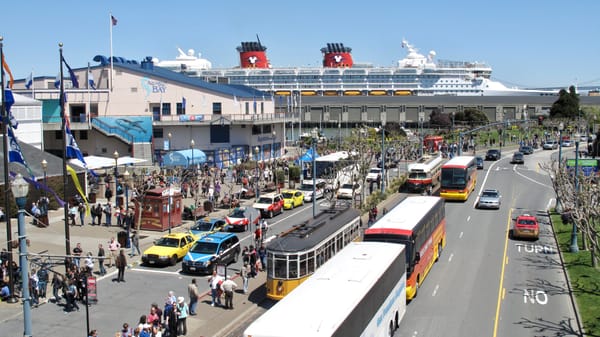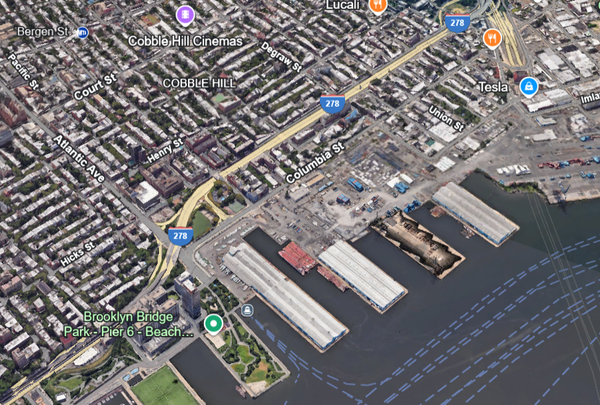In 1987, Project for Public Spaces (PPS) held its first International Public Markets Conference in partnership with the historic Pike Place Market in Seattle, Washington, and the then-new Granville Island Public Market in Vancouver, British Columbia. We had stumbled onto the power of markets in our travels around the world and were concerned that the trends in the U.S. did not bode well with so many cities having lost their historic market systems. At the time, developers were starting to co-opt authentic markets to create "festival markets," led by Faneuil Hall in Boston, which transformed historic Quincy Market into a tourist destination, a shopping mall with a historical veneer,
The theme of the conference was "Tradition and Promise," as it seemed to us that the time was right to bring market advocates together not just to preserve markets but to craft a strategy for their resurgence. We were right.
The two host markets, one saved from the wrecking ball only 20 years prior by citizen action and the other the start-up anchor of the remarkable Granville Island, were newly renovated, full of fresh food purveyors and dynamic public spaces. These were the perfect locations to reflect on the future of markets.
Farmers markets, where producers sell directly to customers, were also beginning to expand rapidly in the U.S., and a few cities were beginning to restore and reinvest in their historic markets to create authentic markets. That's when we first met our long-term colleague David O'Neil, who was leading efforts to revive the historic Reading Terminal Market in Philadelphia as its General Manager.
We didn't understand it at the time, but this small conference of 100 or so "zealous nuts" – and the ten major conferences in four countries that have since followed – have incited a global movement and framework to promote the value that markets bring to communities. At the Social Life Project today, we celebrate how the intensity of social energy and commercial activity in markets is what makes them the soul of a community.
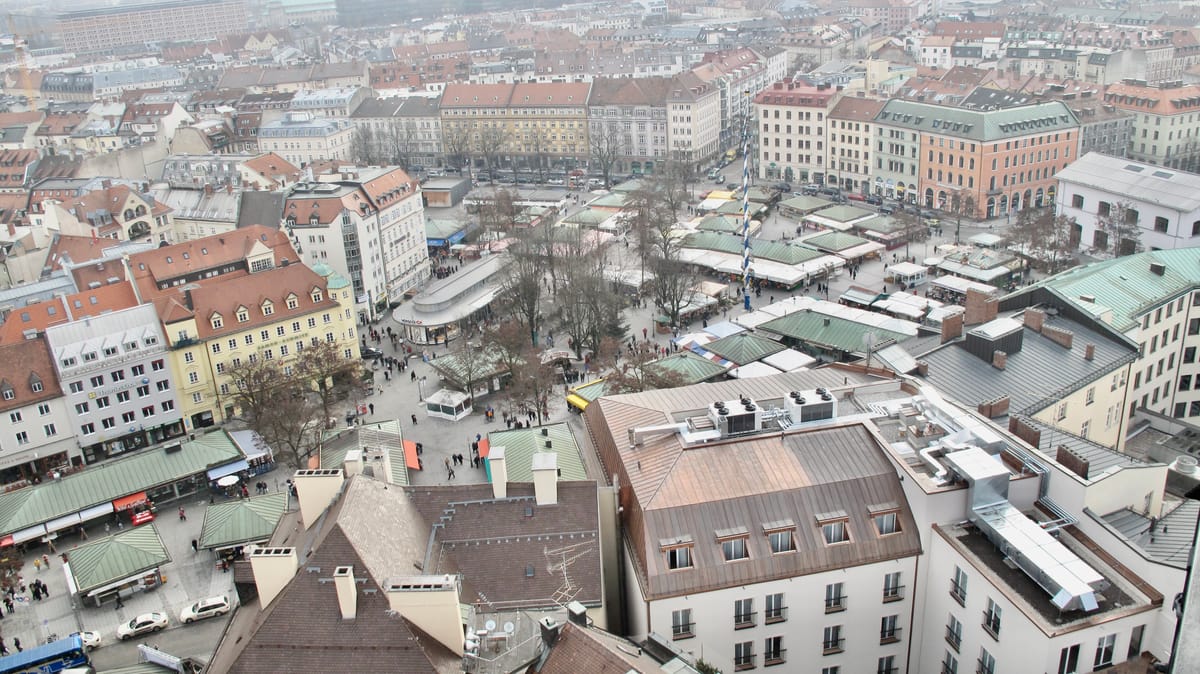
One of the participants at that conference was John Turnbull, who went on to spend more than 35 years in the market in various leadership capacities. We recently sat down with John to reflect on his long tenure at Pike Place Market and discuss his views about why the market has become the “Soul of Seattle.”
You can find the full interview at the end of this article, but some of the key takeaways are the following:
- The permeability of private and public spaces in the market district is what makes Pike Place Market such a great place. There are no hard edges. The public space moves into the buildings, and the private activities move out into the street. All these nooks and crannies allow you to get lost and be pleasantly surprised at every turn, which is so important.
- You don't have to control everything. There is thought and work that goes into making things run smoothly at the market, but urban planners, politicians, and design professionals don't hold control over it. Effective managers provide guidance and direction but leave room for innovation and spontaneity. That's what makes it so authentic, organic, and appealing.
- One critical factor contributing to the market’s unique character is its role in providing a platform for new entrepreneurs to test their ideas. The success rate of doing so has been over 50%, which is a testament to the market's ability to nurture innovation and provide a stable environment where small businesses can thrive for generations.
- There is a collective identity among all the people who live, work, and provide services. It is a strong community and people are very proud of that.
- Pike Place Market is a sanctuary for the public good. It is understood that people from all sides, backgrounds and ages can go there and be safe. The market is the backdrop to so many events because it is the city’s natural gathering place.
A Tour of Pike Place Market - the "Soul of Seattle"
Pike Place Market started as an open-air market in 1907 and evolved from its humble beginnings into the nine-acre district we know today. It is a special place within the heart of Seattle’s downtown neighborhood comprised of hundreds of vendors and thousands of visitors exchanging goods and conversation in a bustling setting. It serves as an incubator and supporter of farmers, artisans and small businesses.
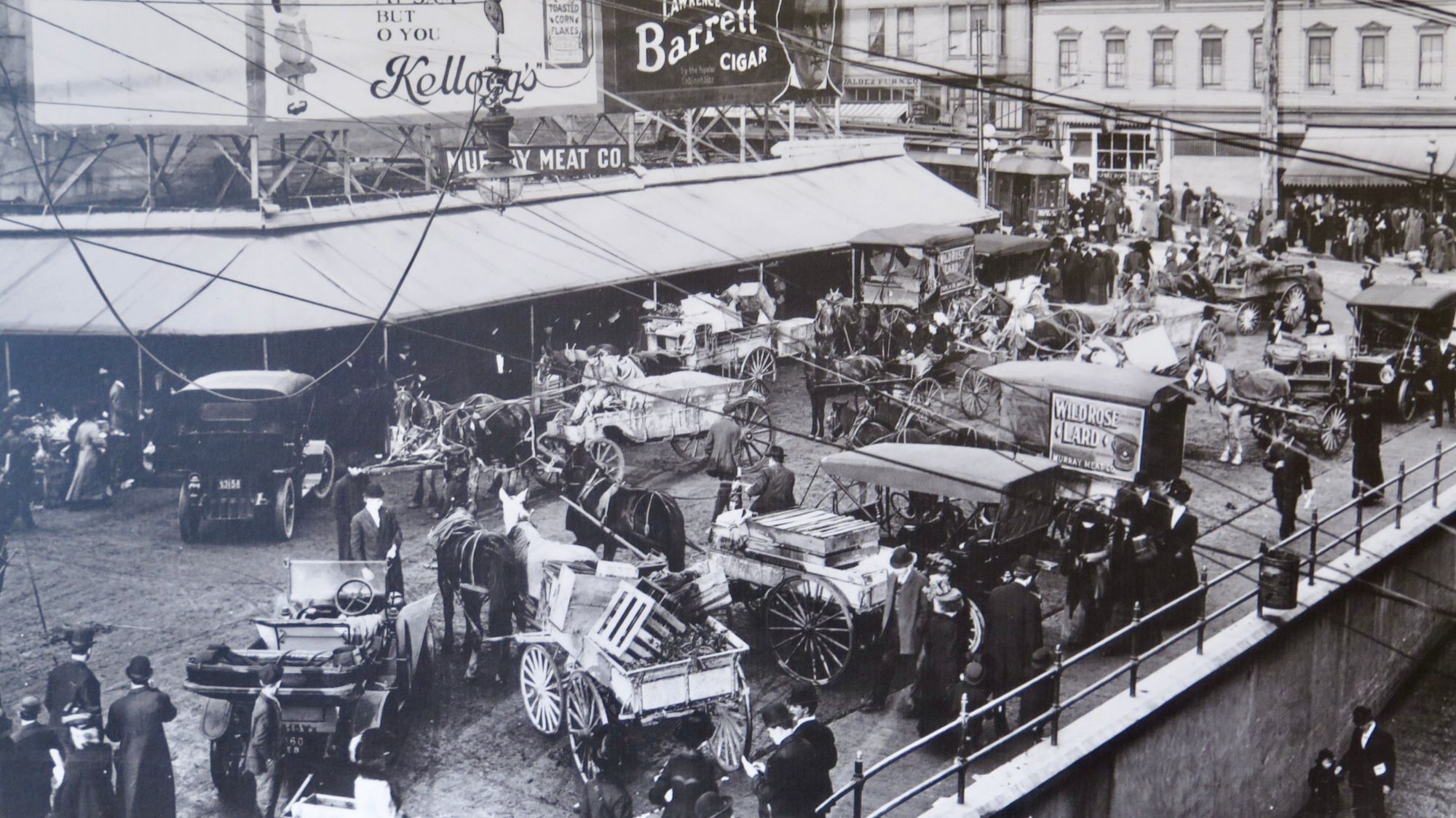
The market is composed of 10+ places within the district, each with its own unique identity and social life. Let's take a look.
The following images were taken over many years and many visits (from 2003-2017), representing a short period in the history of Pike Place Market, one of those special places that stays in one's memory and that you love to keep coming back to. Every image represents a place and memory that we cherish.
The Main Entranceway
The entrance to the market is iconic with its neon signs and clock bringing the character of what is inside the market to the street.
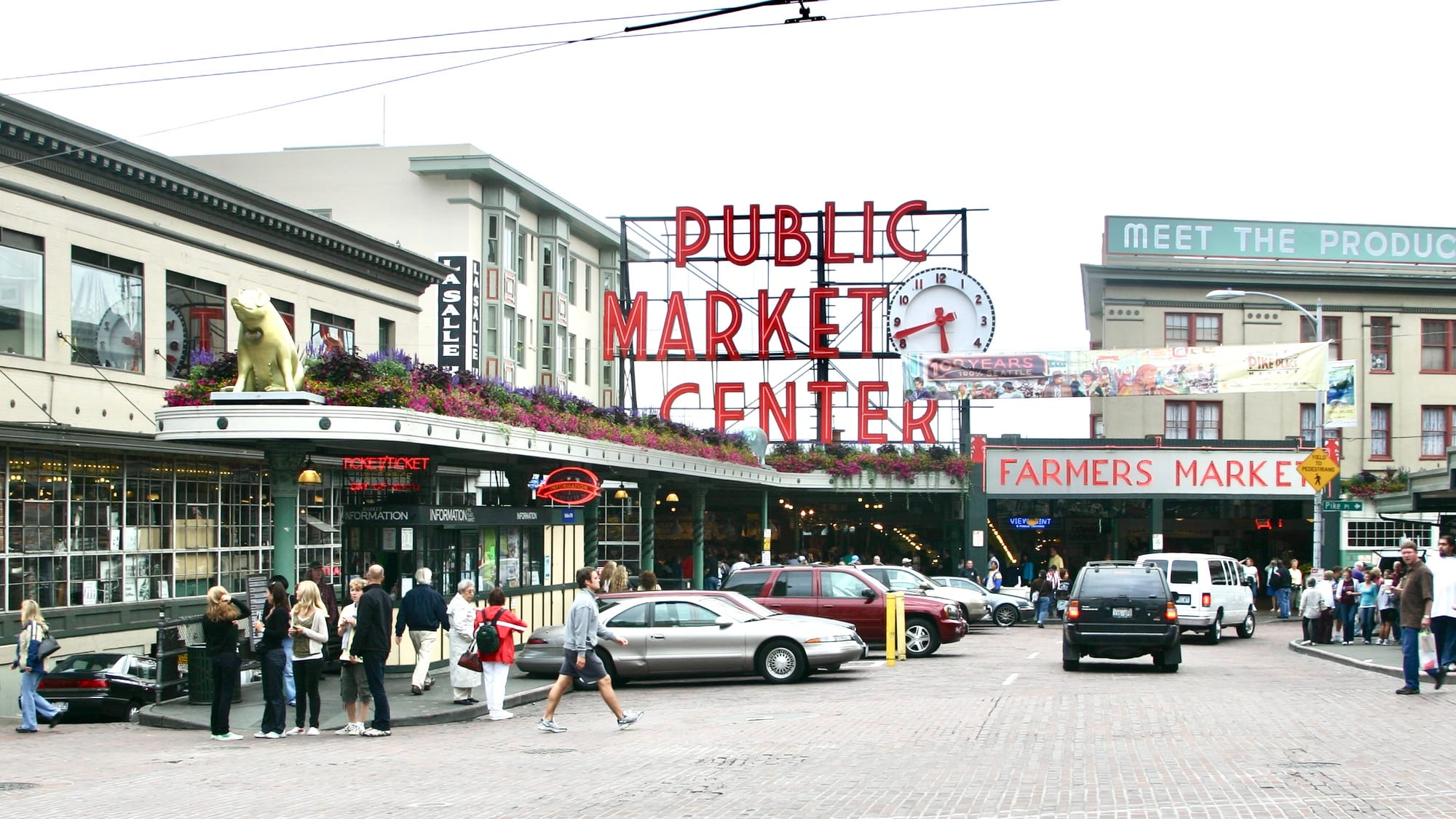
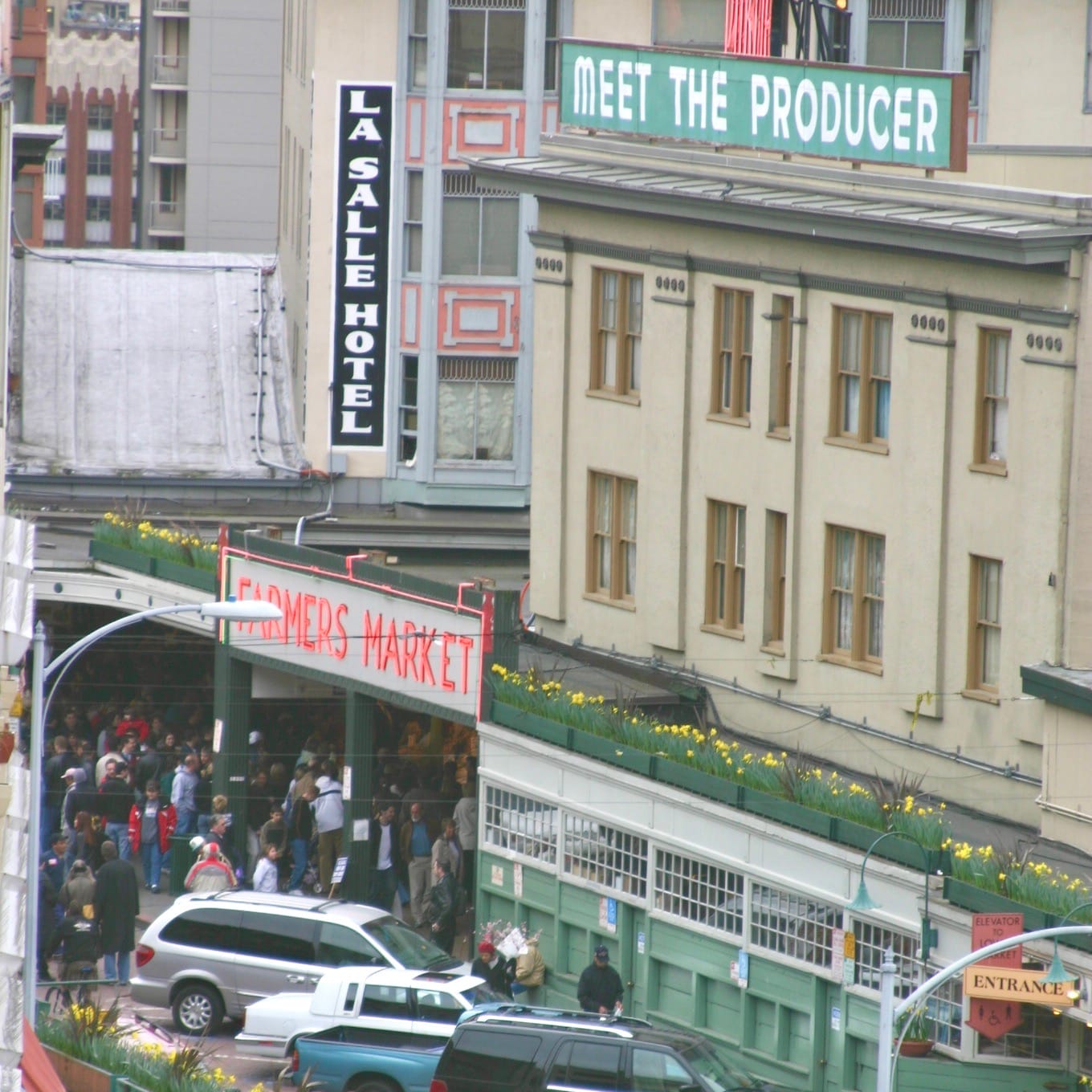
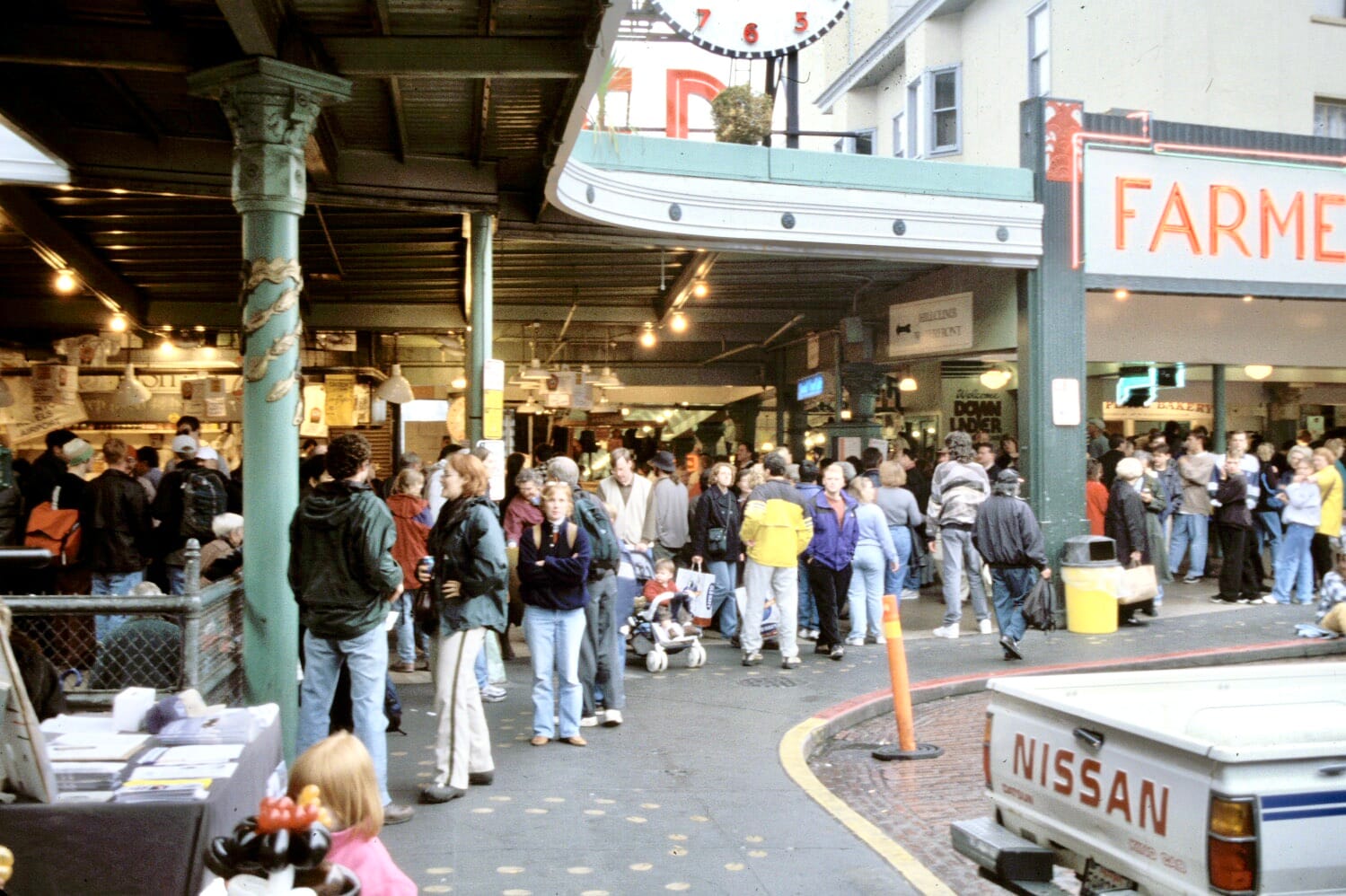
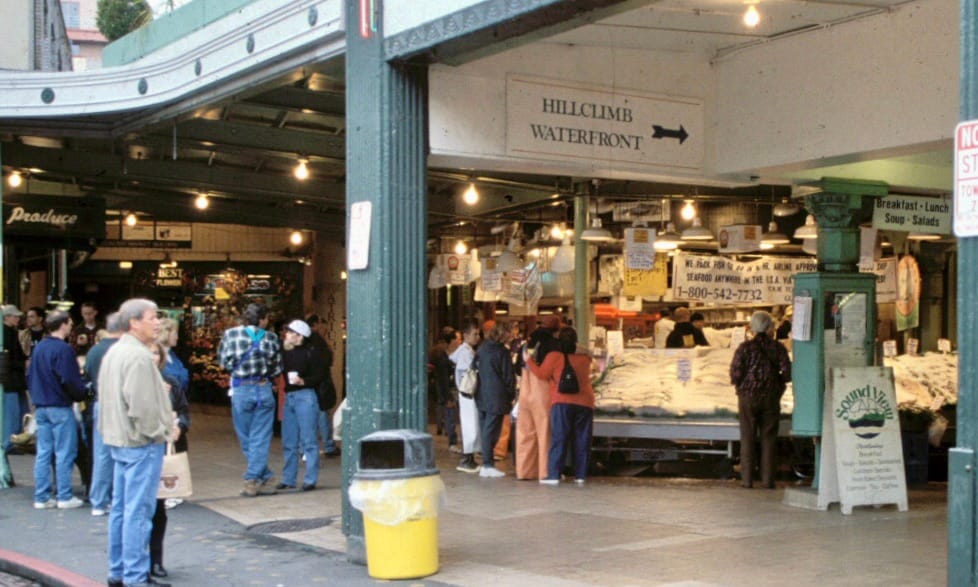
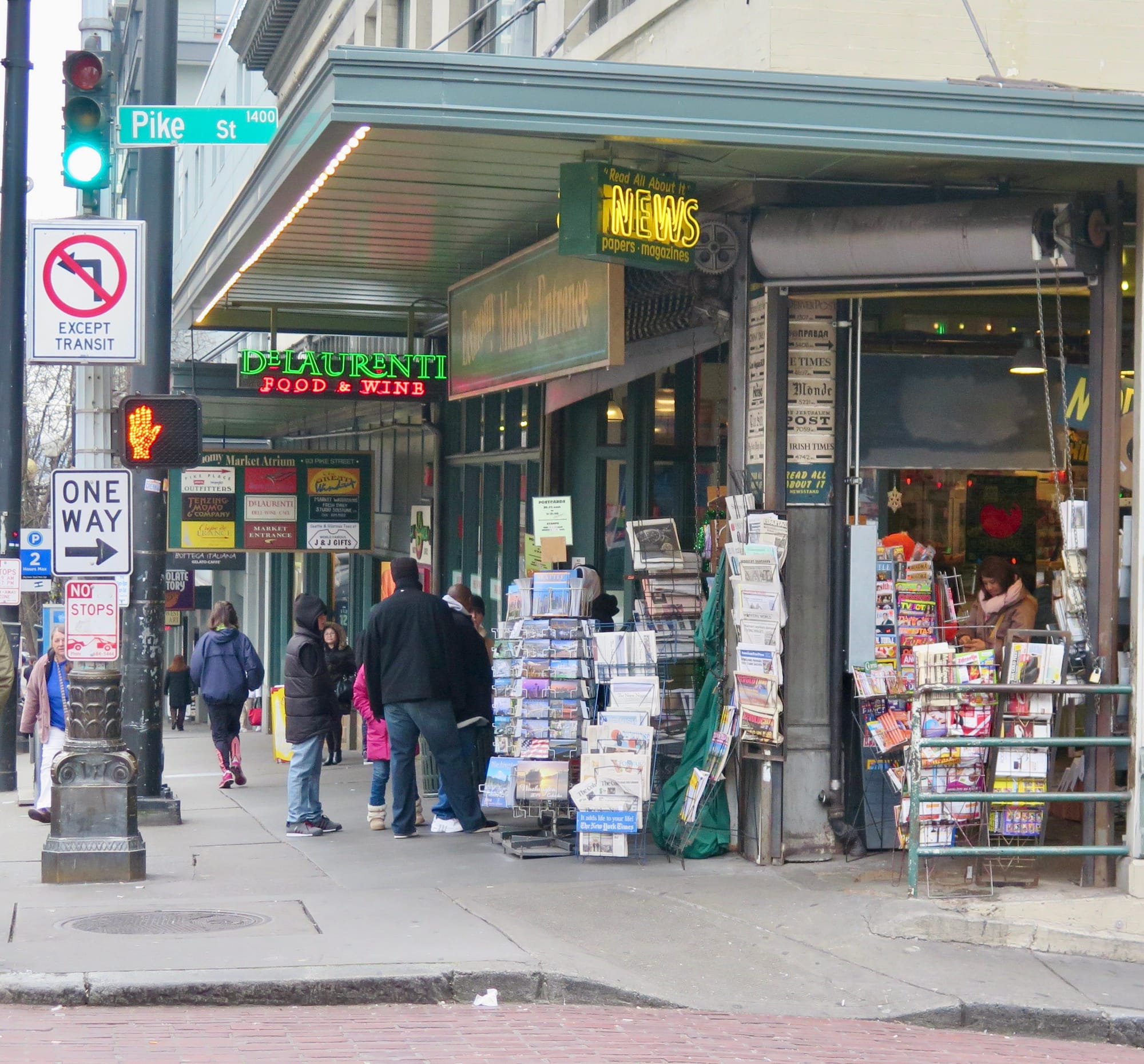
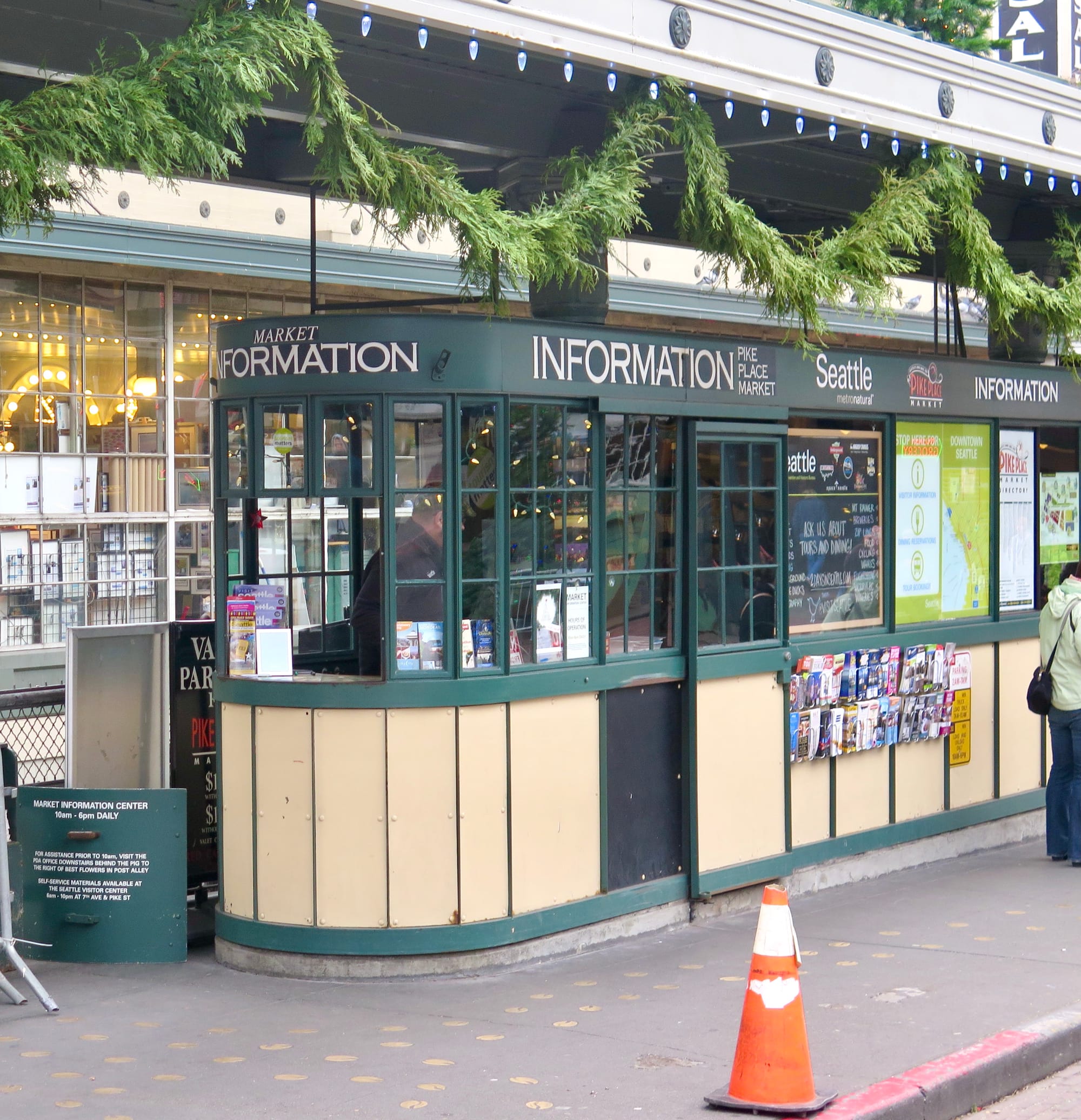
The open and easily accessed edges make Pike Place Market an enticing attraction — people are drawn in by the wares and activity they can see before even entering the space.
Pike Place Street
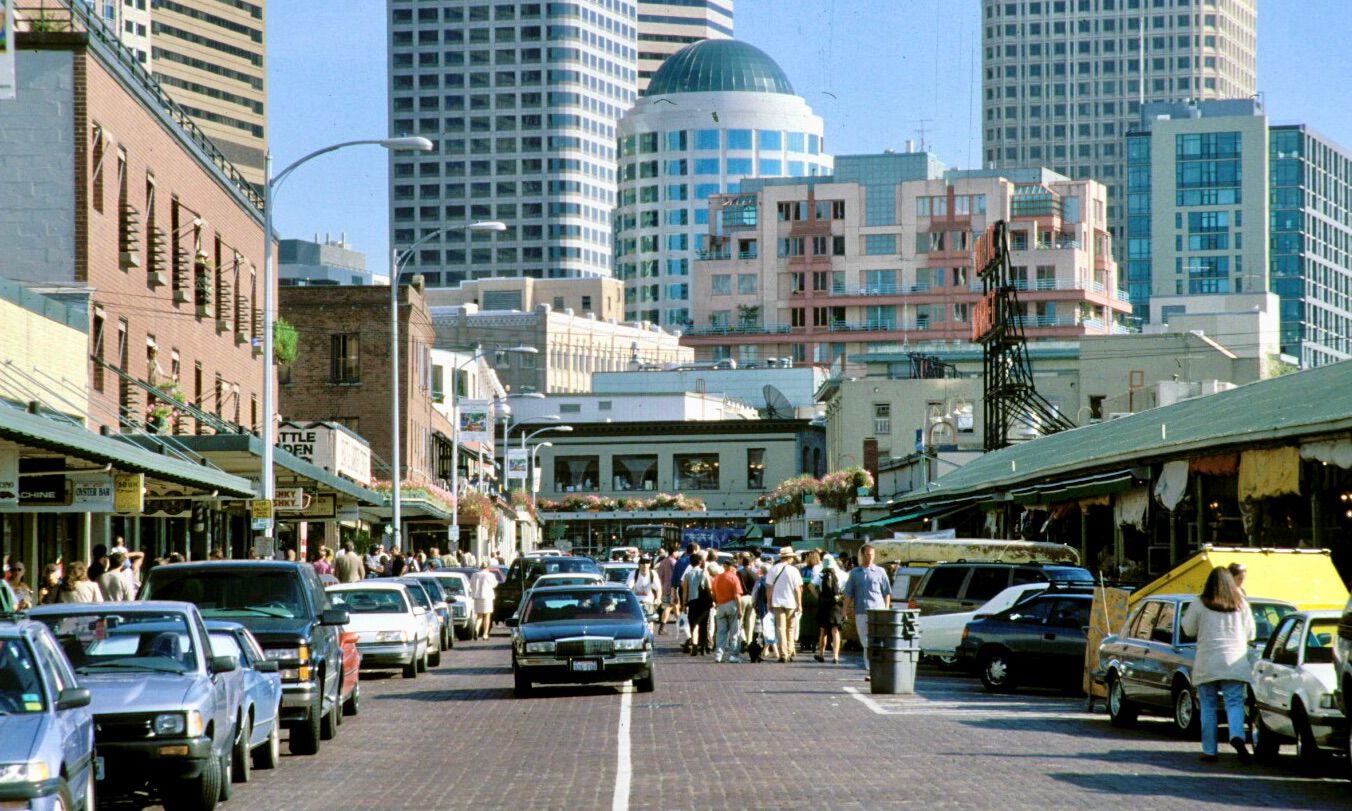
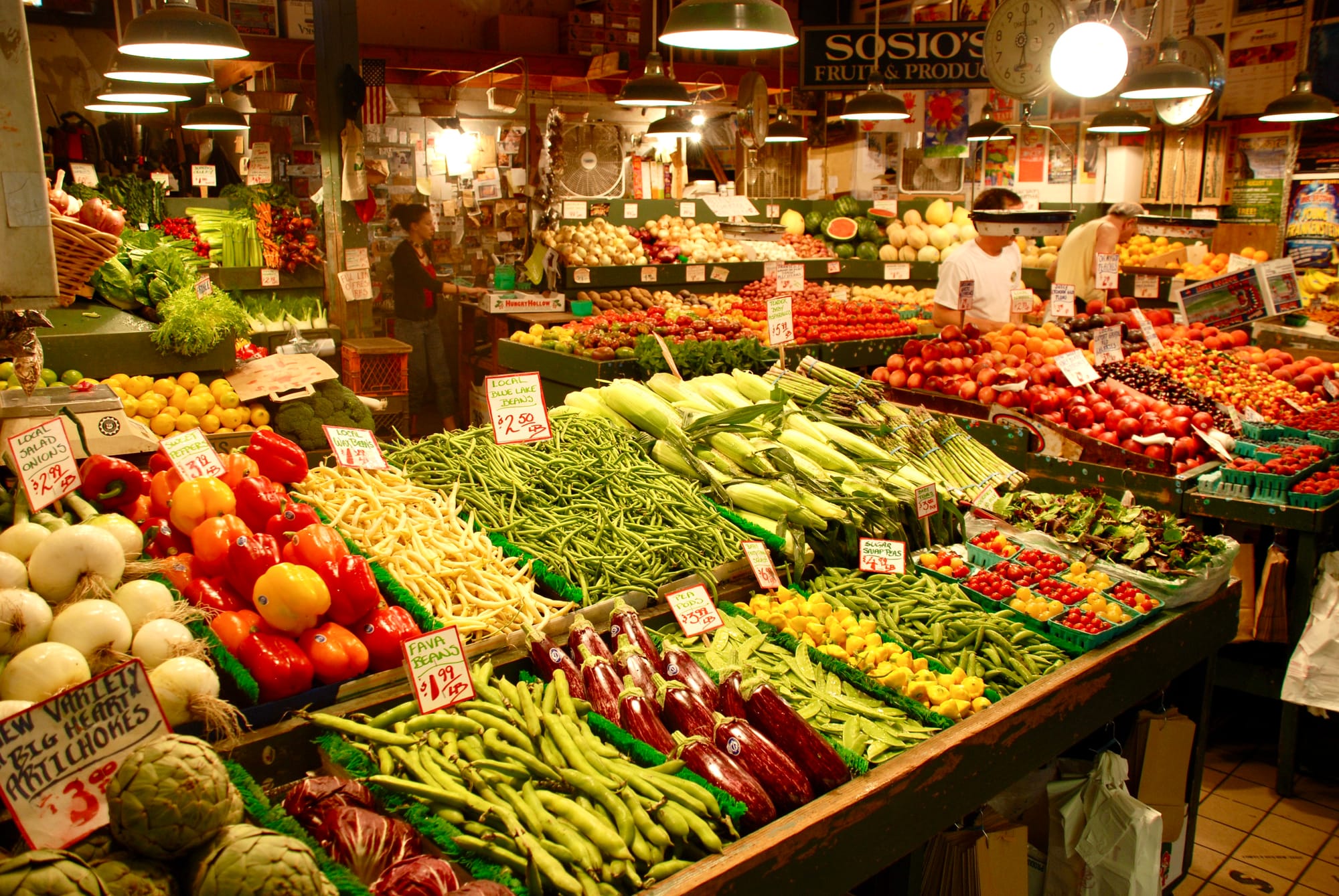
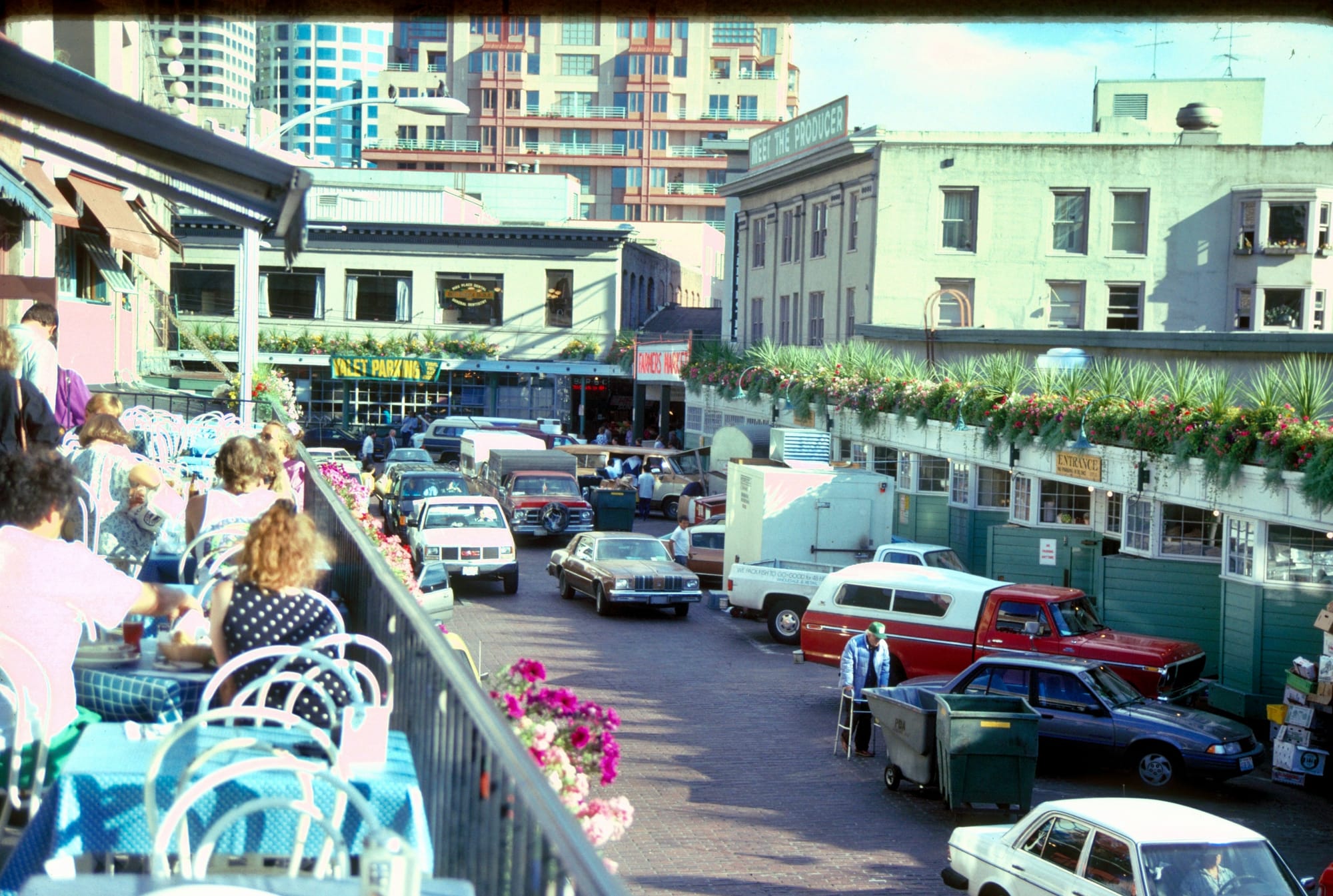

Signs are everywhere to add color and identity, and are used to express festive seasonal sentiments.
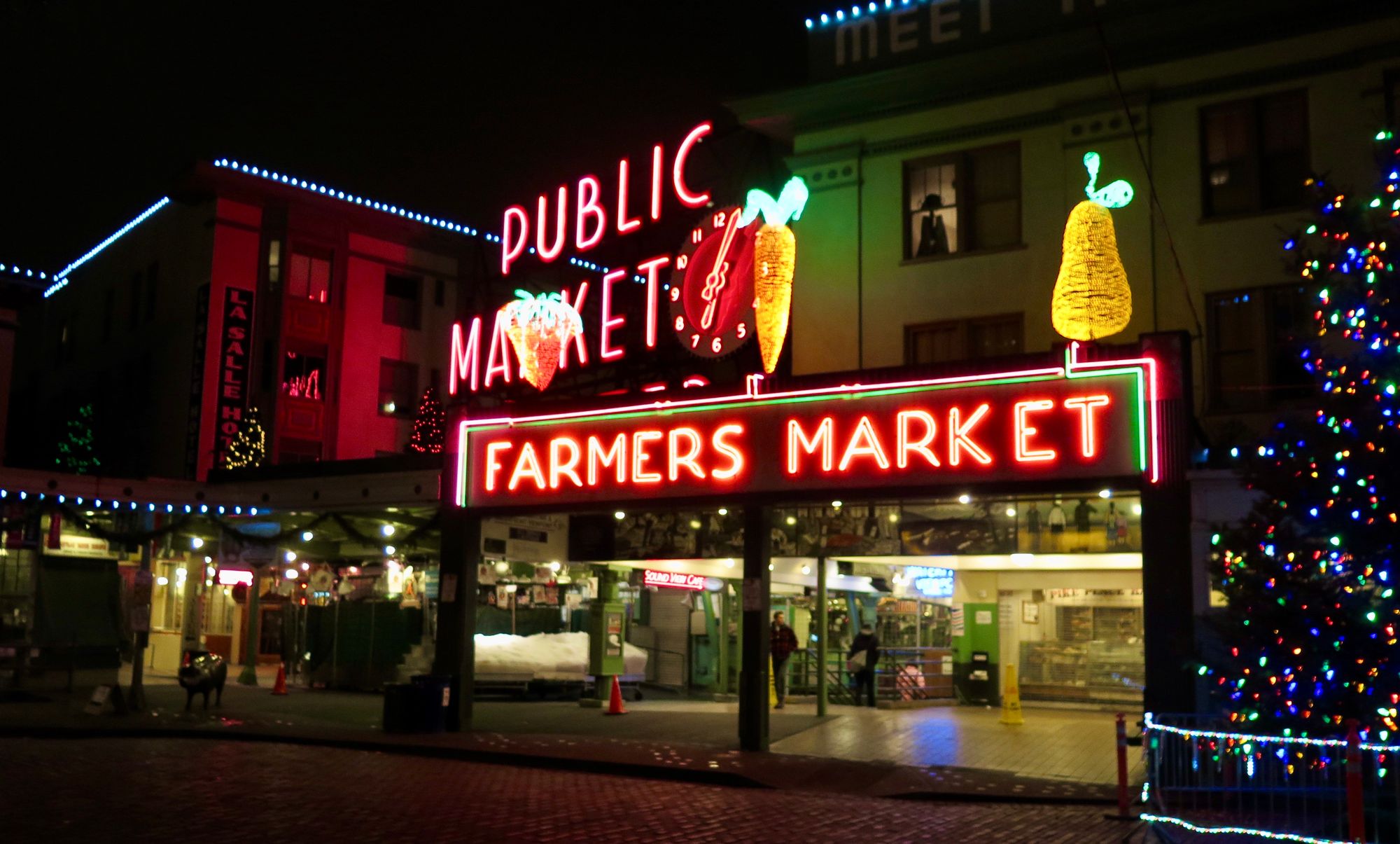
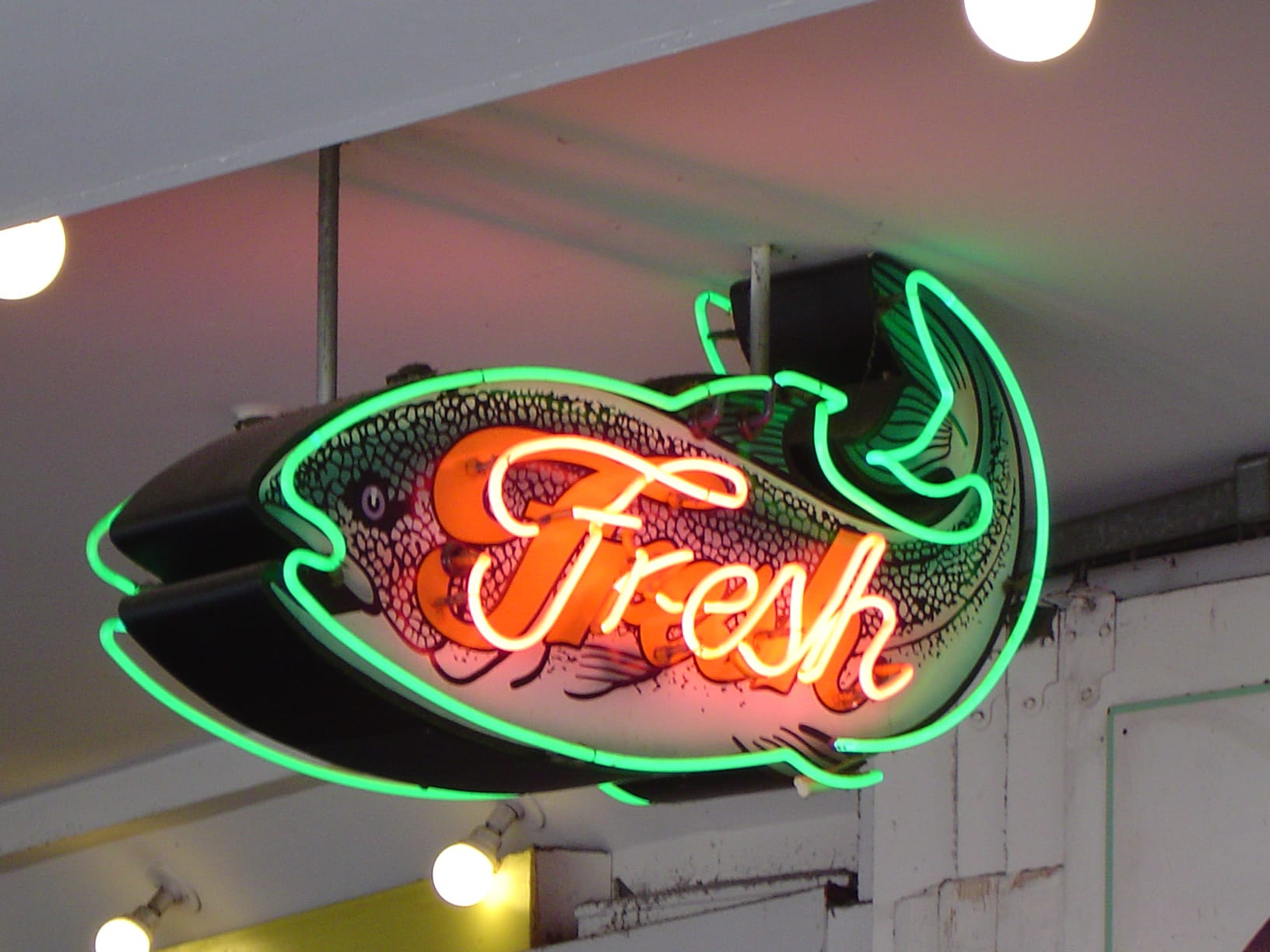
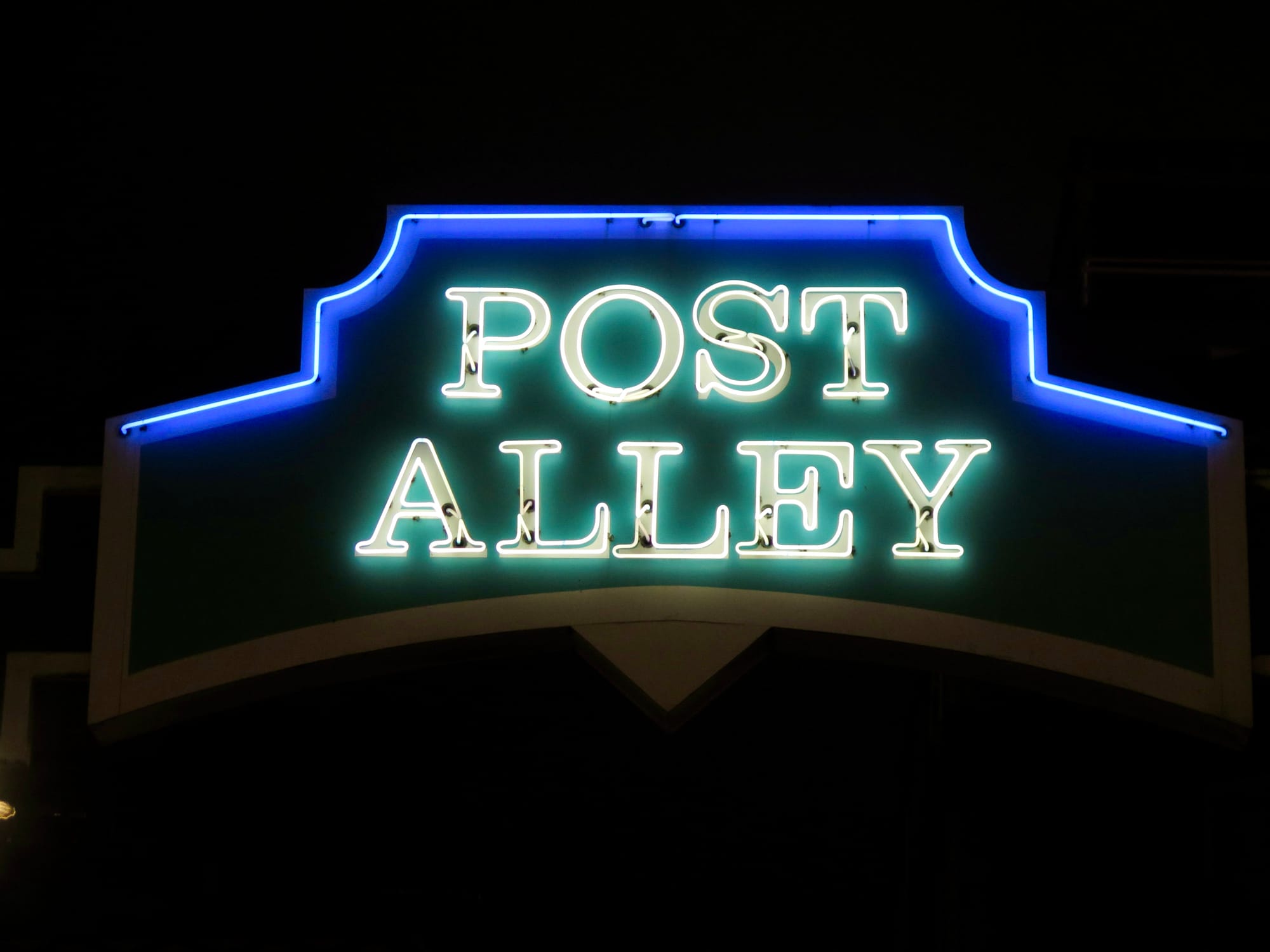
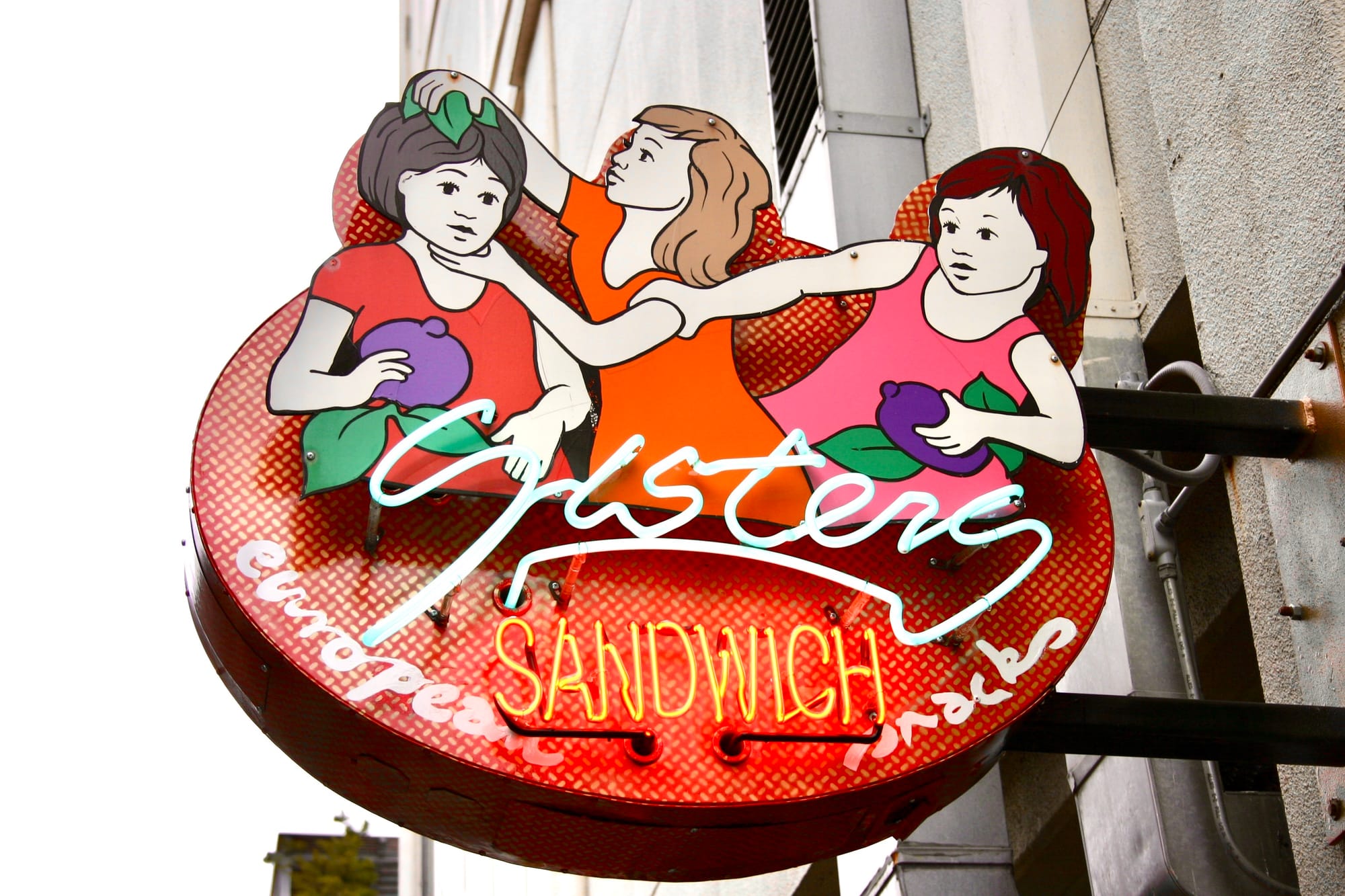

The Main Identifying Image for the Pike Place Market
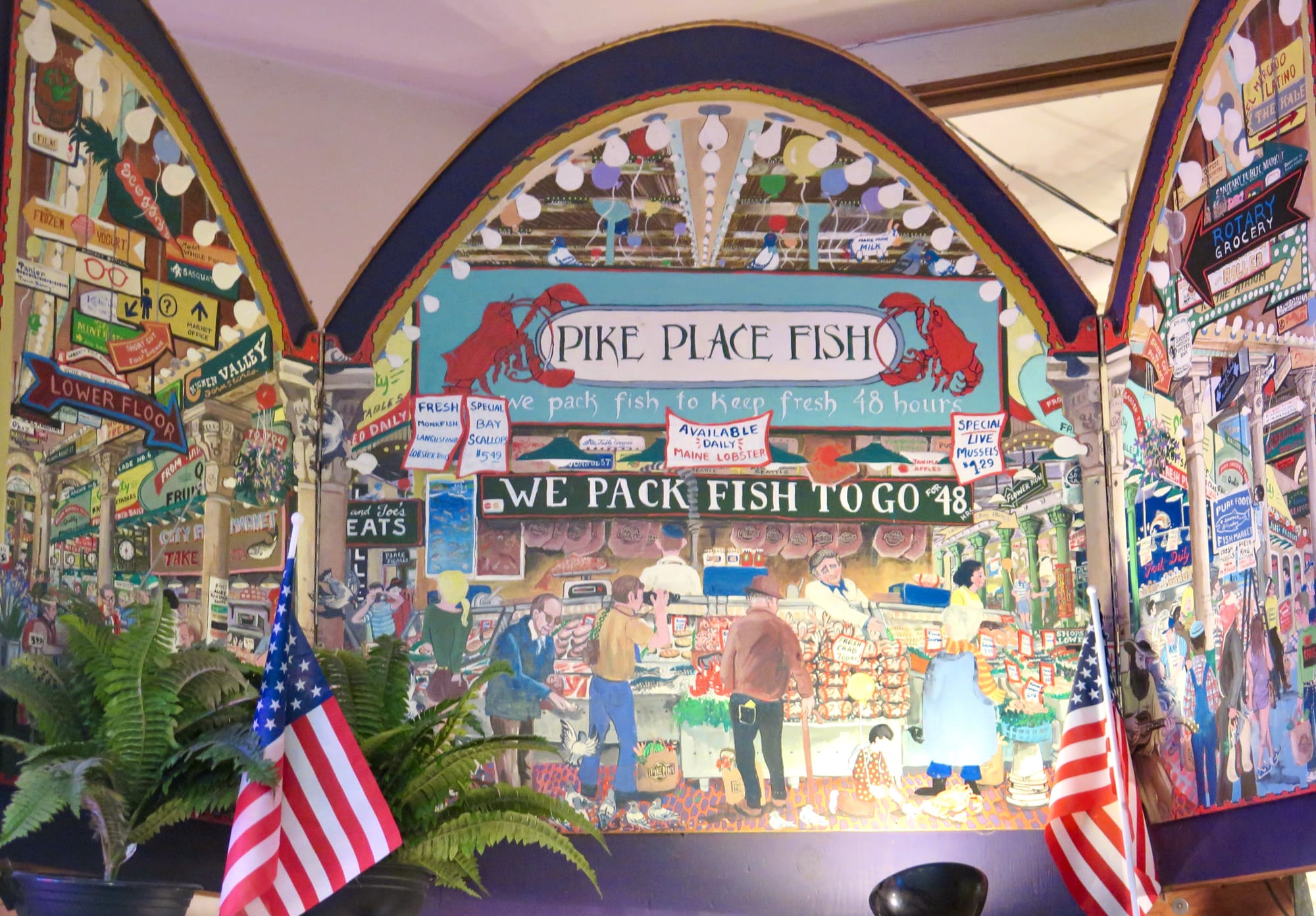
Corridors run through all the market buildings, and on many levels. Shoppers and visitors have easy access to all the products offered as well as places to perch for a moment when they want a rest or to taste something they've purchased.
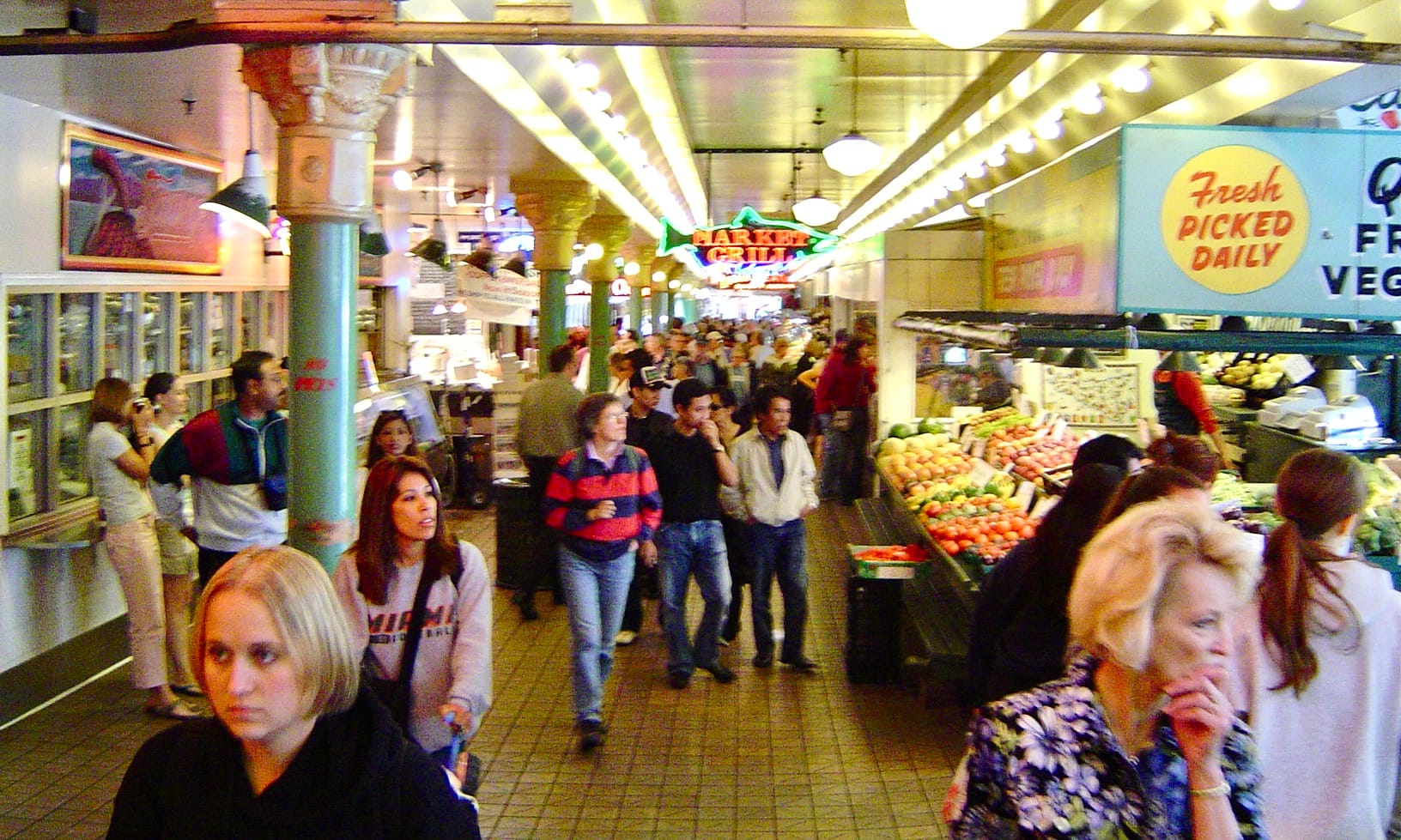
Over time, these corridors and arcades have hosted changing market activities. Traditional fresh food and produce stalls such as the one shown had origins when the Market was the city's only “supermarket.” Over time, less home-cooking, changing retail and increased tourism have led to an introduction of other types of businesses. But the tradition of owner-operators and “Meet the Producer” remains true.
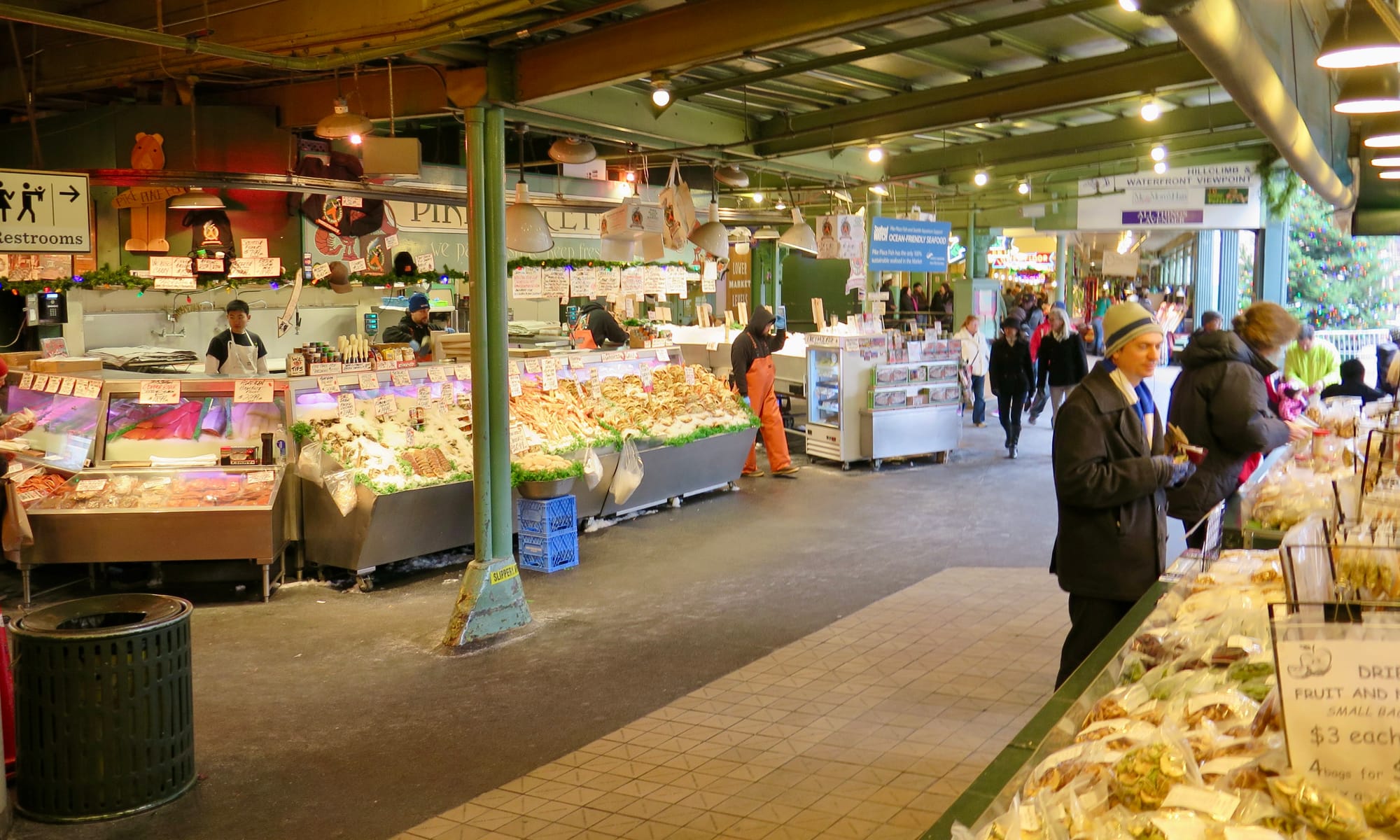
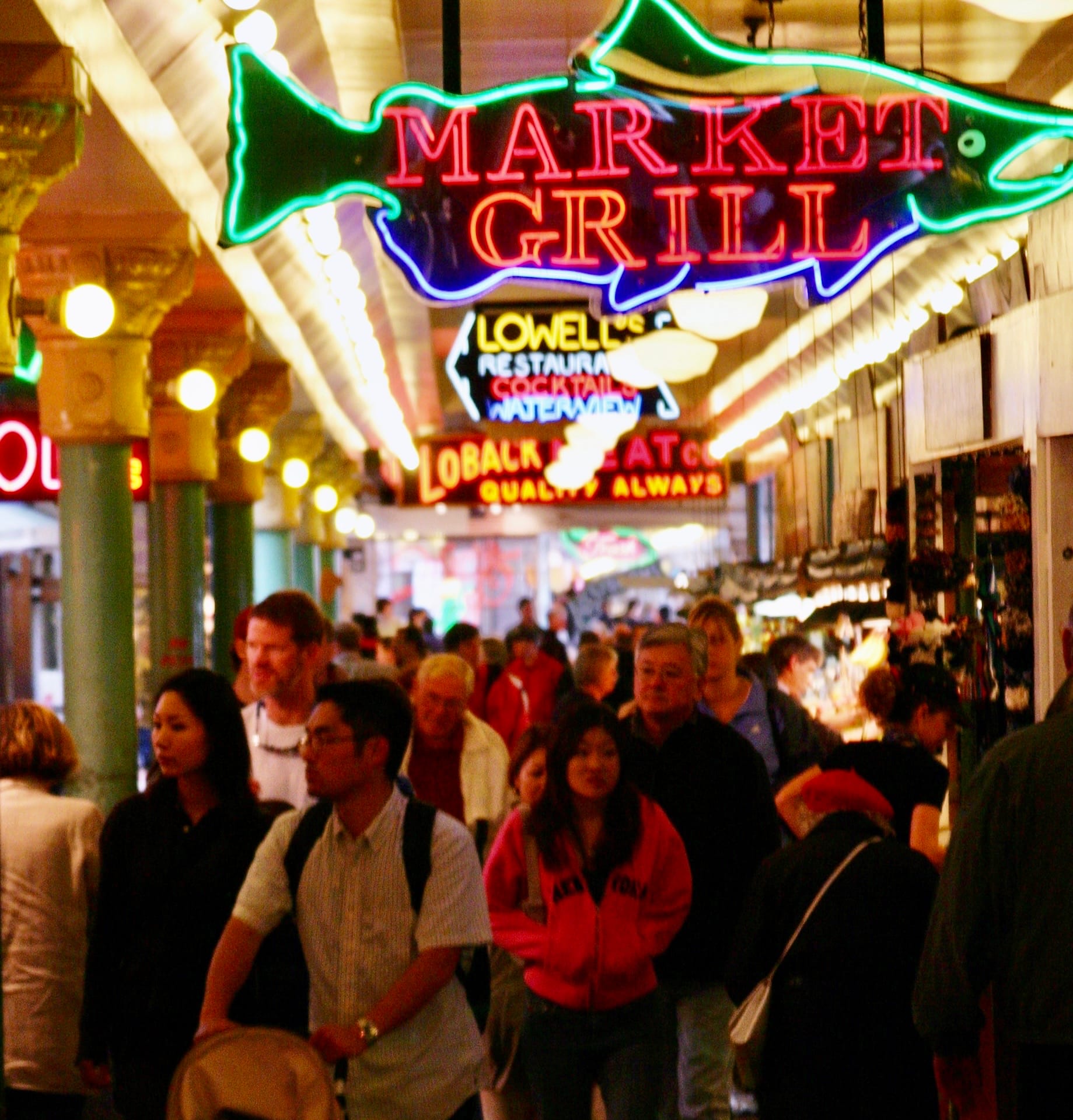
Seafood Stalls
Pike Place Market offers a wonderful variety of goods and all manner of stalls, from compact to expansive. It is especially popular for its fresh seafood nestled in beds of ice. Colorful signage and paintings give it a unique look that draws people in and keeps them exploring.
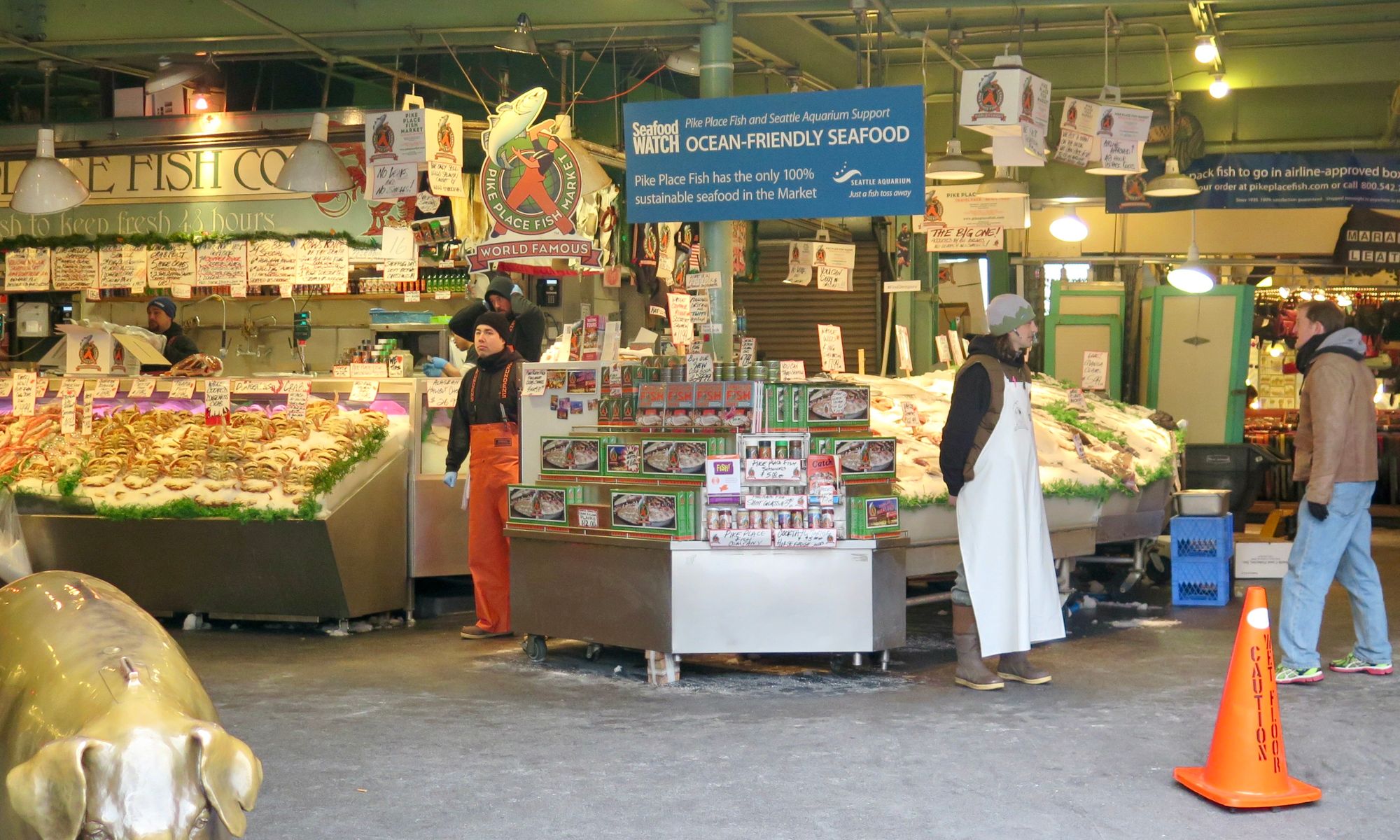
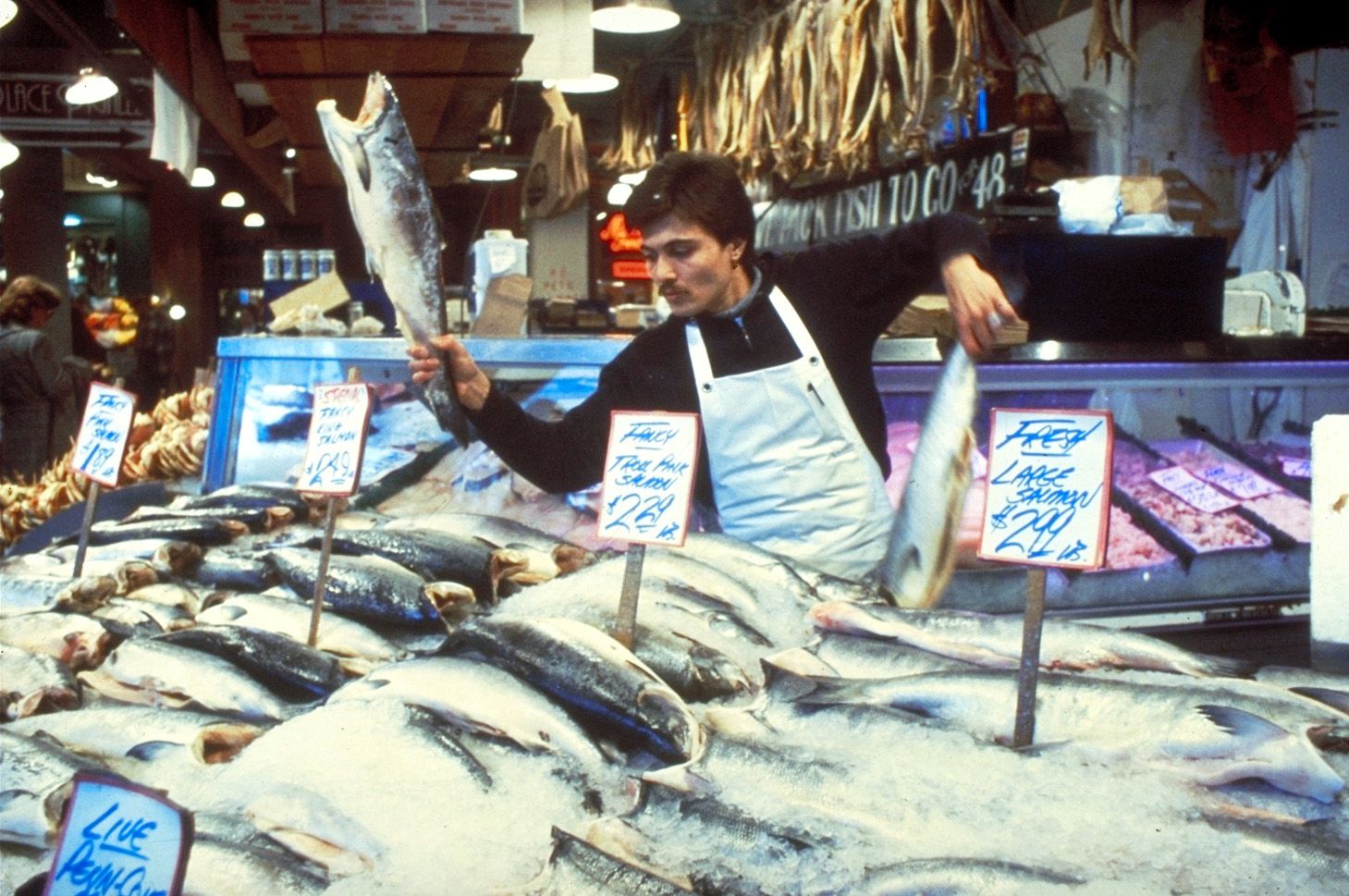
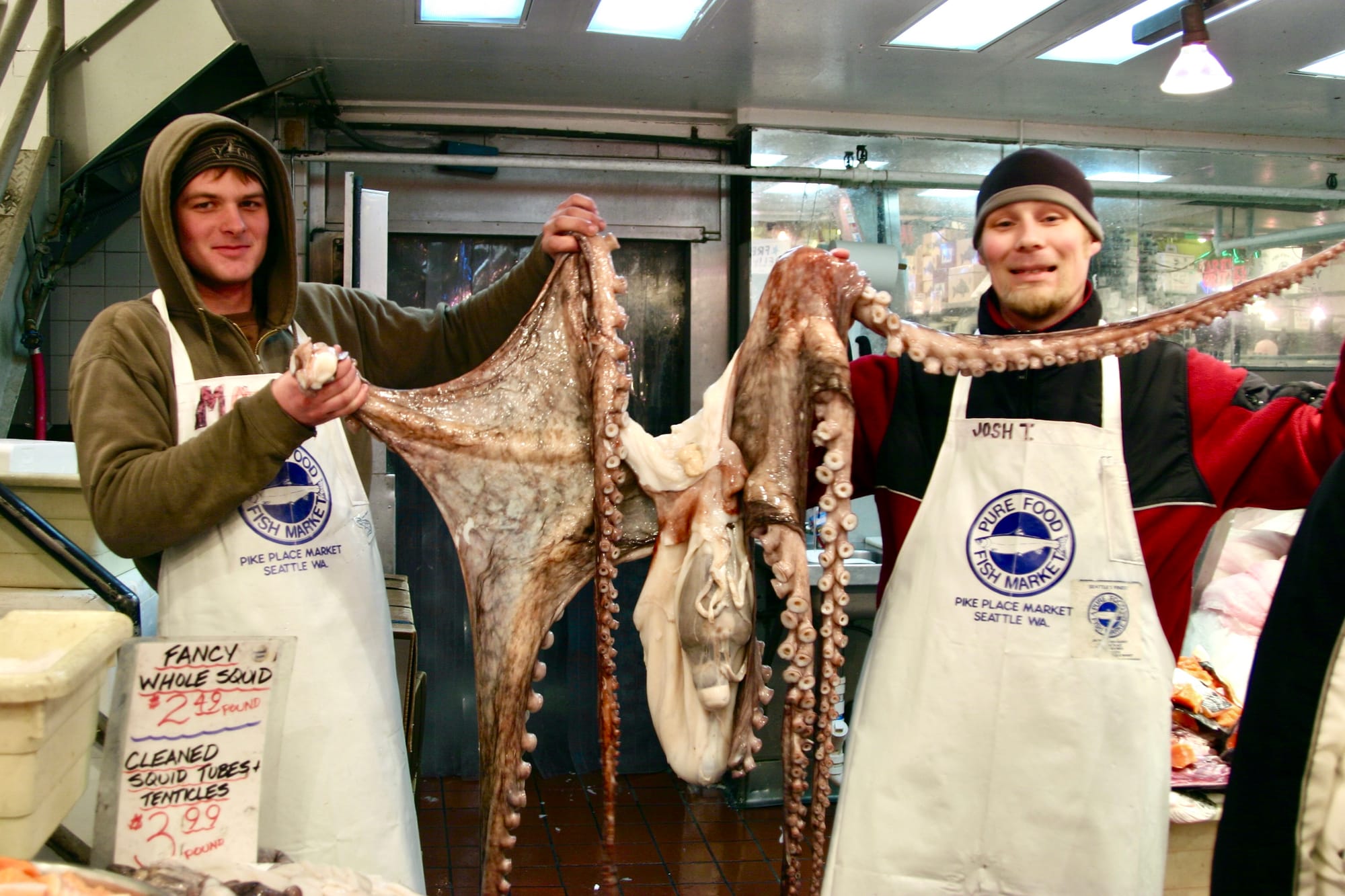
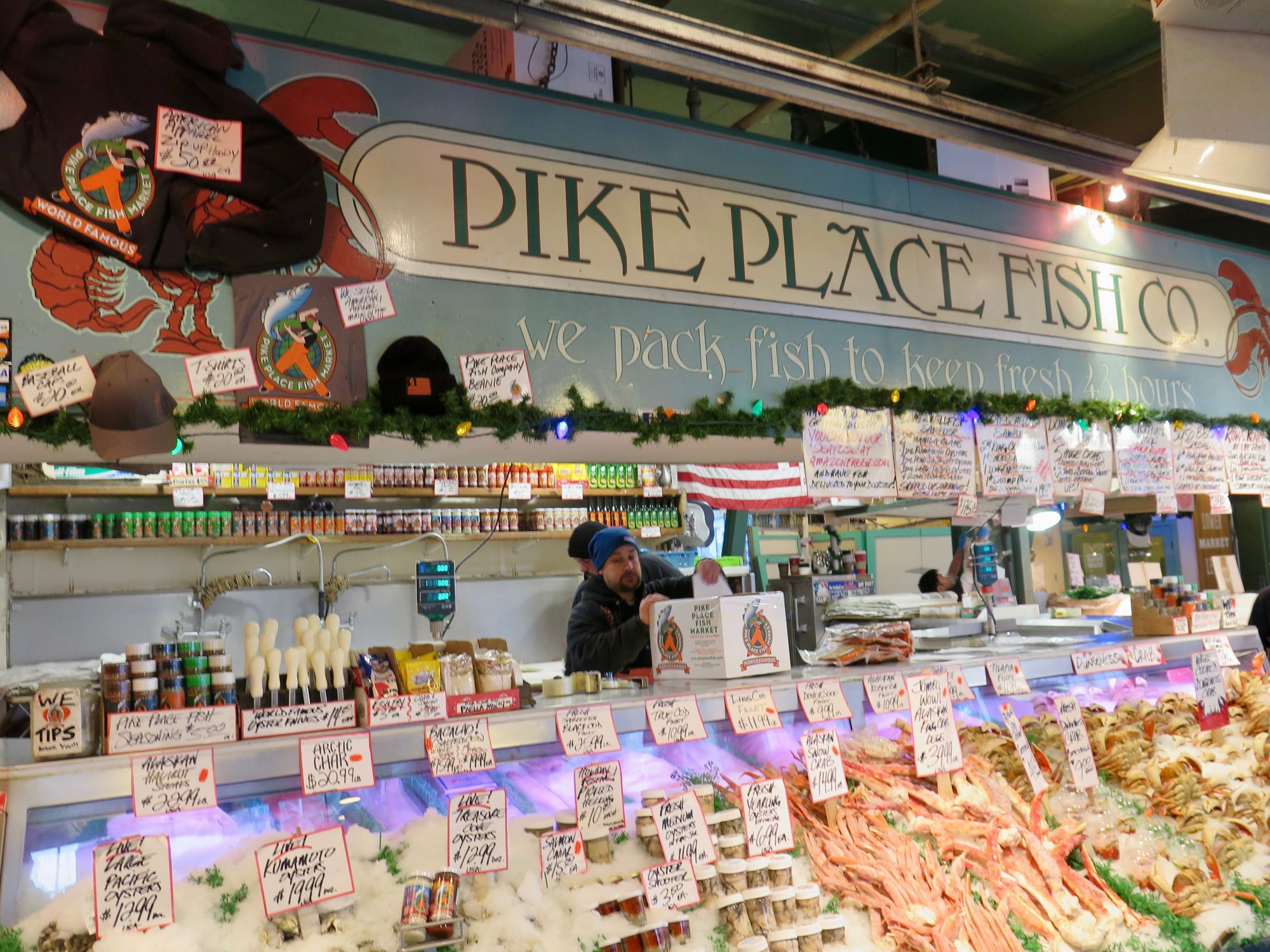
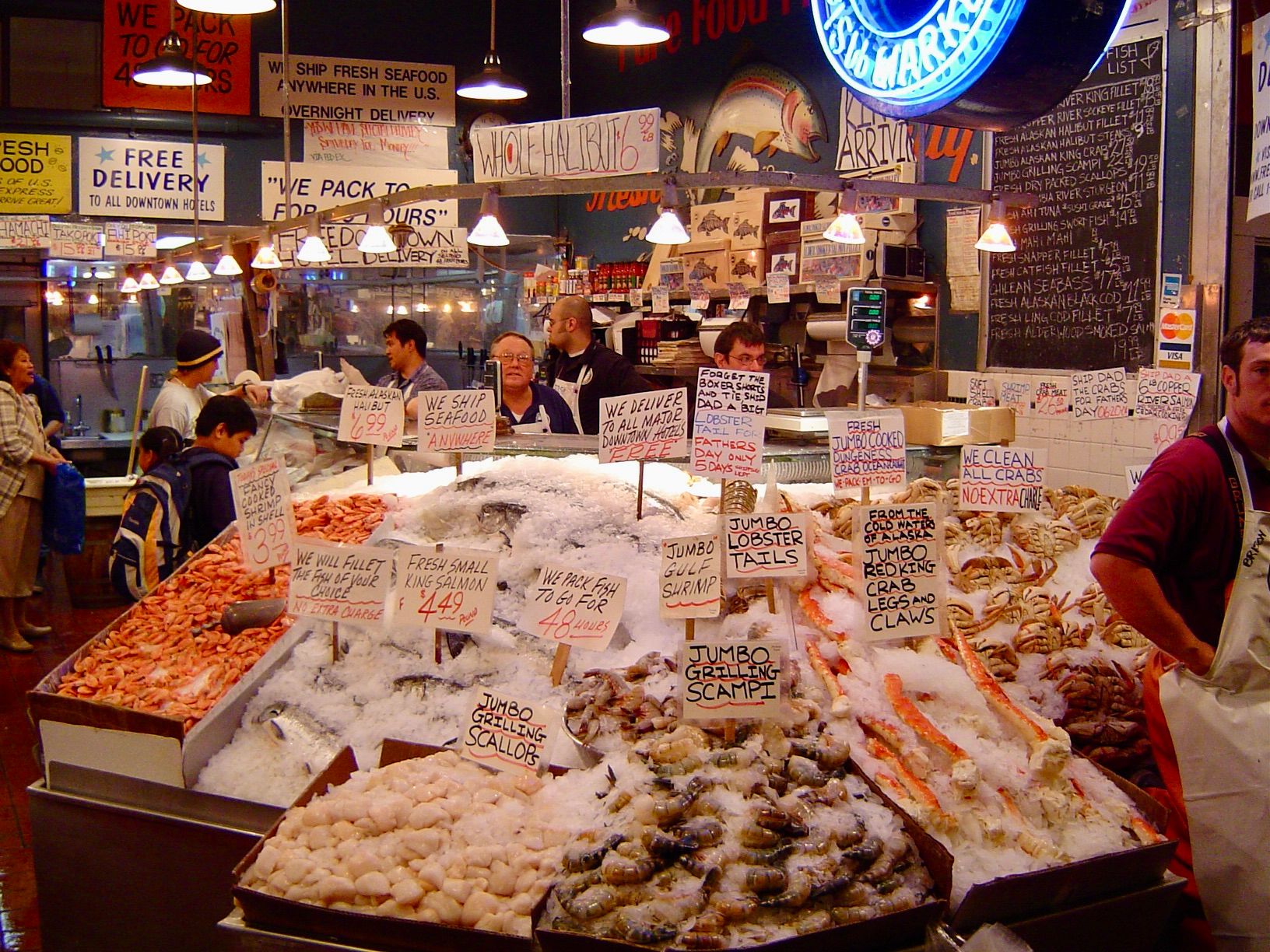

Pike Place Fish, shown here, has been in operation over 70 years. In former times, it carried an overwhelming variety of seafood from around the world. Now, it specializes in Pacific Northwest salmon, crab and shellfish raised by sustainable fisheries. And of course, there's the regular spectacle of “throwing the fish.”
The Main Arcade
The Arcade is part of the original market structures, designed to accommodate farmers with easy set up, tables, cover and water. Once filled with several hundred local farmers, it is now known for mainly flower vendors and artisan food stalls. The stalls are designed in such a way so as to ensure that Arcade is a destination with many layers of appeal — from the visual to the culinary.
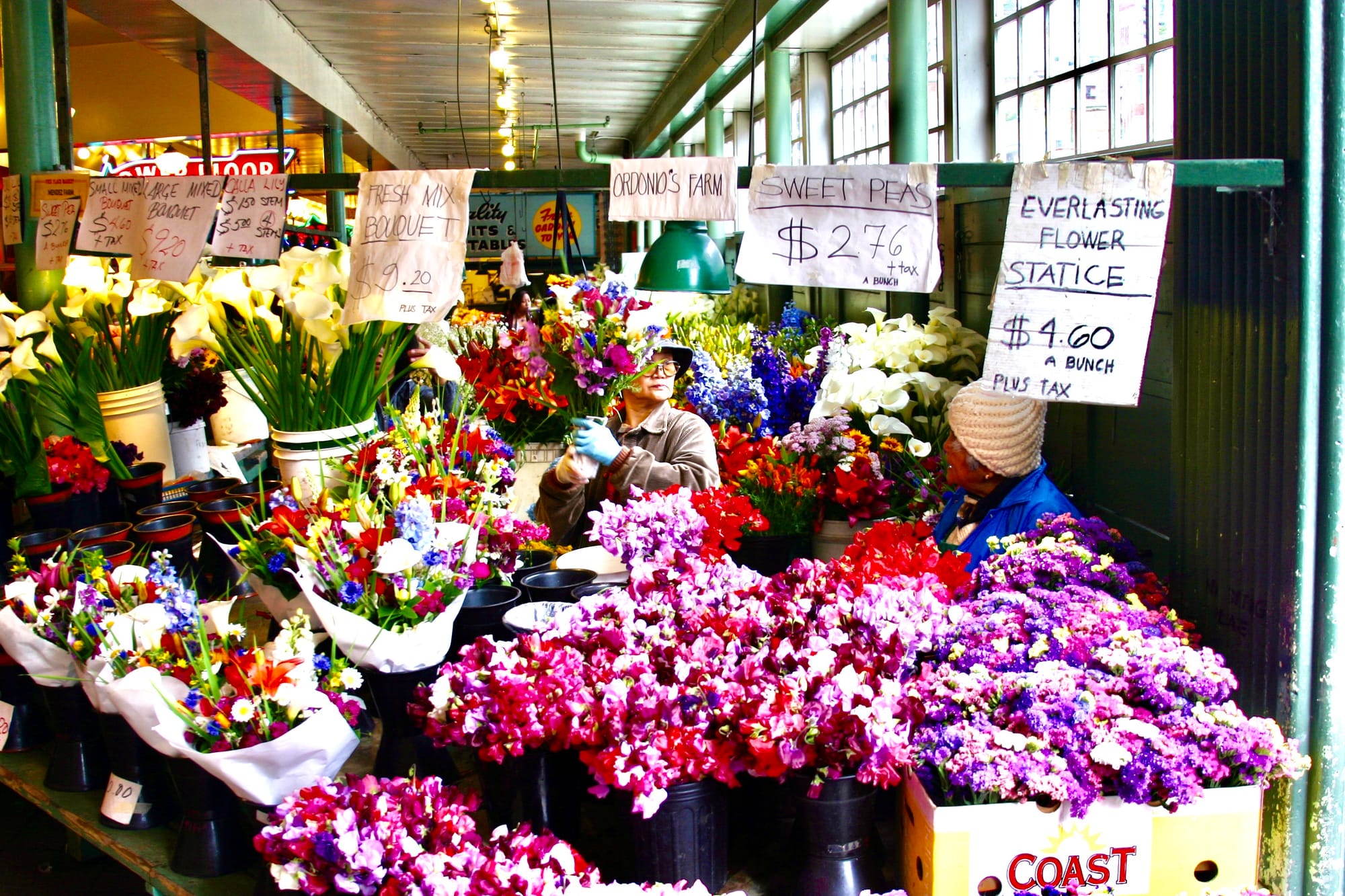
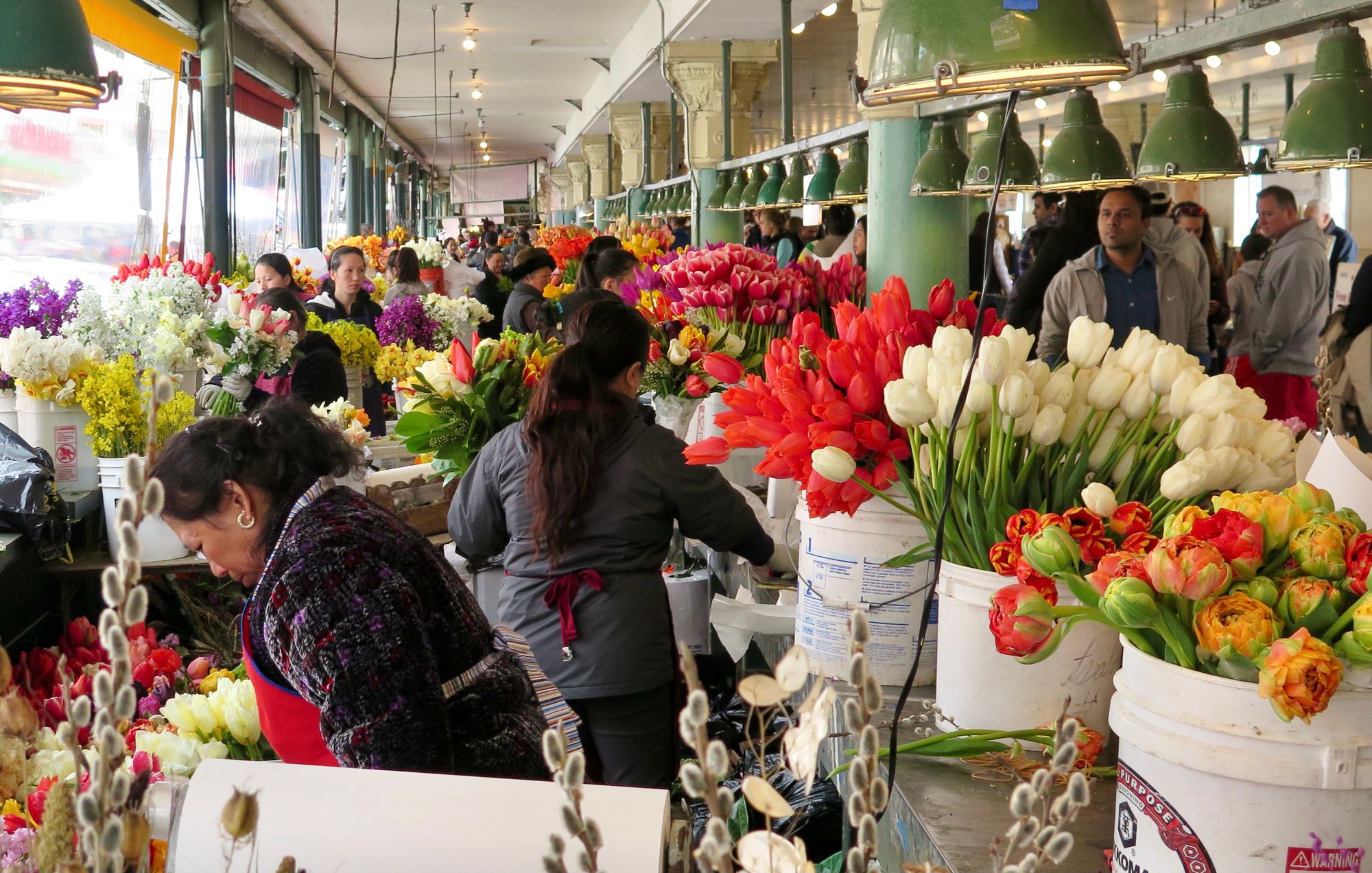
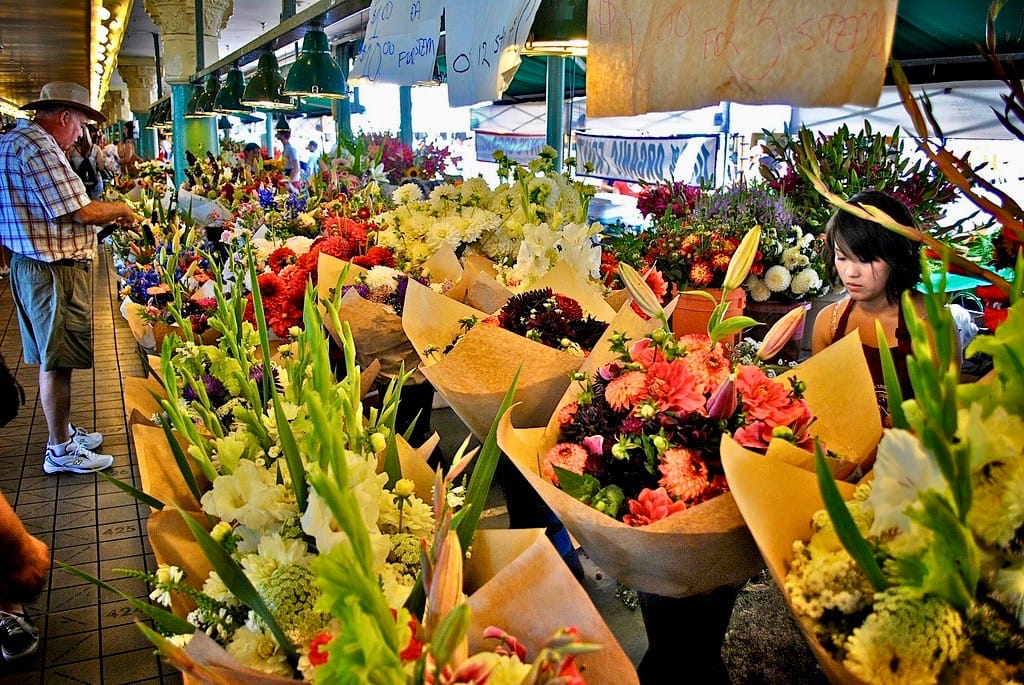
Stalls with baked goods and prepared foods have replaced the produce stalls that used to dominate the Arcade. Produce is sold elsewhere in the market.
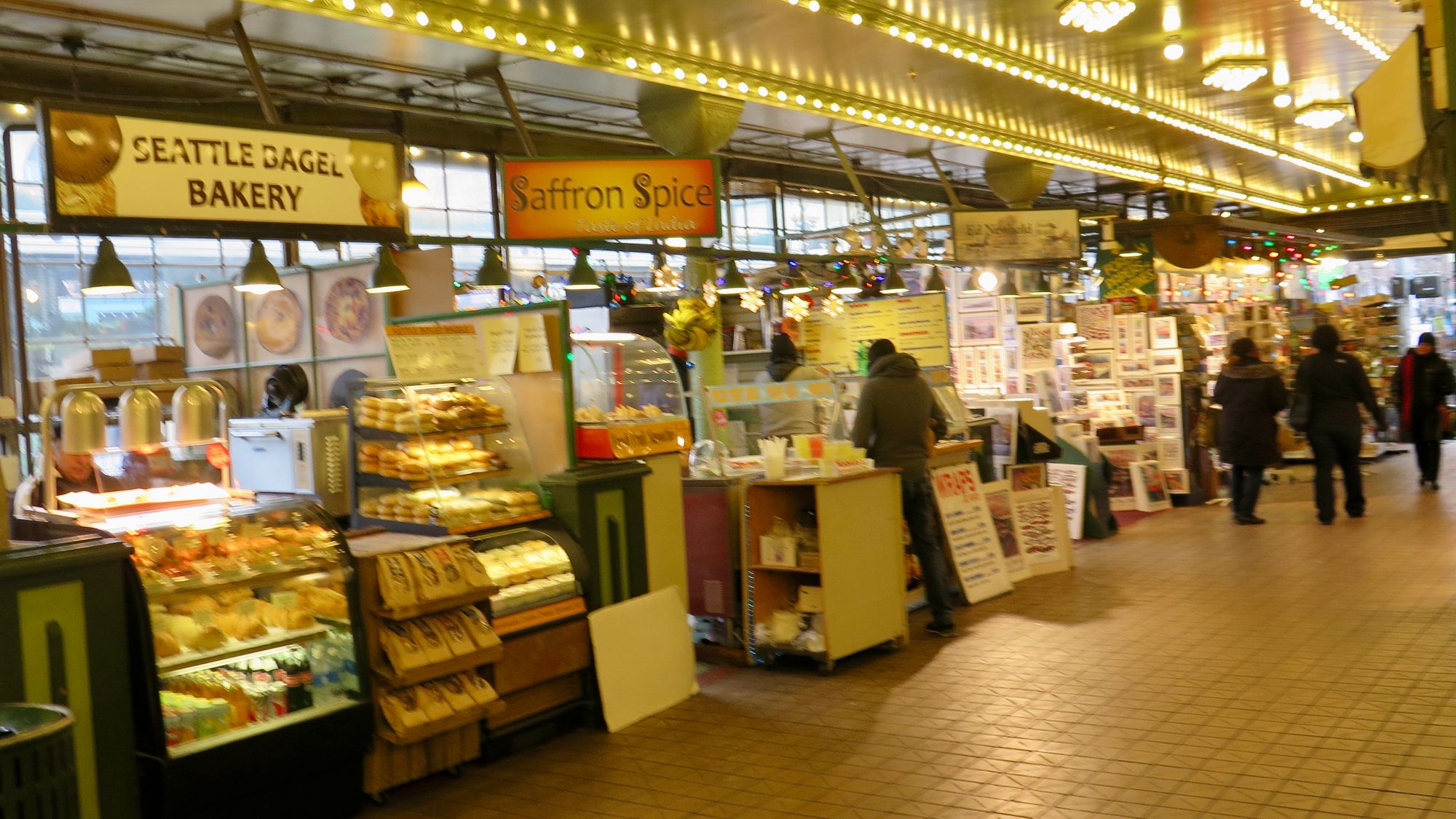
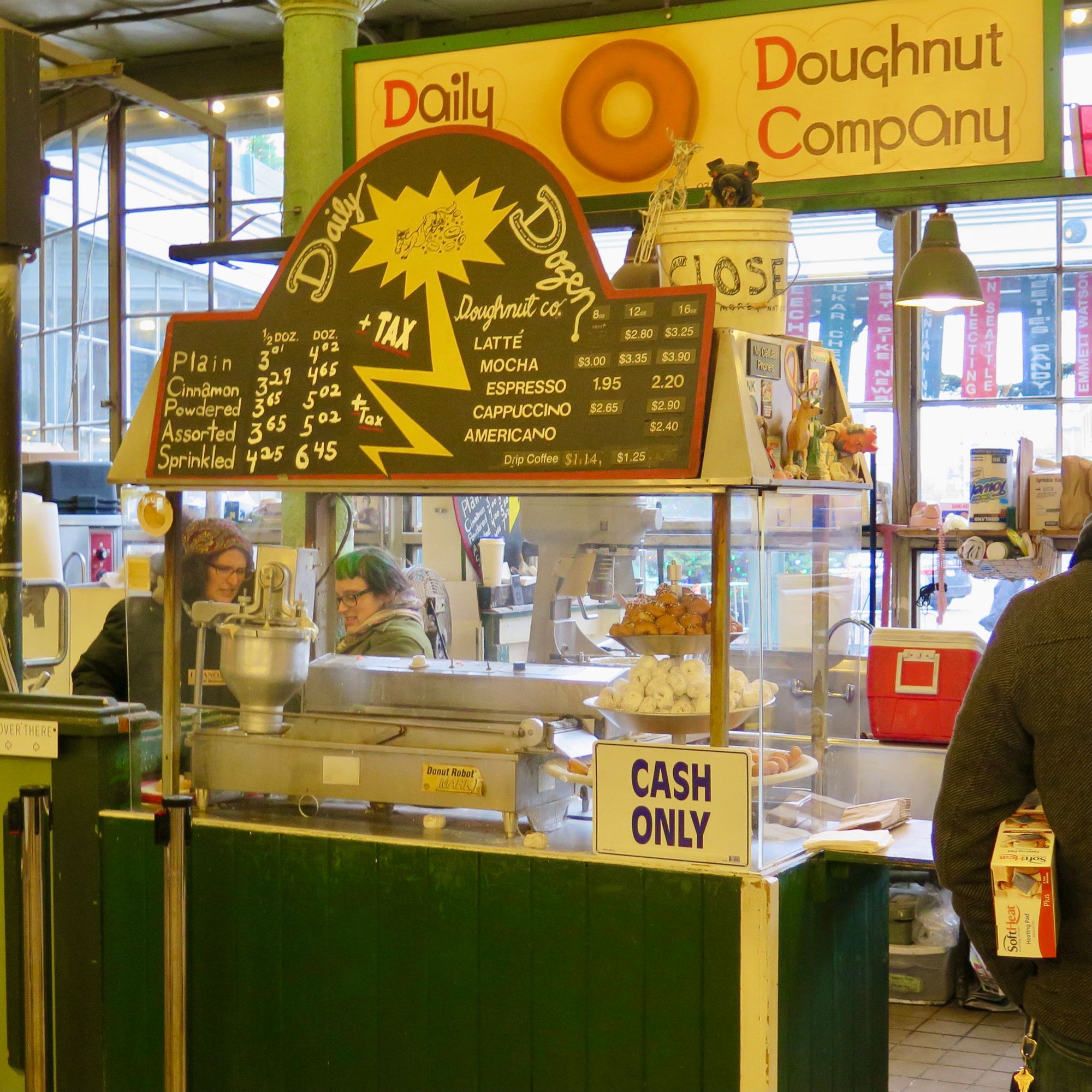
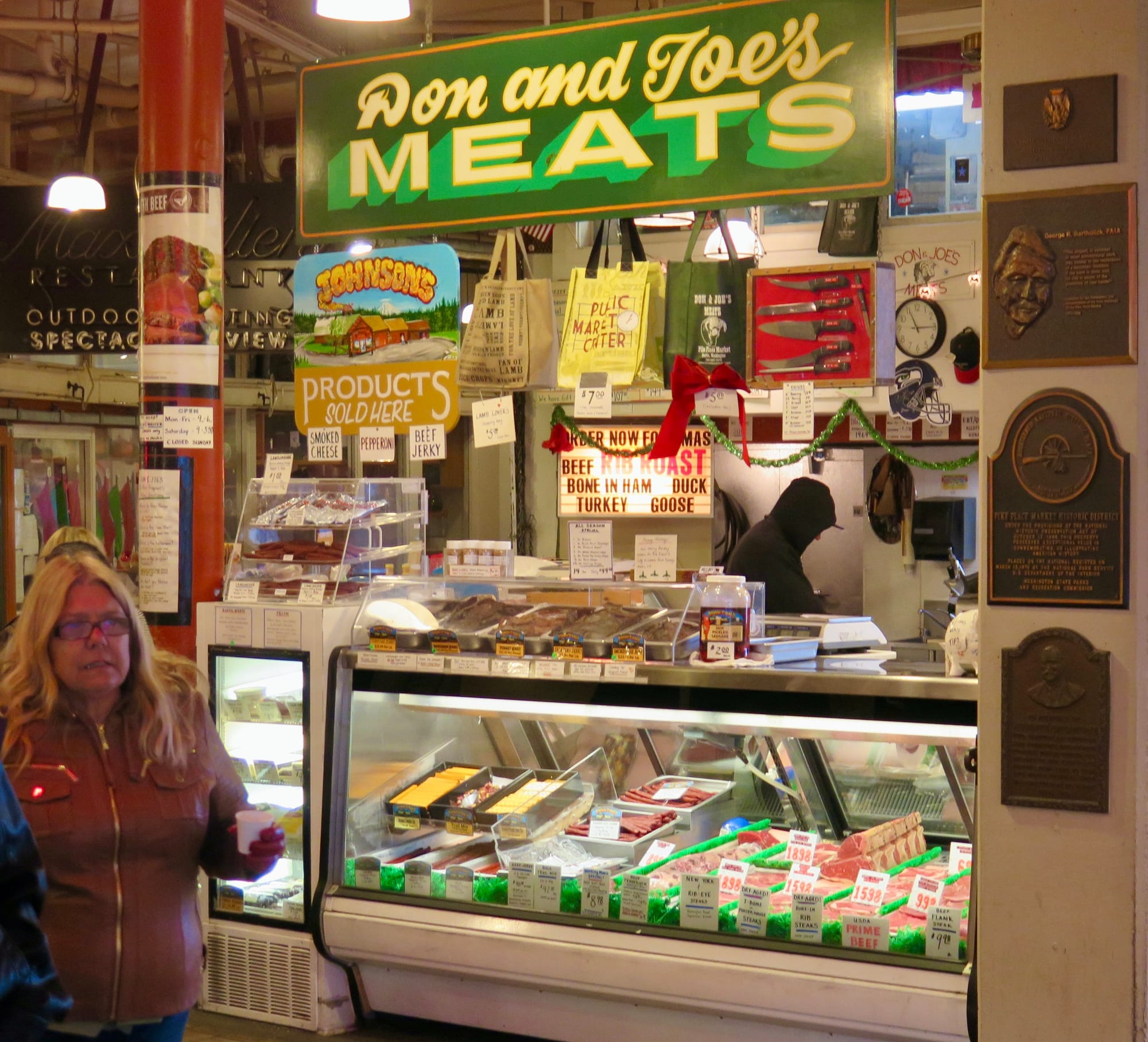
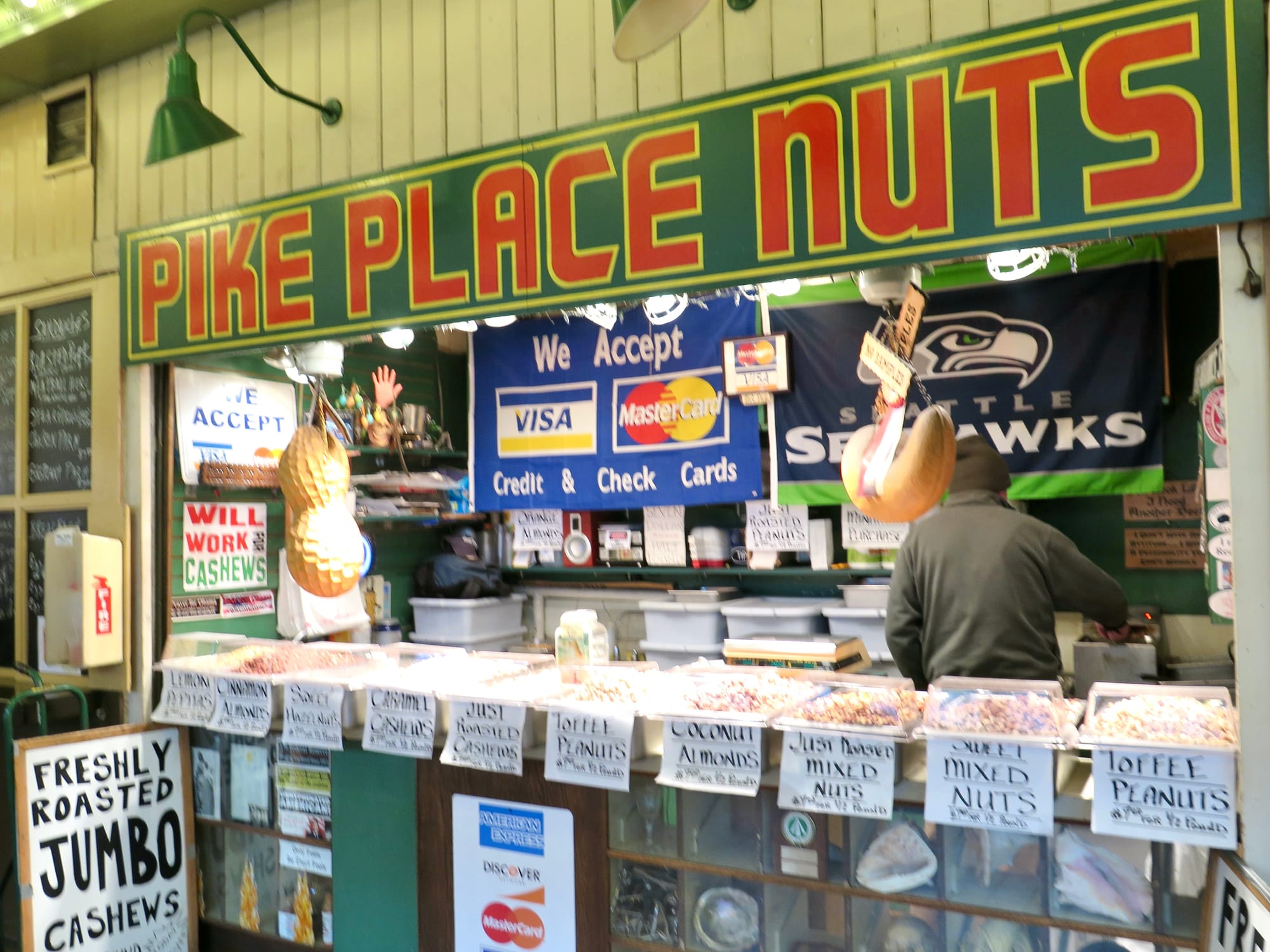
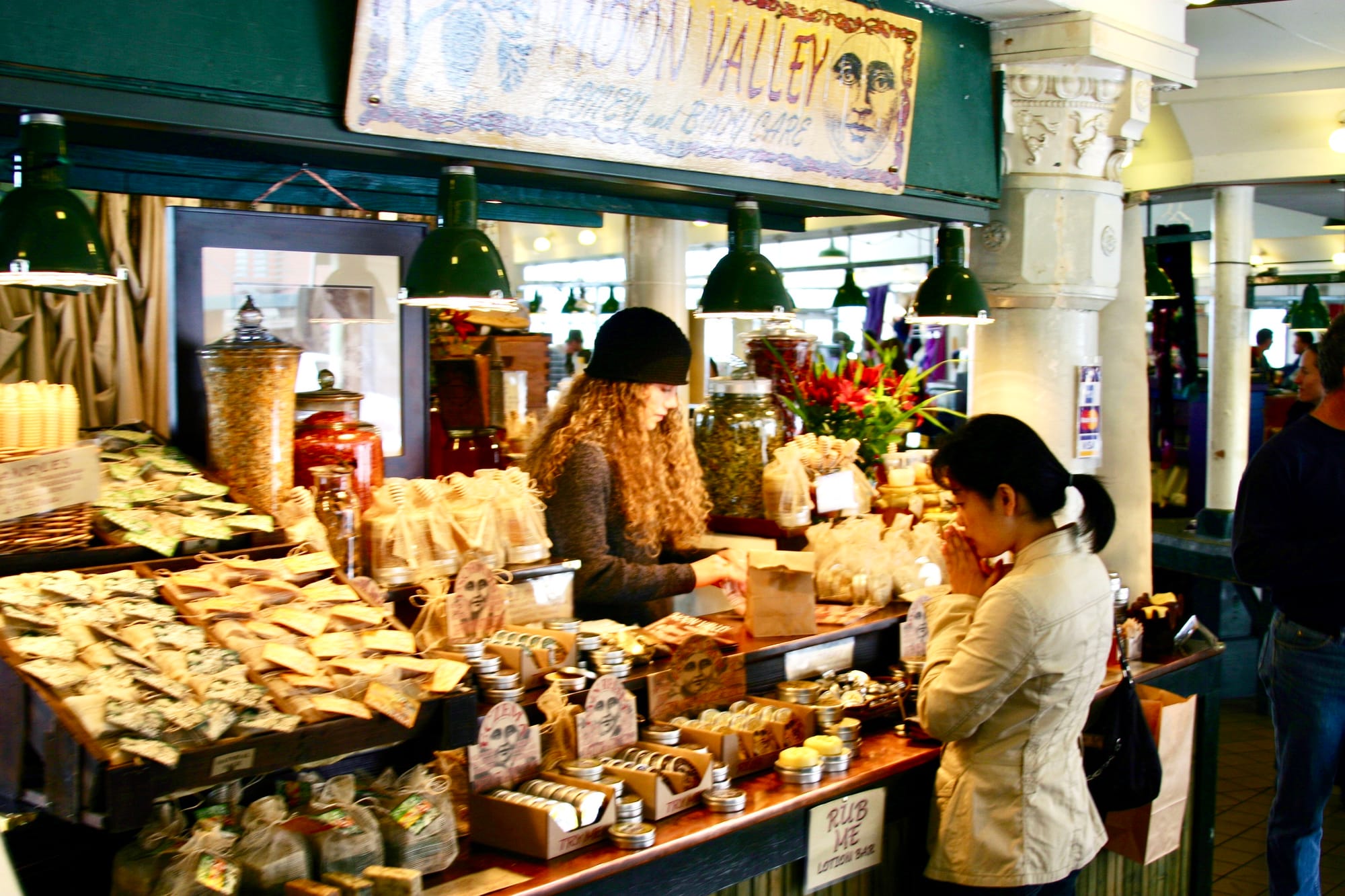
Post Alley
Nearby, Post Alley extends the activity of the market even further, with cafes, sandwich places, and outdoor seating.

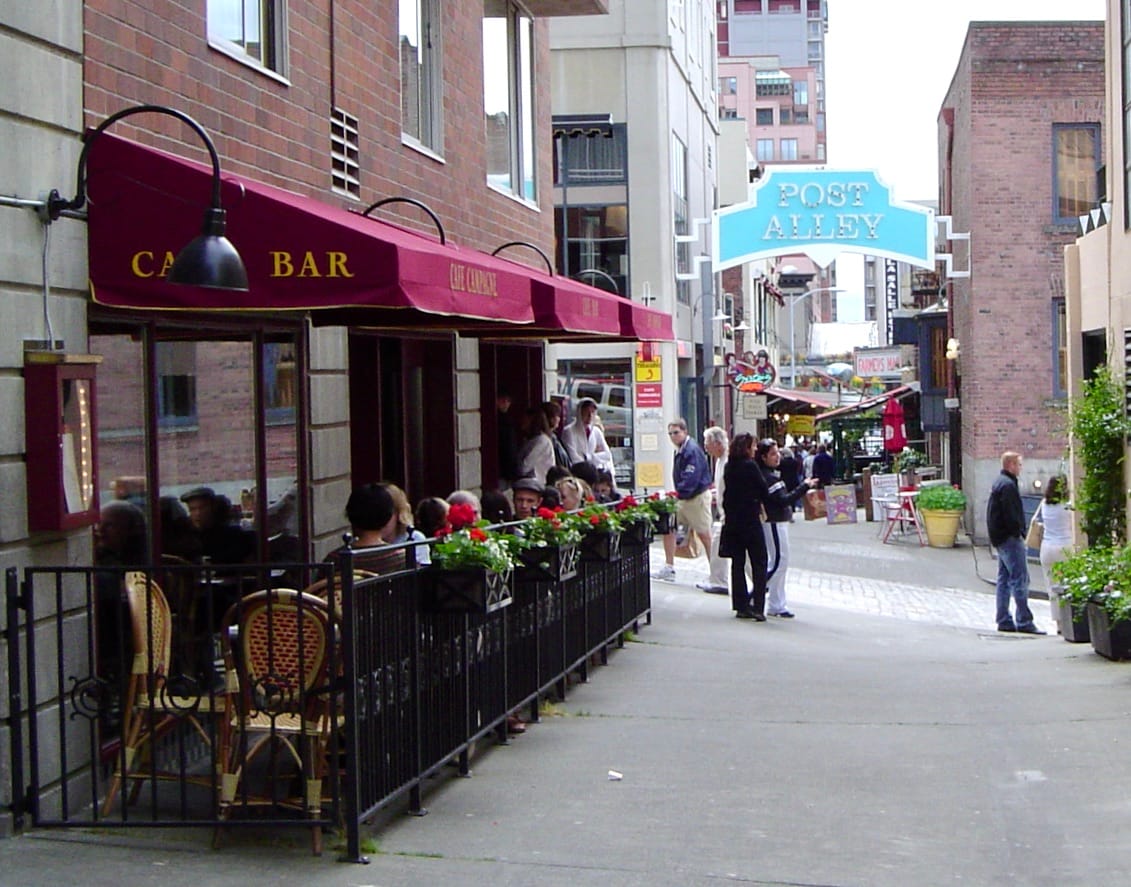
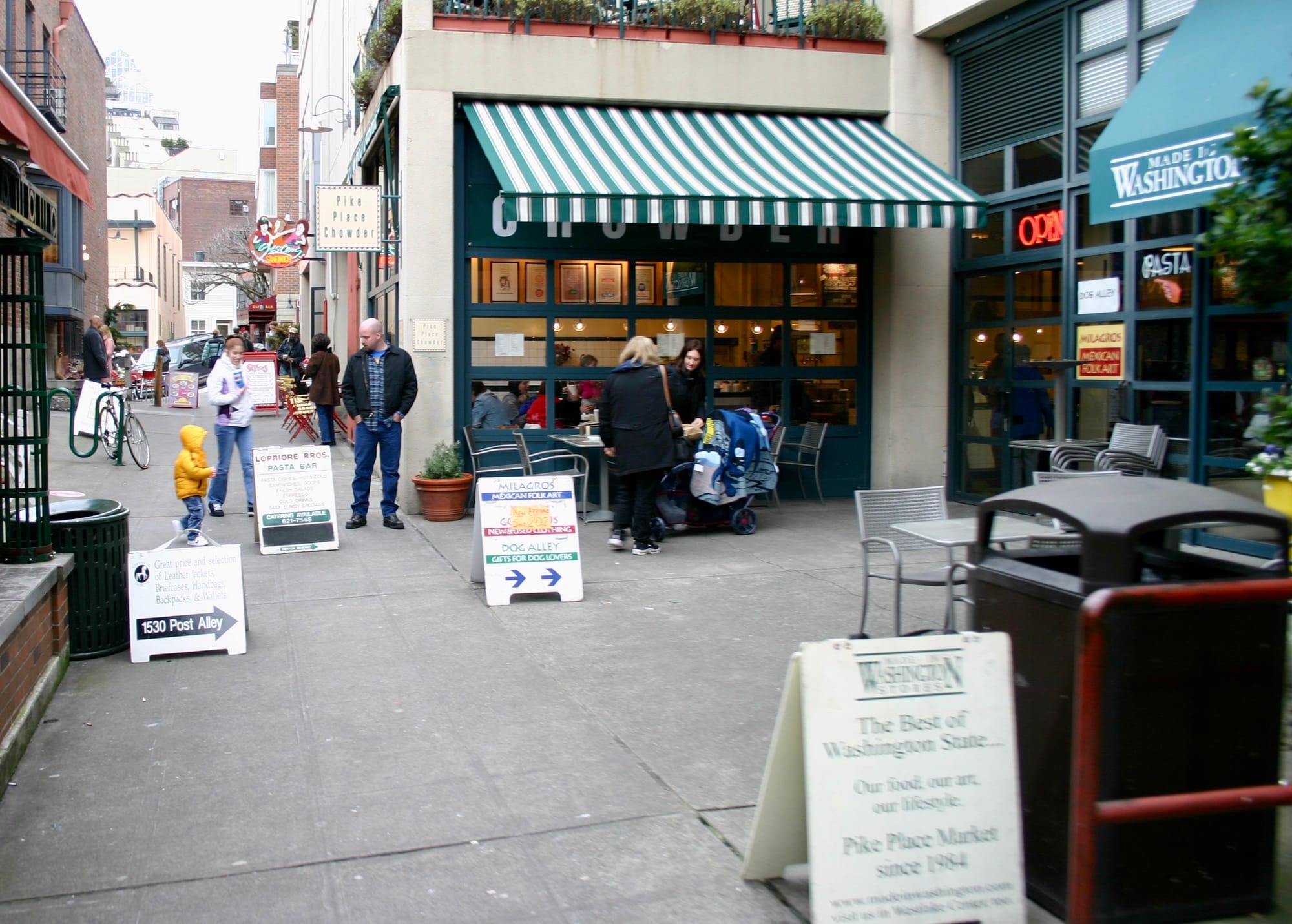
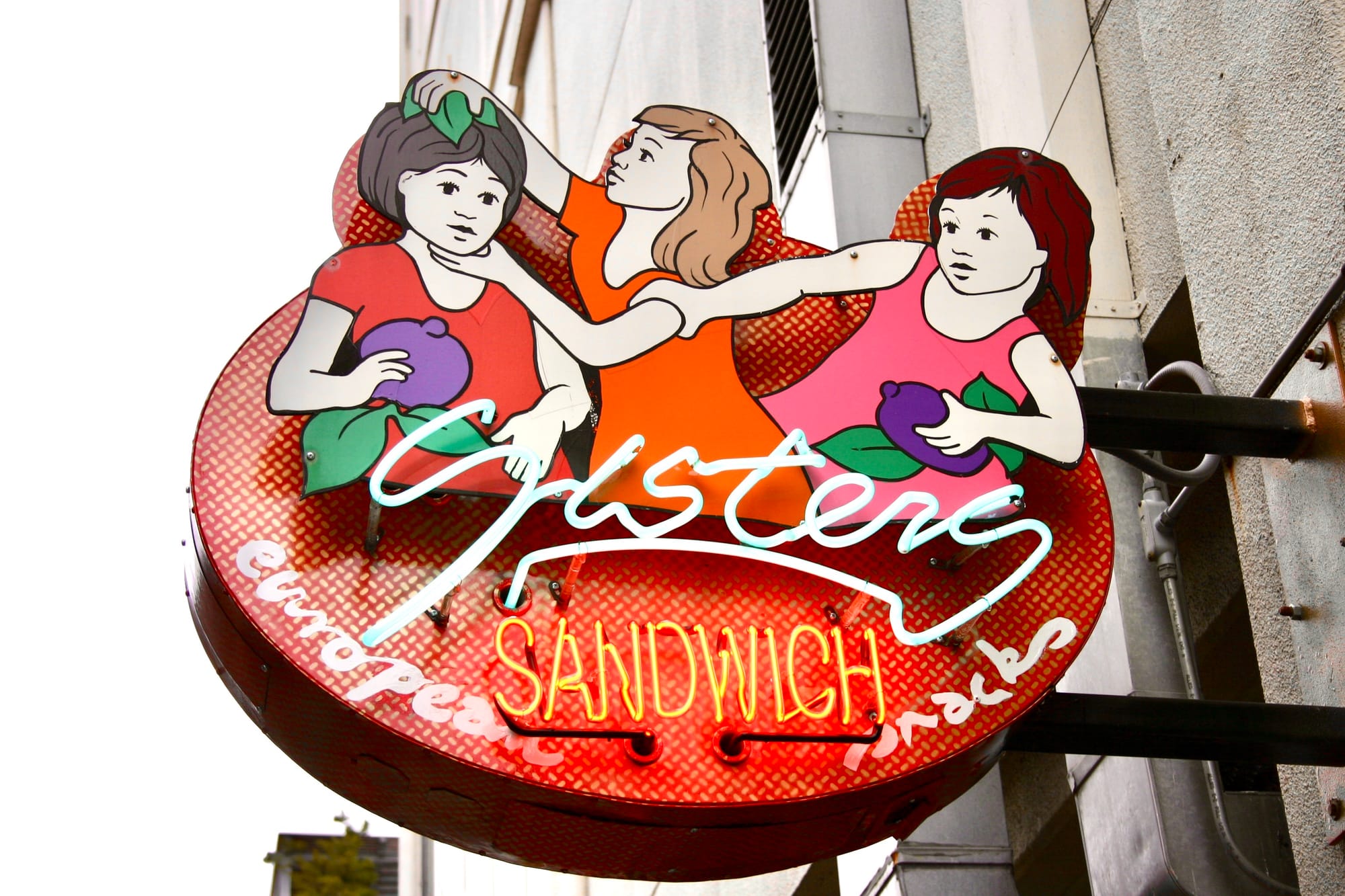
Original Starbucks Store
A famous destination is just around the corner: the original Starbucks! As you might expect, it's a very popular spot.
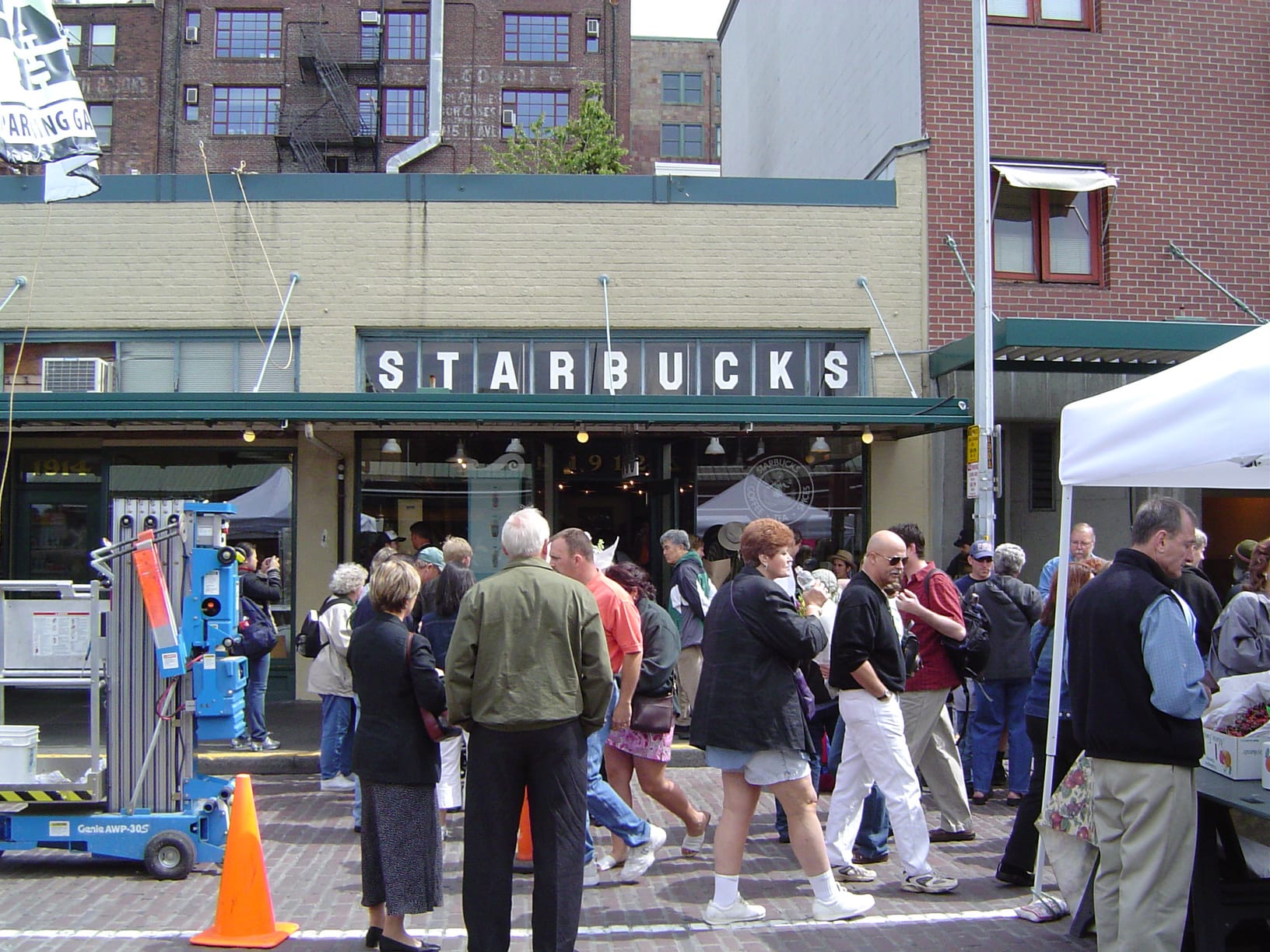
People
Pike Place is full of characters. Wherever you turn, you have the chance to meet someone unique and fascinating.
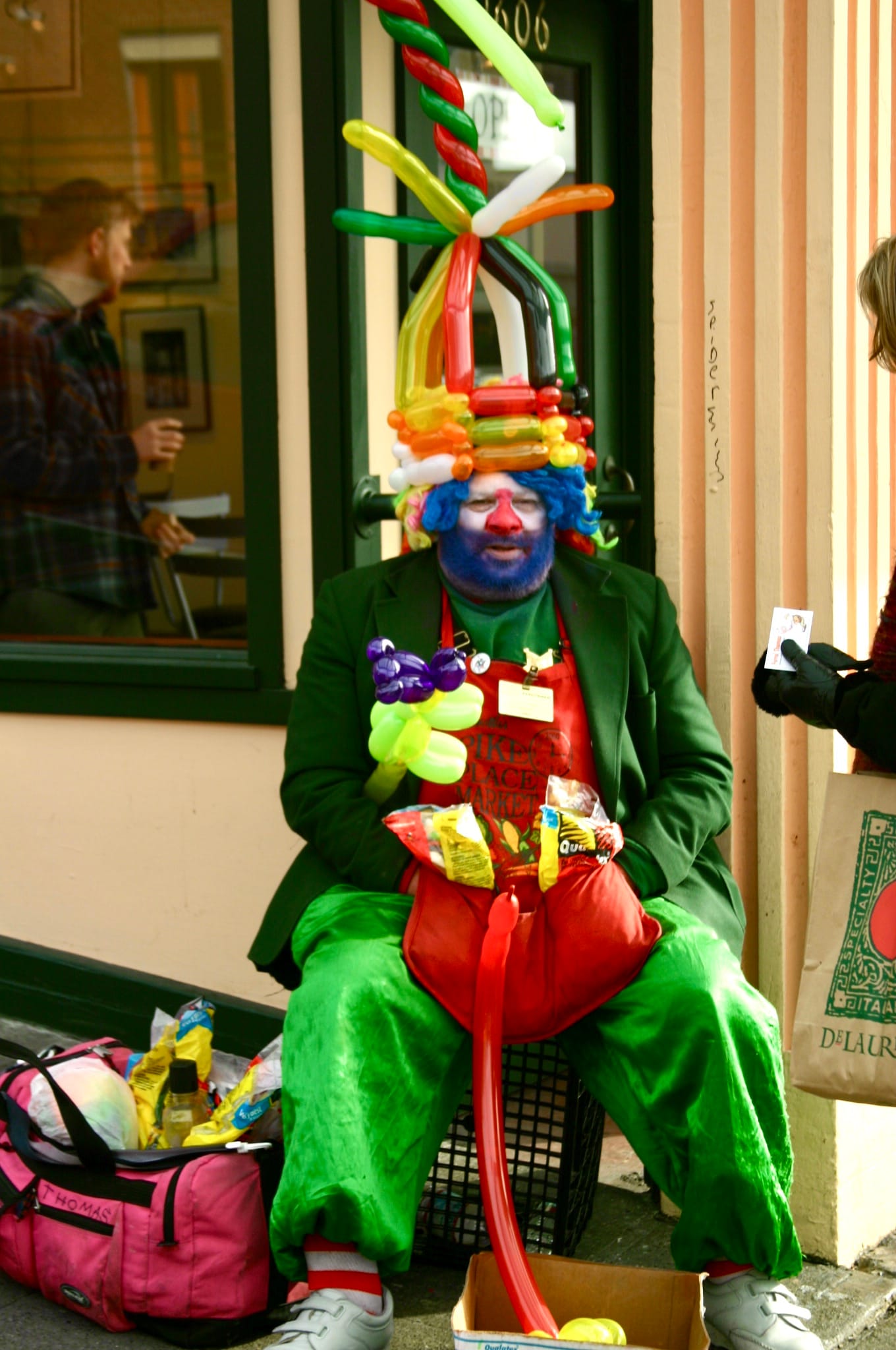
Ferrell Thomas was an iconic figure in the market who has passed away.
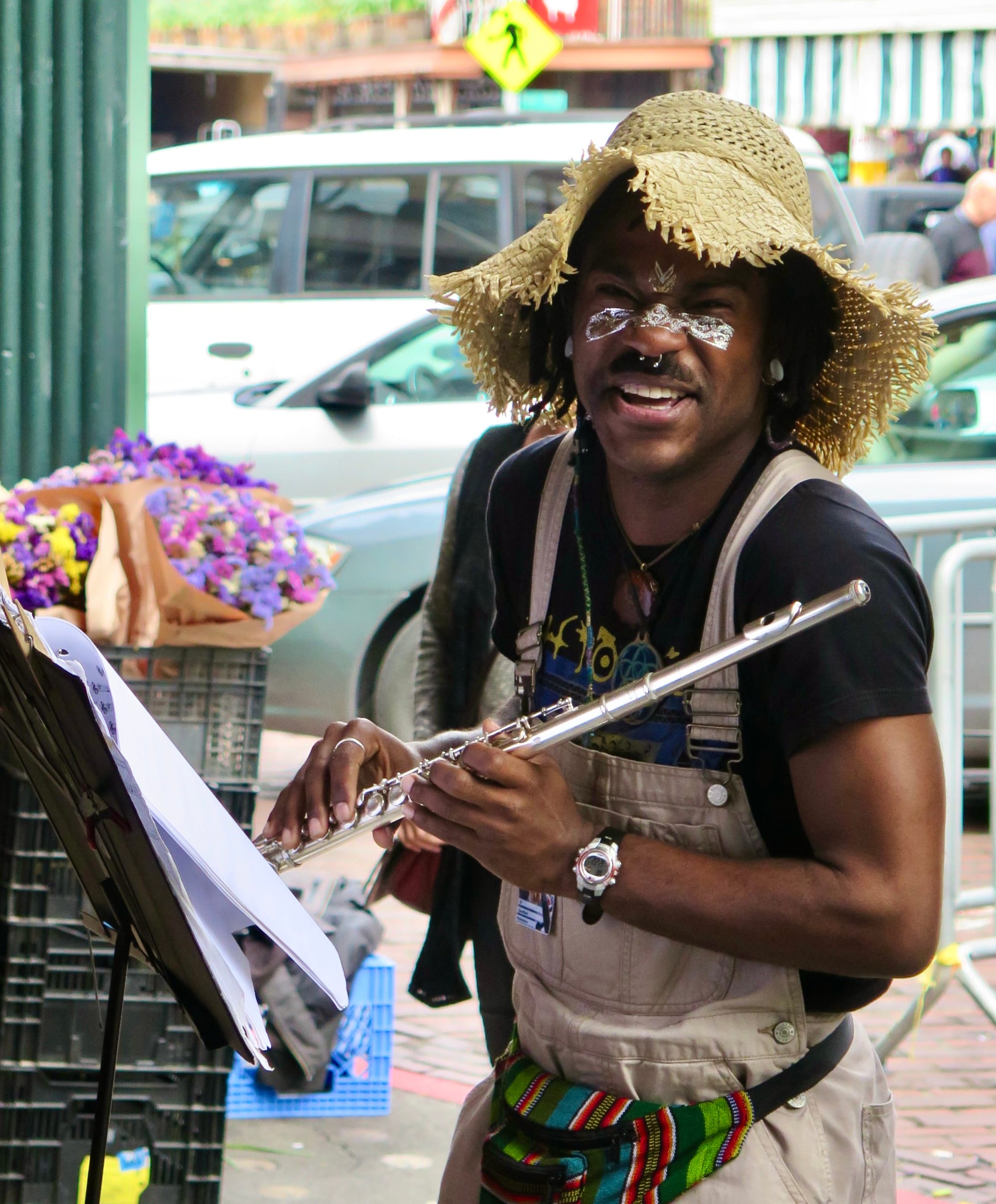
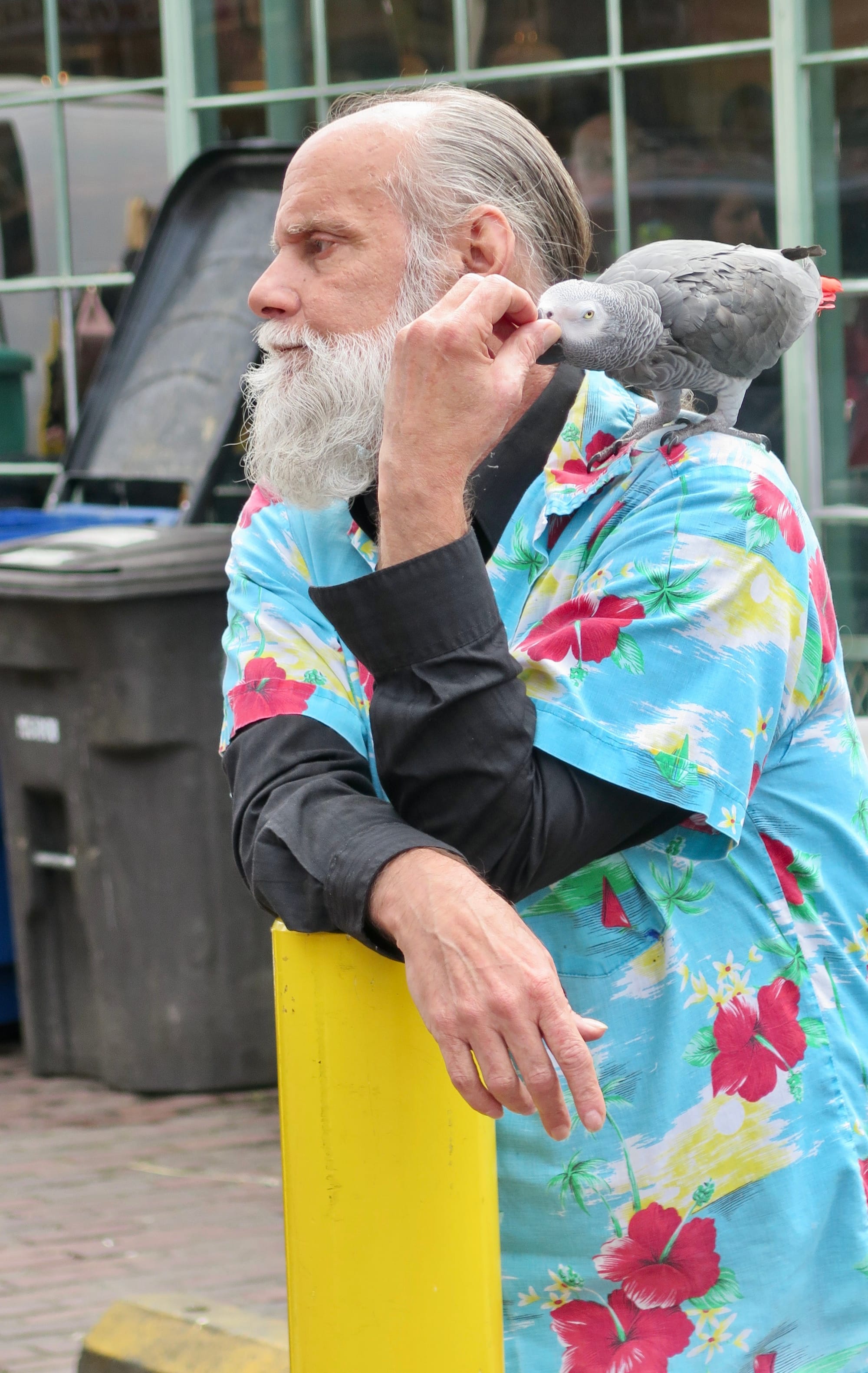
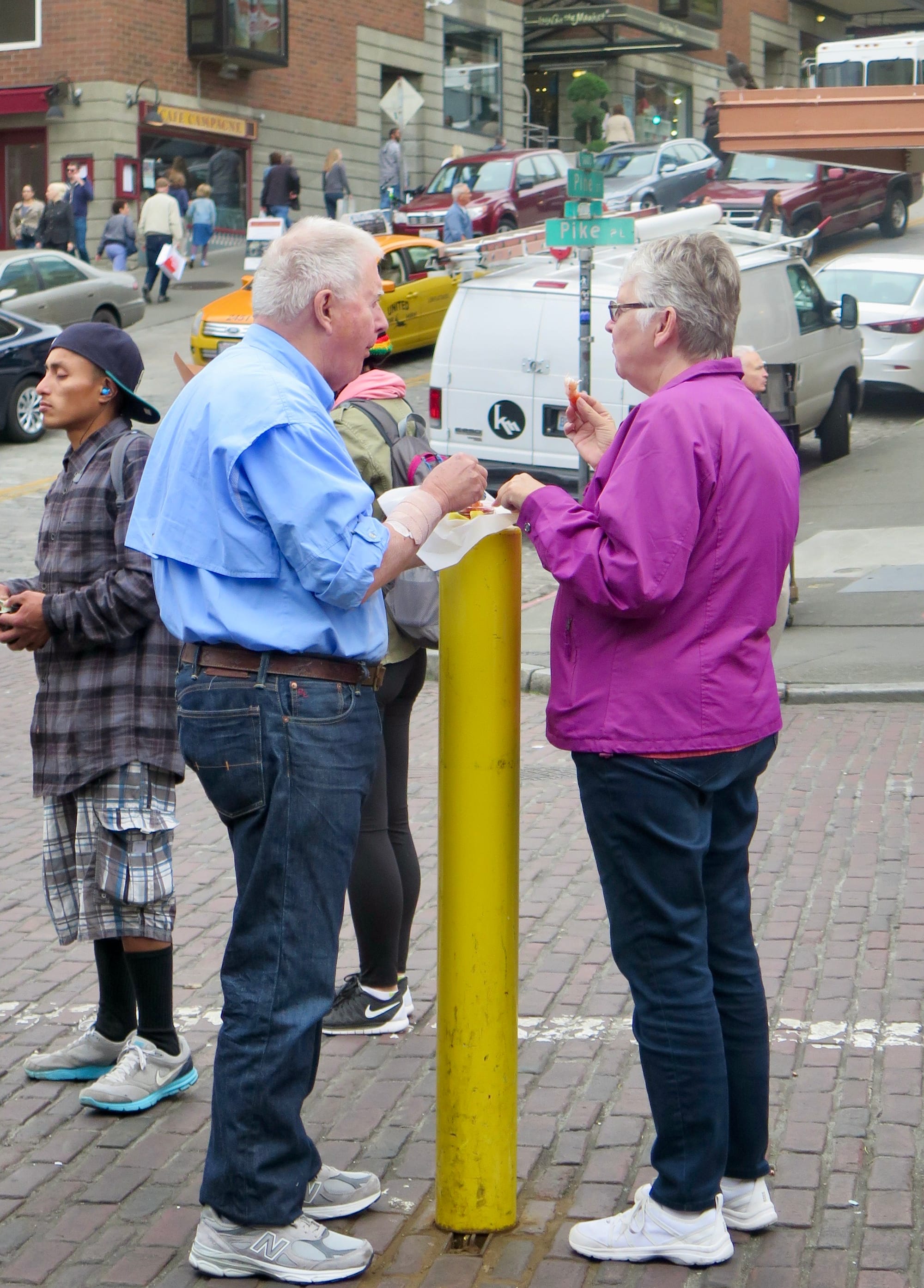
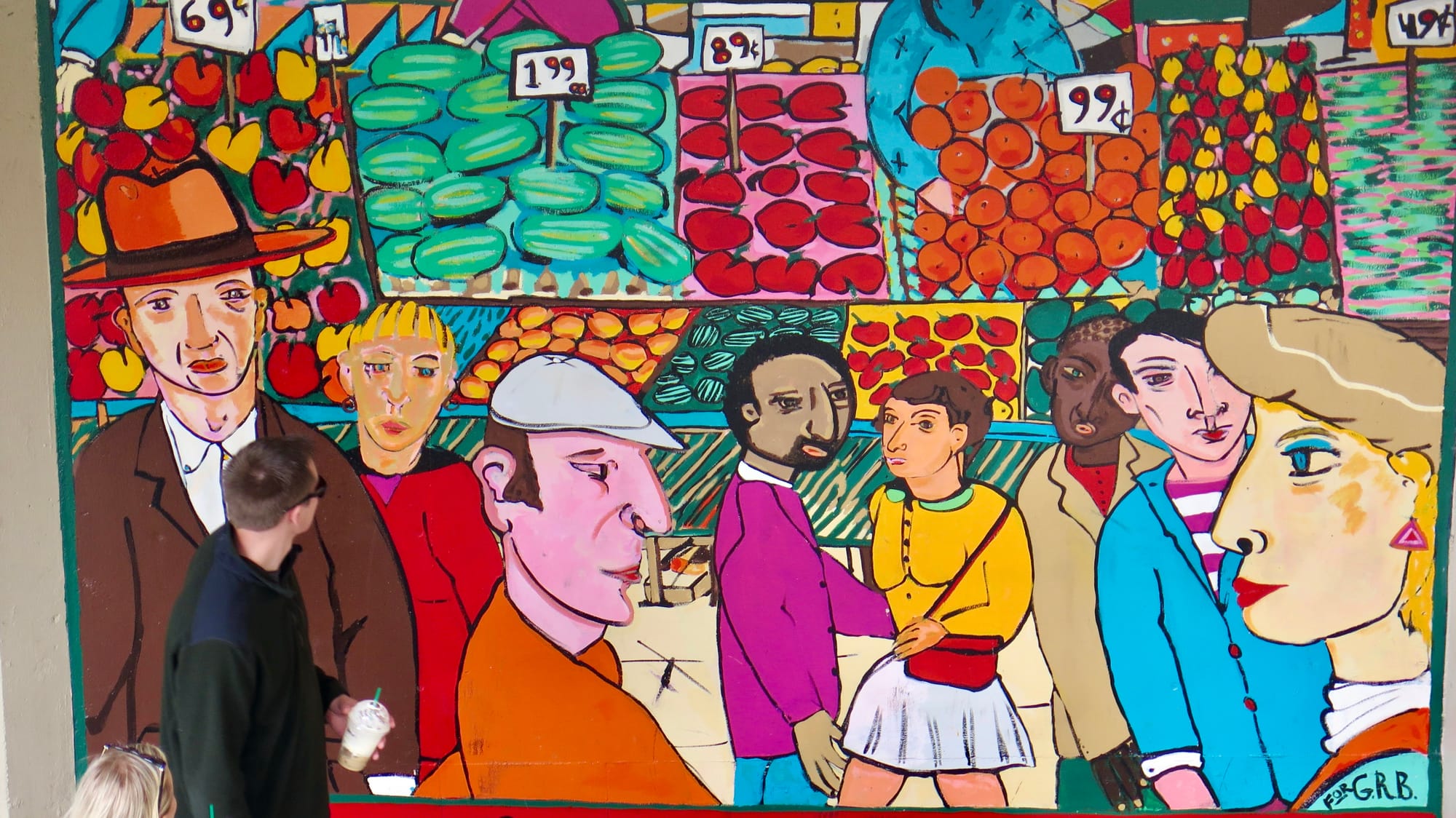
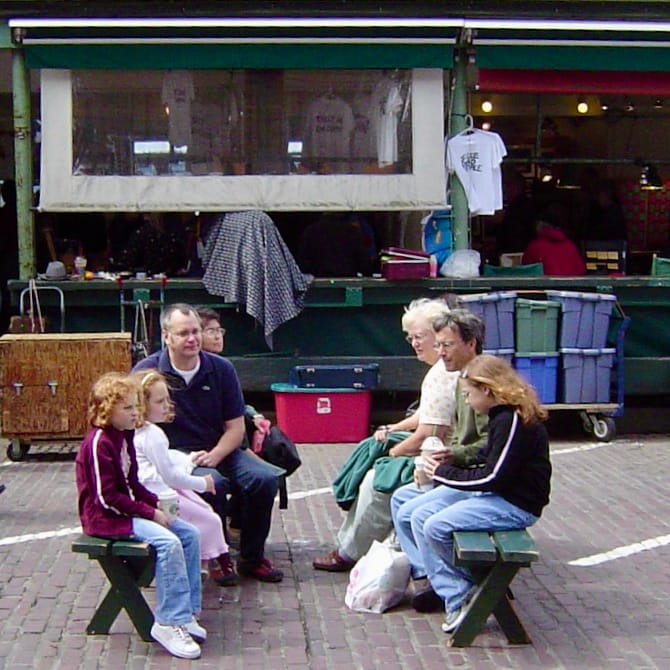
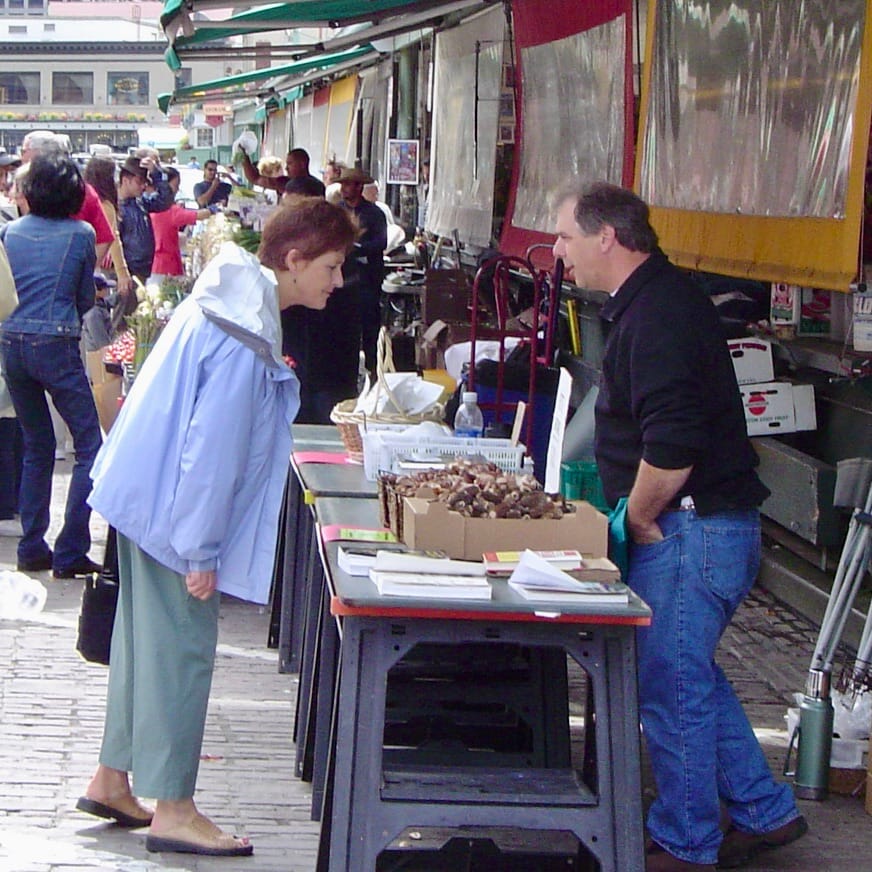
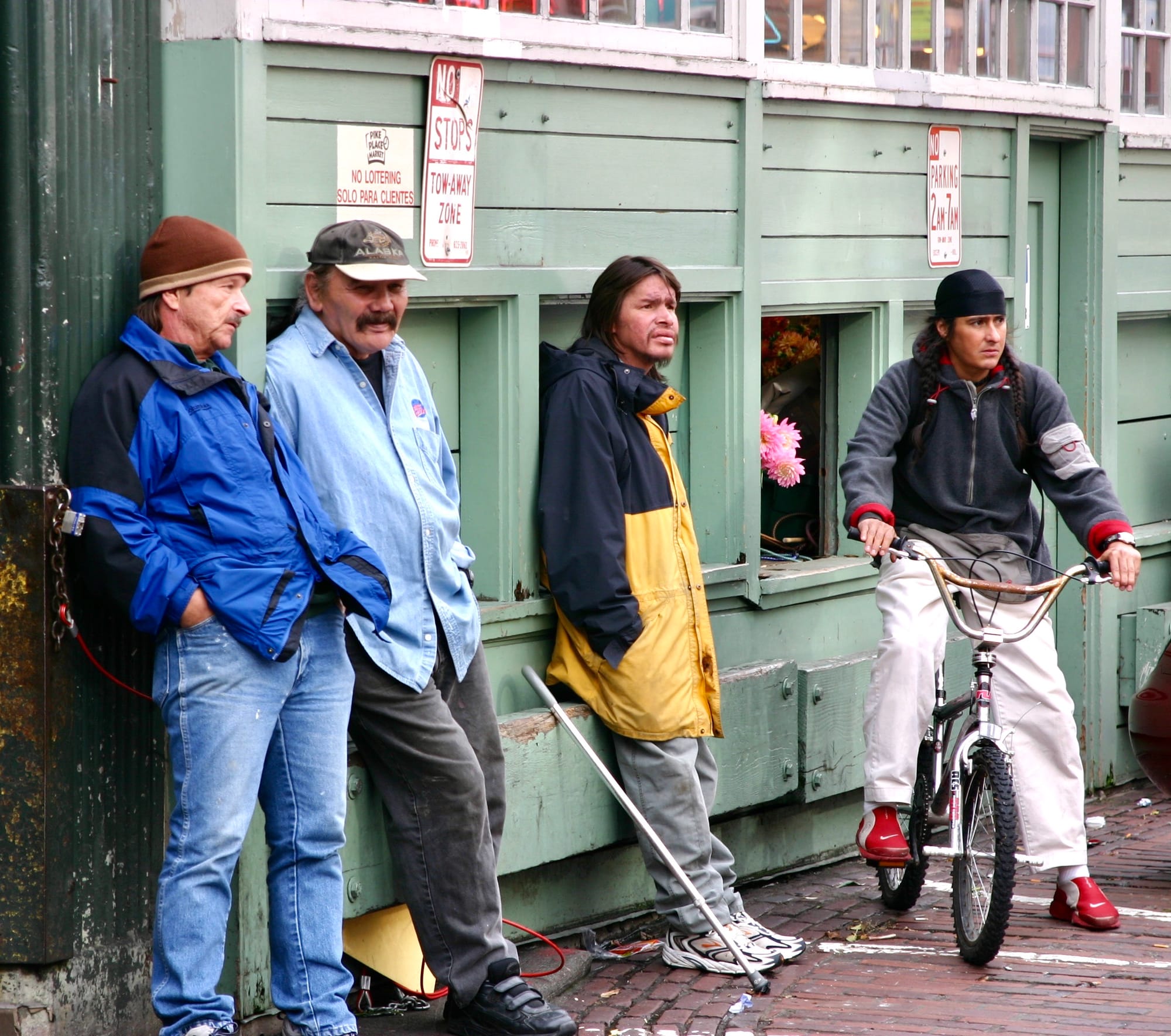
Lower Level
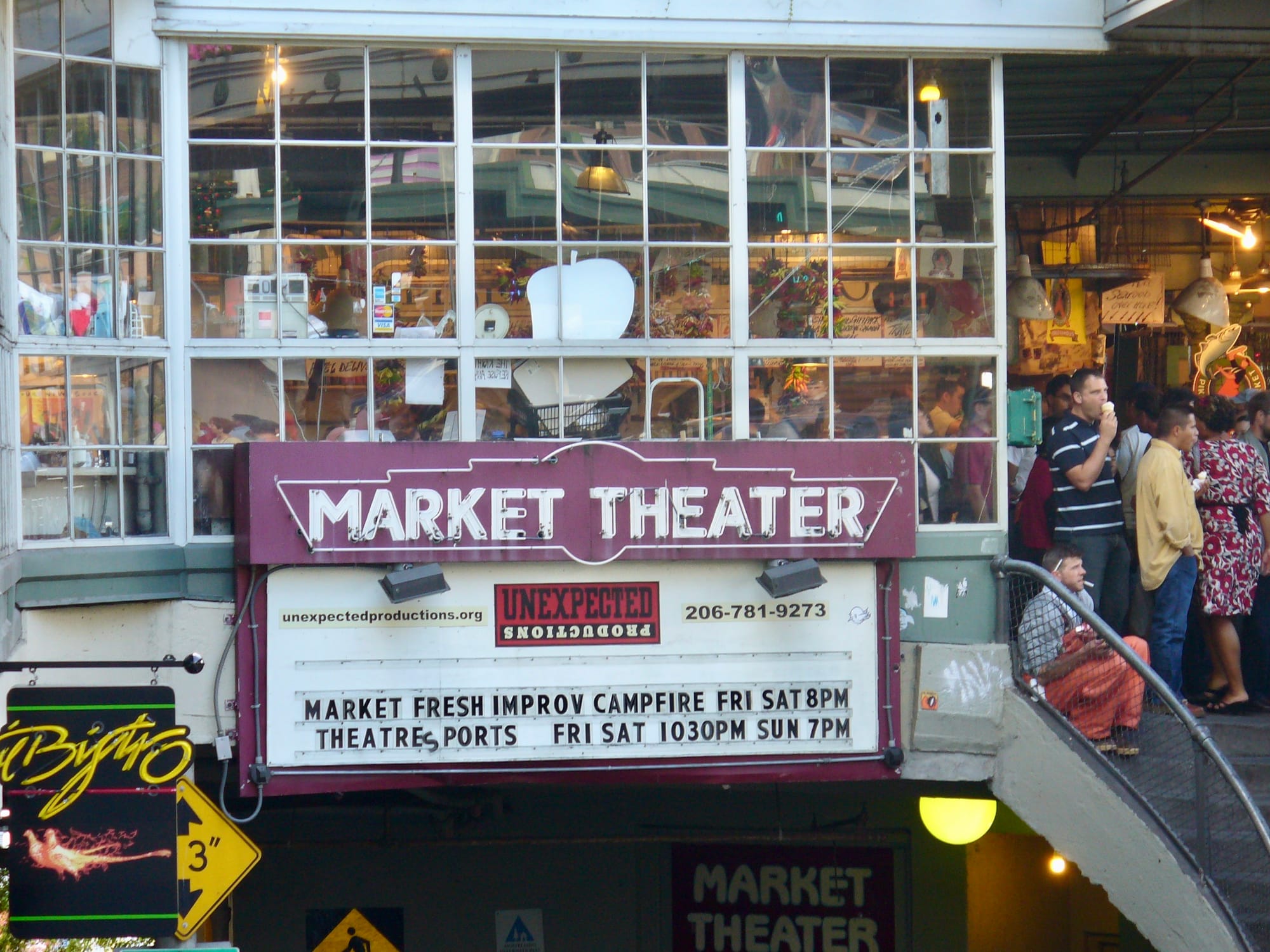

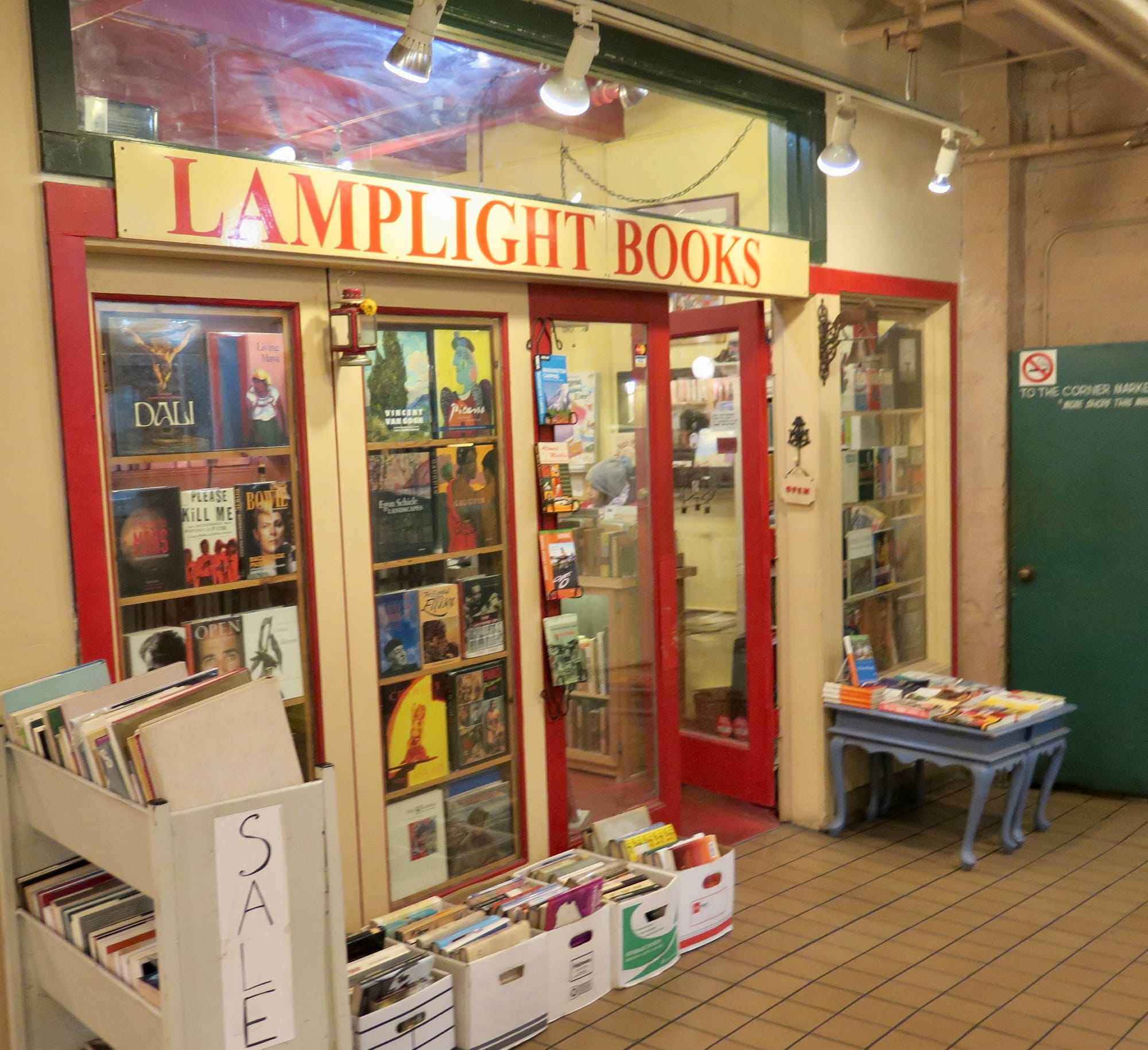
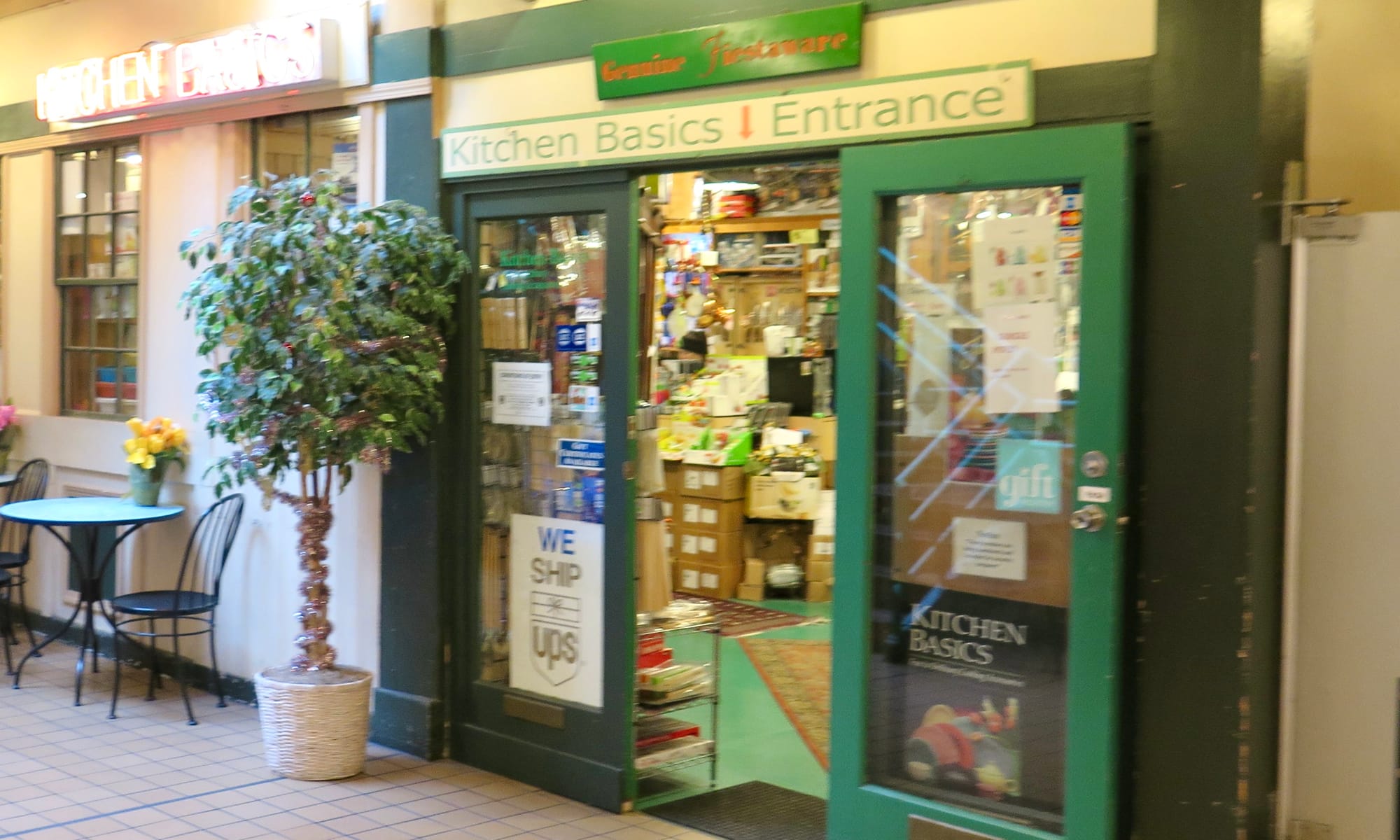
Find Orange Dracula - part novelty shop, part homage to the 5 and 10 cent store
Farm Stands
Outdoors, external farm stalls link to the main market, connecting and integrating it with its surroundings.
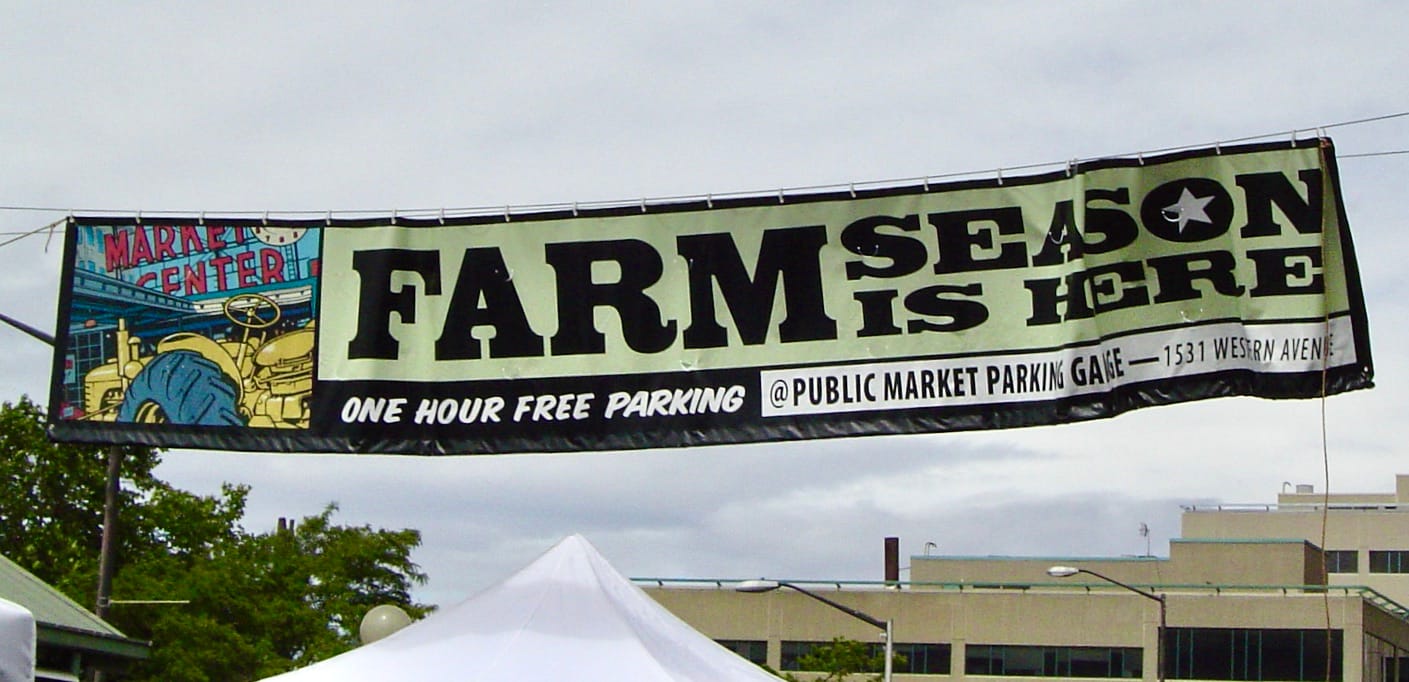
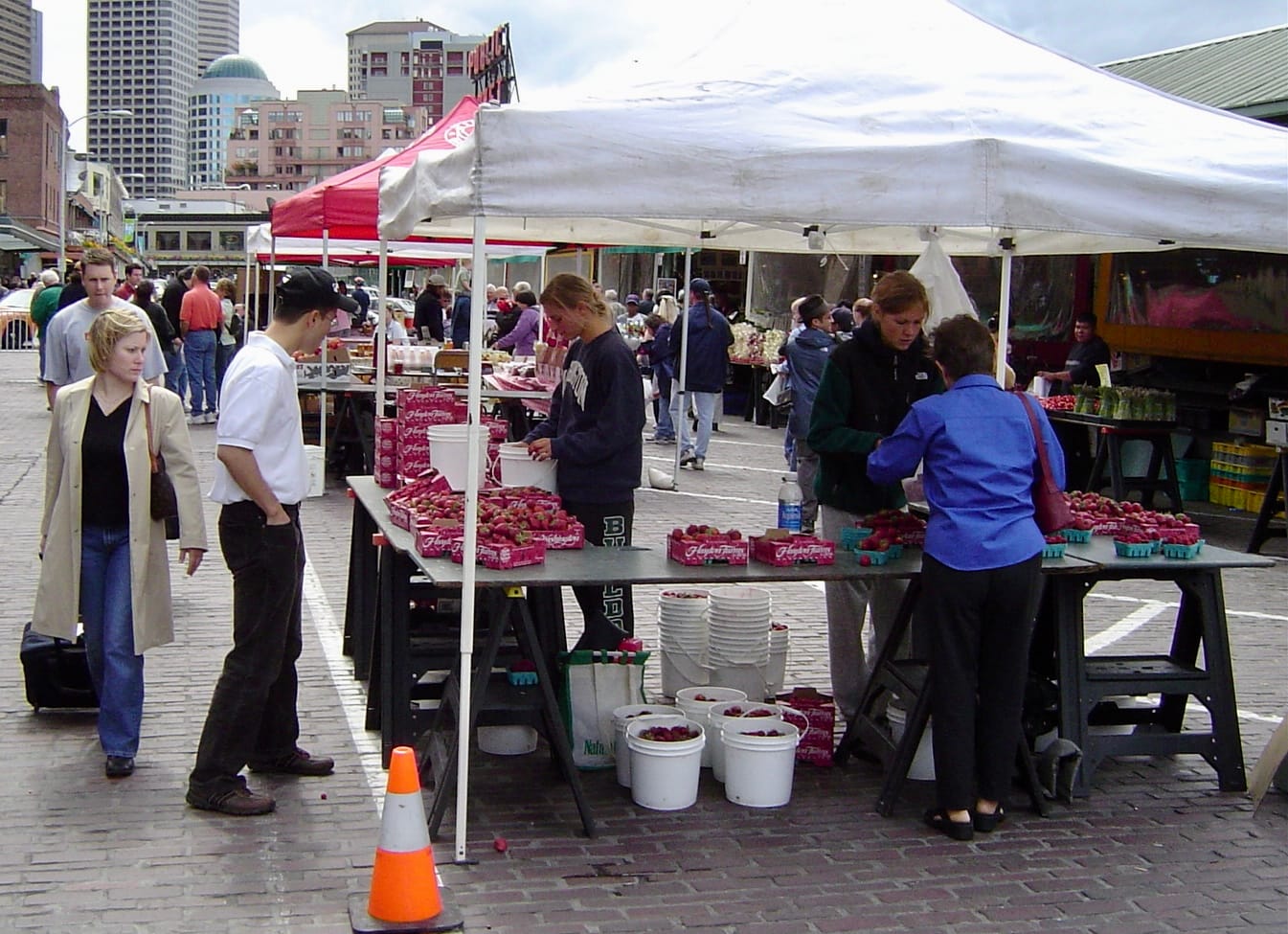
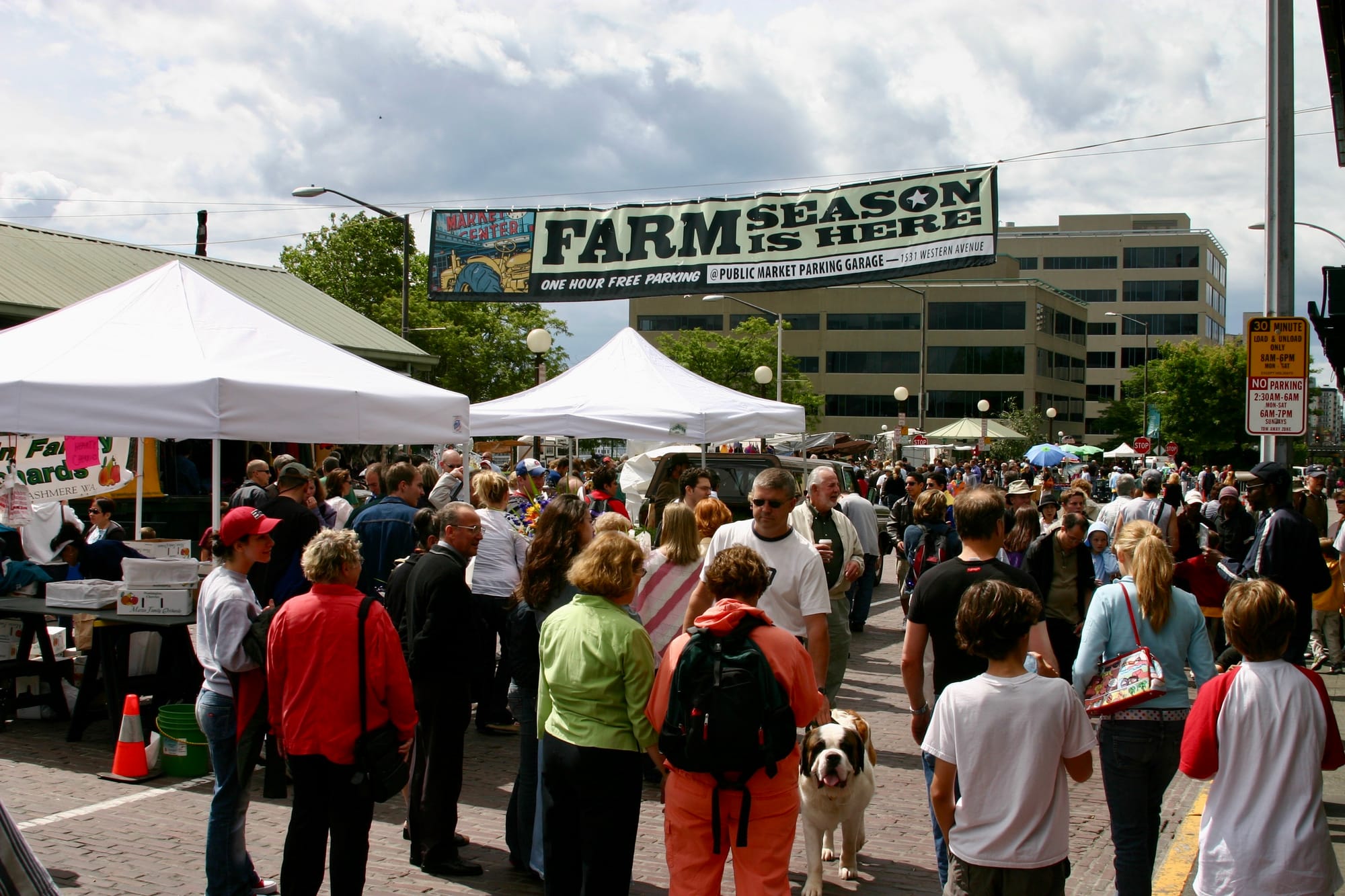
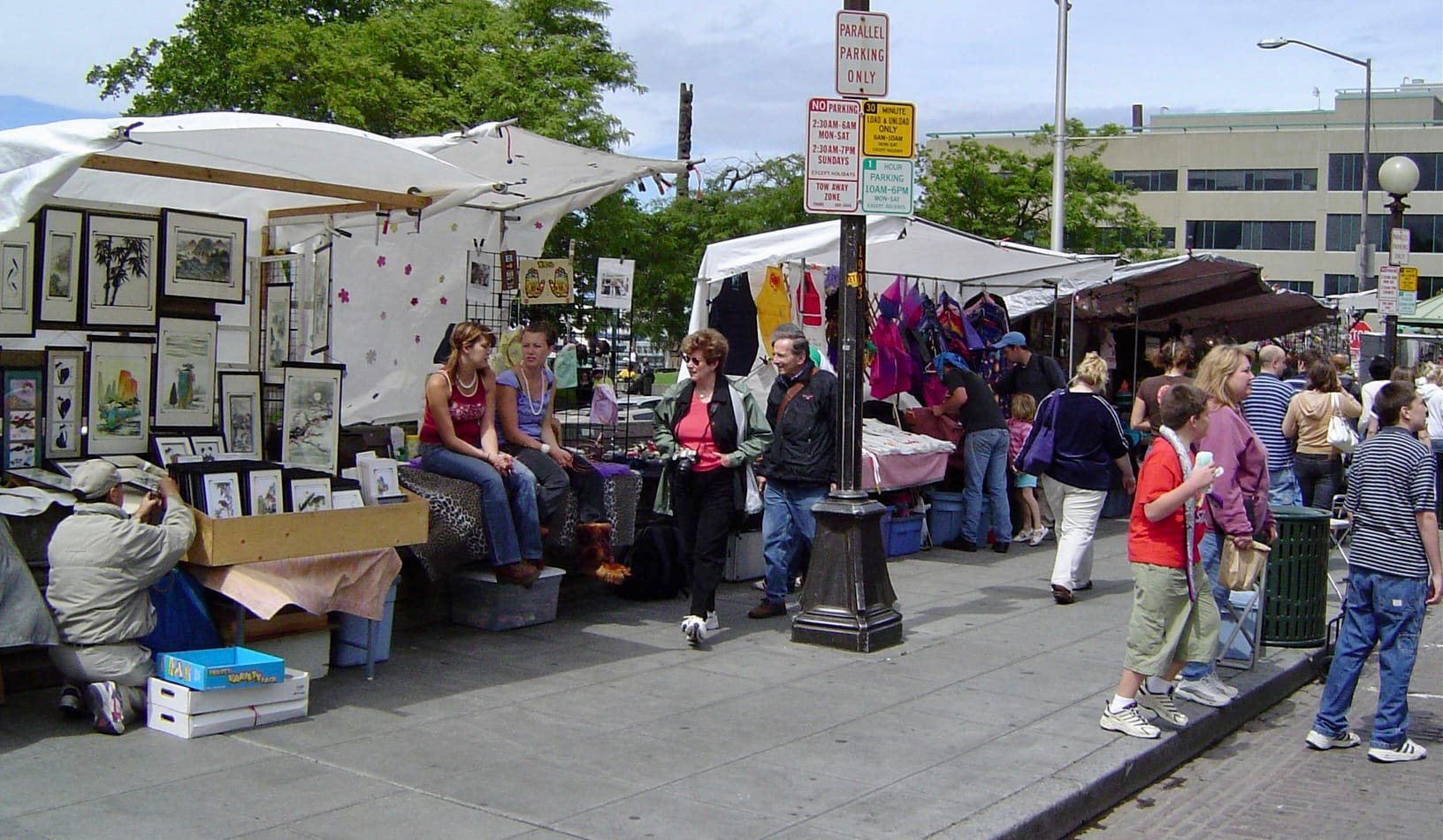
Rachel The Piggy Bank
The Pike Place Market mascot, Rachel the Piggy Bank, is a life-size bronze pig located under the market clock and sign. She inspired a city-wide art program where pig sculptures were displayed all over downtown Seattle and then auctioned off to benefit the market.

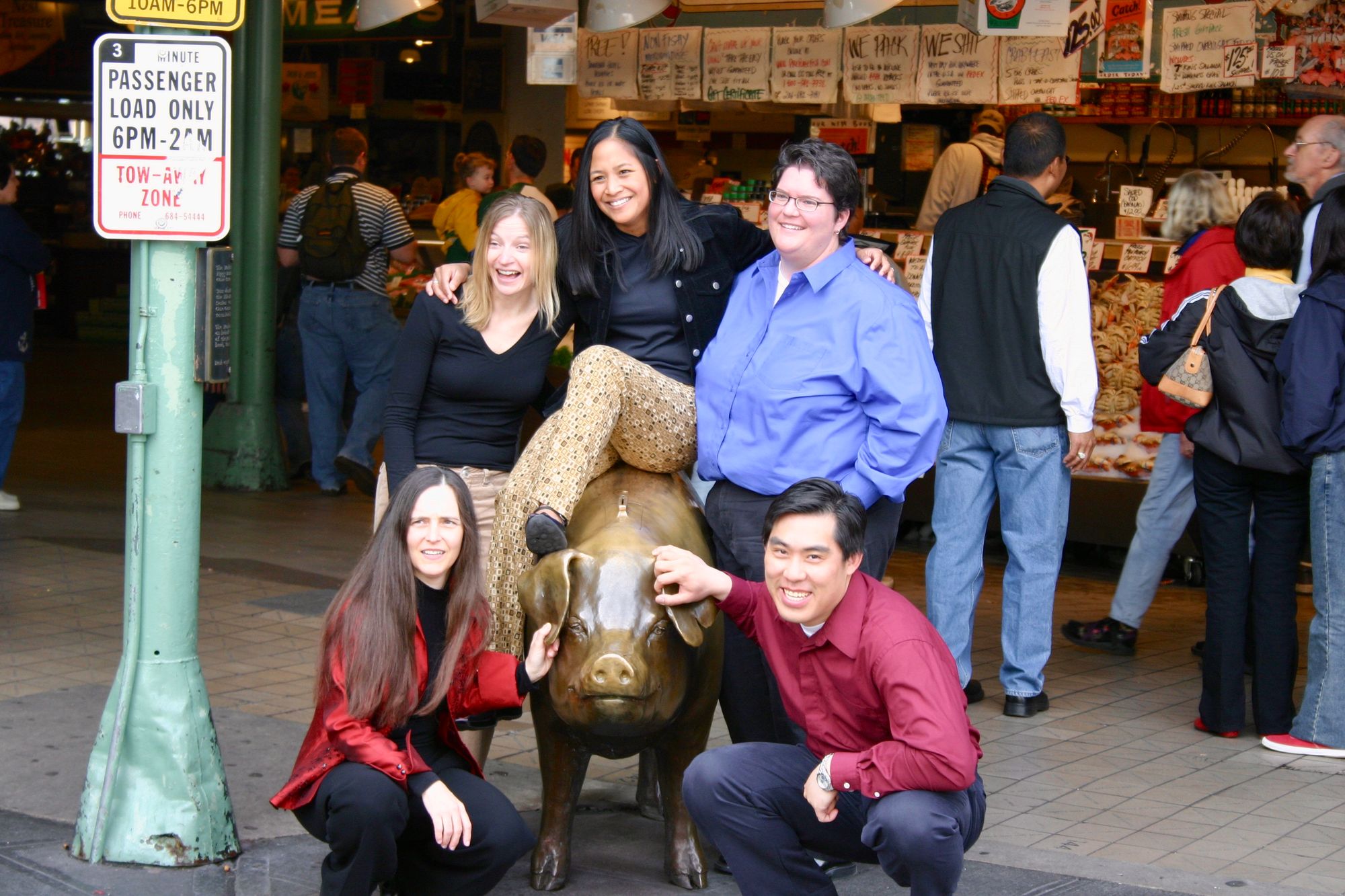
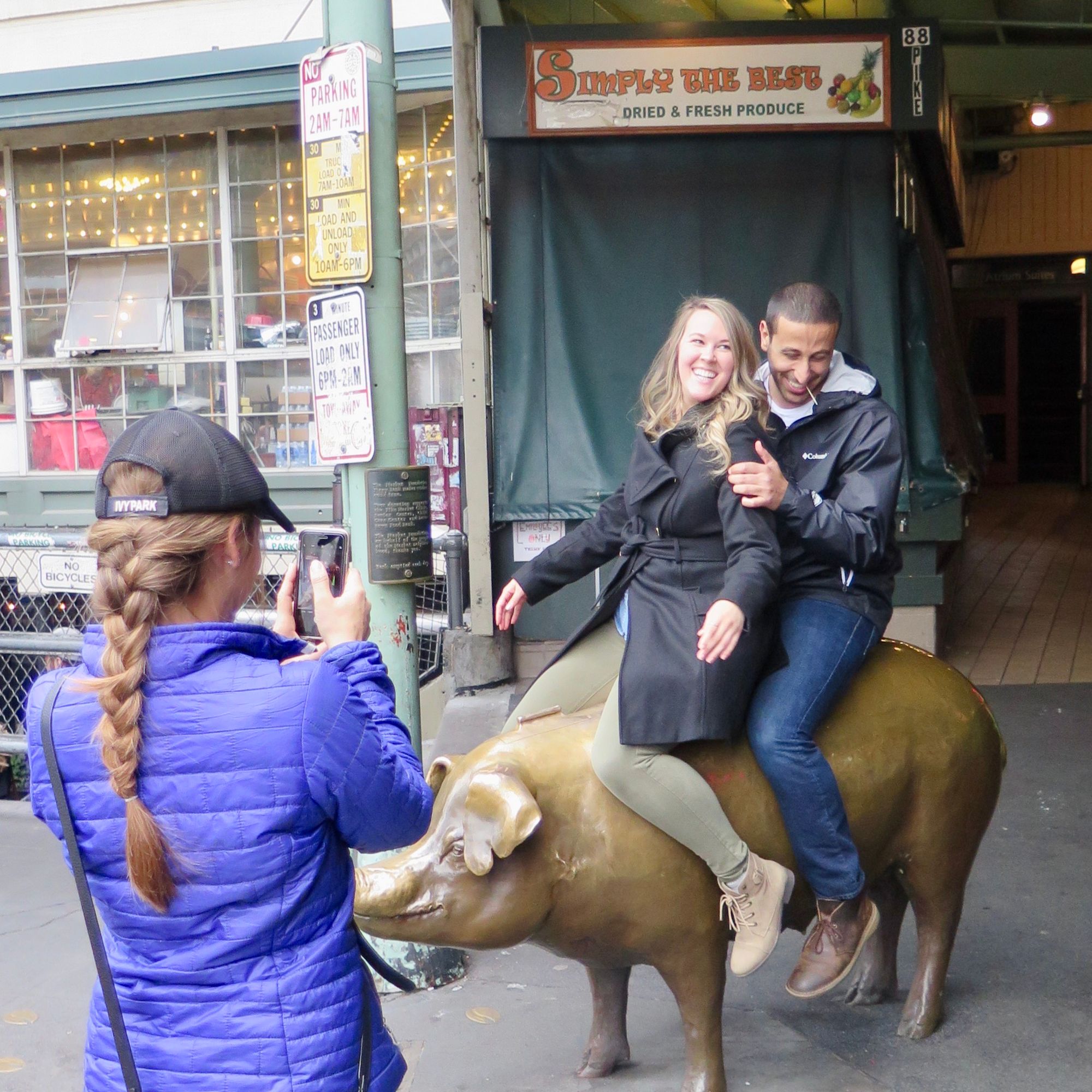
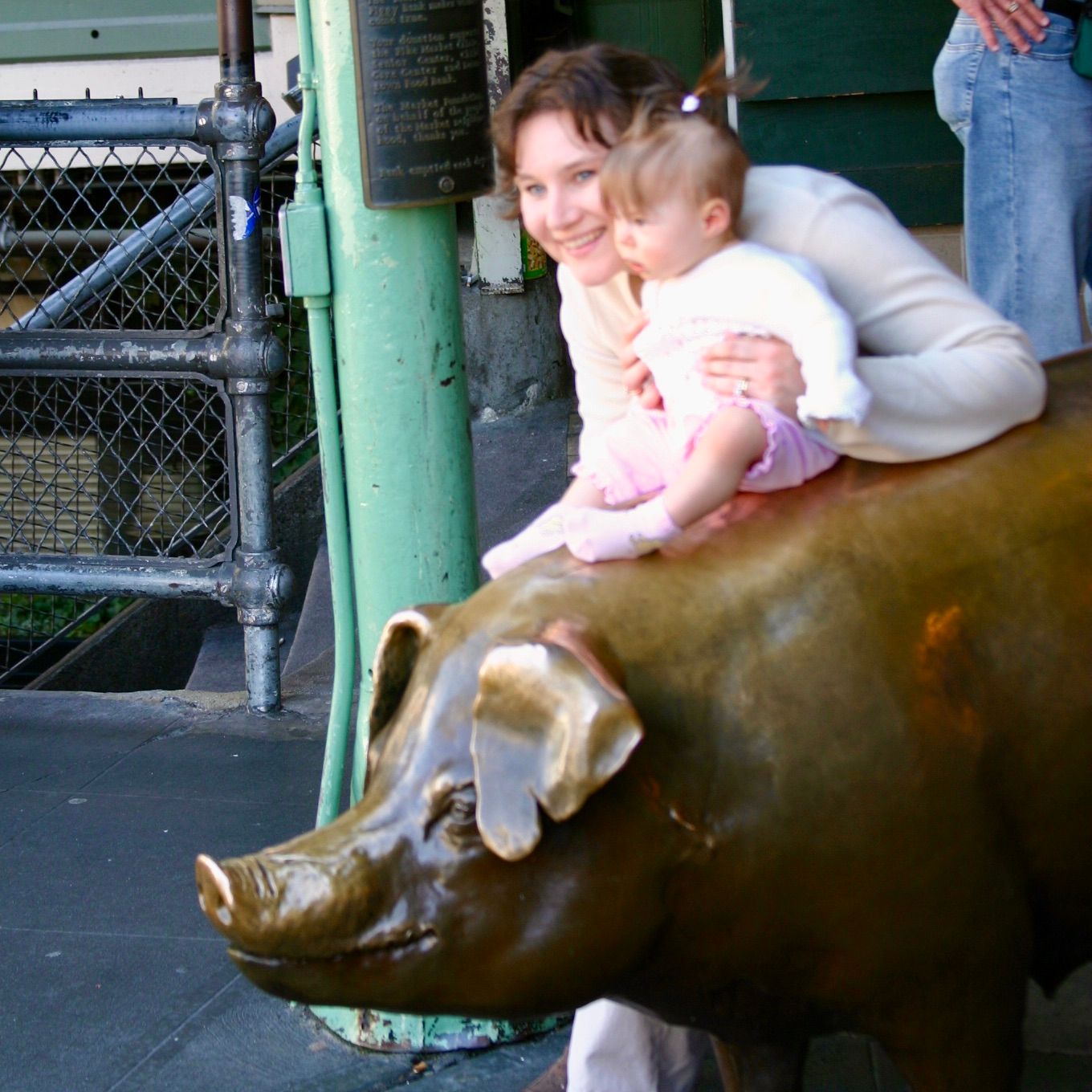
This iconic symbol can be found all over Seattle, sporting different looks and personalities. It has almost become a member of the community in its own right.
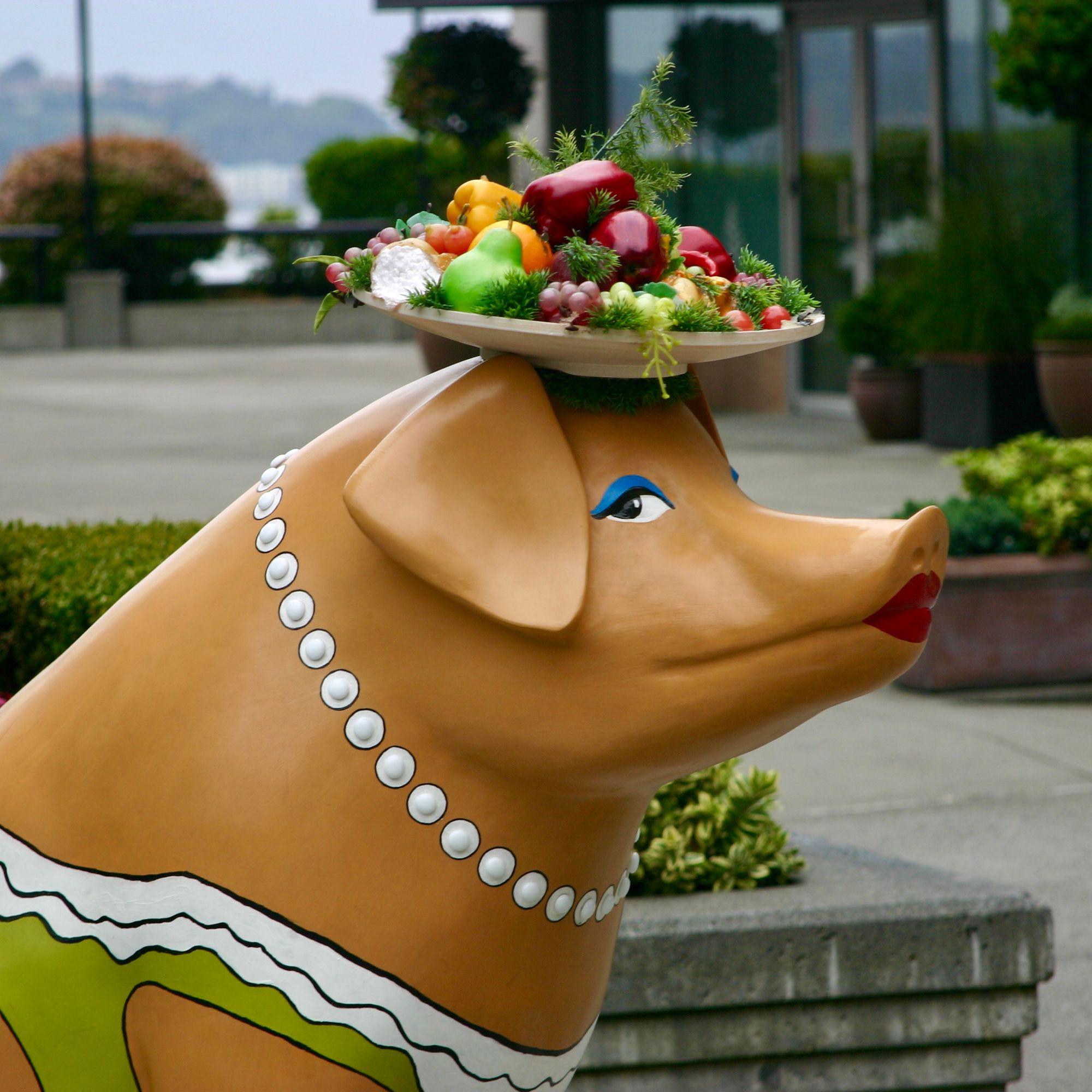
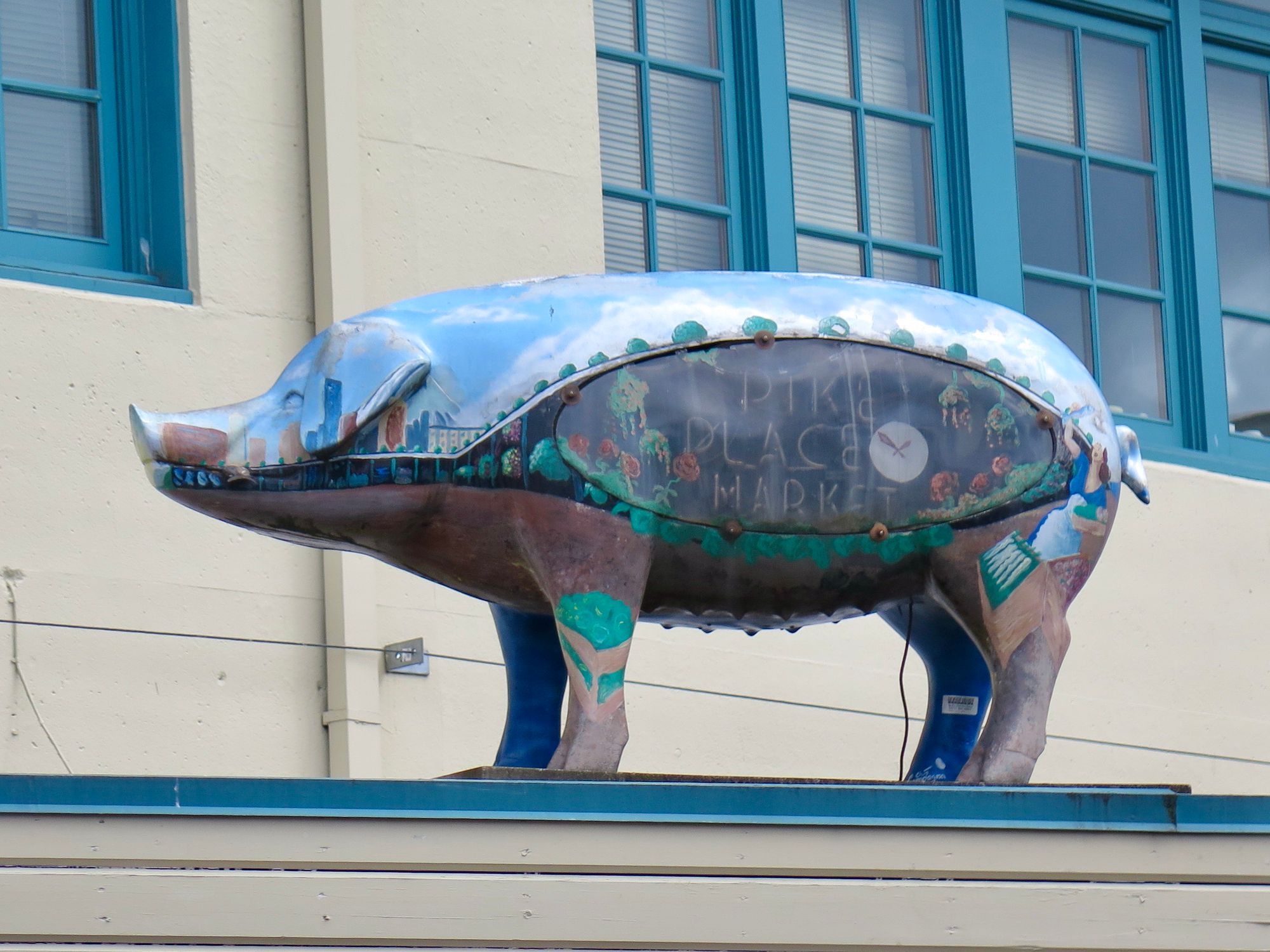
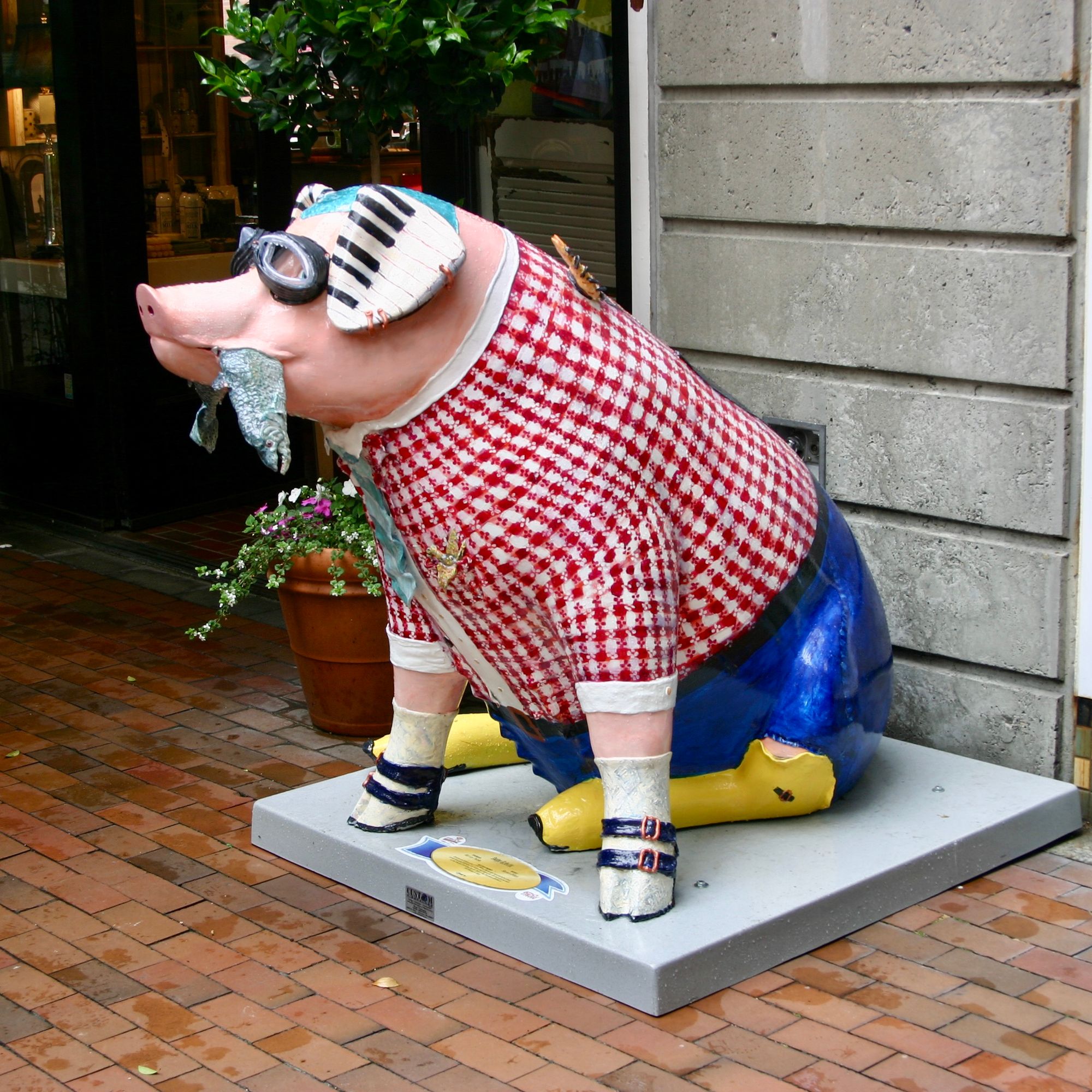
Destination markets like Pike Place attract local residents and tourists alike because of how interesting and vibrant they are; with tons of things to see, do and buy at every turn and something to offer everyone who visits. It follows that building networks of such markets across cities and regions both maintains local market cultures, strengthens communities, and preserves a way of life that people love to be part of.
A Conversation with John Turnbull
We recently sat down with John Turnbull to reflect on his long tenure at Pike Place Market and discuss his views about why the market is the “Soul of Seattle.”
Social Life Project: What is it about the design of Pike Place Market public spaces that makes them such an amazing experience?
John Turnbull: It's the permeability of private and public spaces in the market district that I think makes it such a great place. There are no hard edges. The public space moves into the buildings, and the private activities move out into the street. In New York City, all the restaurants moved outside during COVID-19, but that blend has been in the market forever. There's no inside and no outside. It's all together. All these nooks and crannies in the market and its quirky layout provide places for people to get together spontaneously. The ability to get lost and be surprised is so important.
Social Life Project: To what extent are the market’s public spaces “self-managing?”
John Turnbull: Urban planners, politicians, and some design professionals look at the market and see a mishmash. They want to try to control it, but can’t. I called my job at the market “ad-lib” property management. On the surface, the market seems natural and almost uncontrolled, but deep down, there’s a lot of thought and work to ensure that happens. Ideally, the public areas are jointly managed by the PDA with surrounding businesses.
Last year, the city pedestrianized Pike Street between First and Second Avenues, across the street from the south entrance to the market. They added benches and picnic tables, but it is a little free-for-all because it did not have a precedent or active involvement of the neighboring businesses. Any public space needs some management to ensure that the space can be safe, clean and enjoyed by everyone. You don’t have to control everything, but you have to keep some standards in place.
Social Life Project: One of the interesting things about the market's layout is that its main public space is Pike Place, a public street. How does this work for the market?
John Turnbull: Pike Place, the street, is our 'town square,' and there are times when it gets closed for special events. There are times when it hosts spontaneous activities or protest marches. There are special events like Mother's Day when all the farmers who sell flowers get out in the street. But the street is awkward to program because it has so many other functions. The city and pedestrian advocates want the street turned over to pedestrian use, but there's no other place to make deliveries.
One challenge is that we don't manage the street and must ask the city for permission to close it for an event. The city’s management of the street involves a lot of city agencies that don’t easily coordinate with each other. The recently released market strategic plan recommends that the market and the city work out a plan where the market is granted direct management authority over the street. We believe this is the only way to effectively manage the street and deal with changes, needs, and seasonal variations over time.
Social Life Project: Can the street become “self-managing?”
John Turnbull: Yes, the street can become 'self-managing,' but it's not as simple as it sounds. You can do – the Market does do – all kinds of things on Pike Place, but restricting vehicles requires somebody to “manage the gate." City law mandates that a gate can only be operated by off duty police officers. That is a costly requirement and not very flexible. When needed, the PDA has had security teams available to redirect traffic.
The core of the issue is one of coordination. While Pike Place accommodates many different functions, a variety of different city departments are responsible for regulation and enforcement of parking rules, delivery access, use of curbside spaces, pavement maintenance and scheduled street closures. This is difficult to coordinate with regard to a central objective – which should be effective management of the Market. At Pike Place, we need a gatekeeper to let in the emergency responders, delivery trucks, and people with mobility issues who must be dropped off. At other times, when little is happening, there is no need to close the street at all, in fact the activity is beneficial to business.
Social Life Project: We’ve written about how markets' social and economic lives are inextricably linked. How does this play out at the Pike Place Market?
John Turnbull: One critical factor contributing to the market’s unique character is our role in providing a platform for new entrepreneurs to test their ideas. The success rate has been over 50%, which is a testament to the market's ability to nurture innovation. We offer good foot traffic, discounted rent, and a low entry barrier. The rest is up to the entrepreneurs, their products, and their people skills to make it work.
Social Life Project: Do the people who have businesses at Pike Place Market see themselves as a community?
John Turnbull: Yes, definitely. There is also a collective identity among all the people who live, work, and provide services. It is a very strong community, and the word “community” kept coming up in our recent master planning process. Everyone said you're not using the word community enough. Pike Place Market is not just a commercial place and has never tried to profit from its real estate. When possible, we have tried to figure out how the market could use its public ownership to provide housing for people and provide services for people who can't afford it elsewhere*. That’s another reason we are a vital and diverse community.
Social Life Project: Why do you think the market is called the “Soul of Seattle?”
John Turnbull: The name fits. When civil unrest recently occurred downtown, such as protests against the WTO or supporting Black Lives Matter, the demonstrations closed everything down– except the market. In each case, Pike Place Market was a sanctuary for the public good. It was just understood that people from all sides could come here and be safe. When politicians announce a campaign, they always stand under the market clock, say they represent the best to Seattle, and “vote for me.” The market is the backdrop to so many events like this and is the city’s natural gathering place.
*Established in 1982, The Pike Place Market Foundation is a non-profit organization that supports housing and services for low-income neighbors by fundraising, advocacy, and community building. It looks after its community through a dynamic web of organizations, social service agencies, residential advocates, and by providing affordable and low-income housing, which creates a safety net for those who are the most vulnerable — low-income seniors, the differently abled, and the unhoused. In this way, the market plays an important role in creating and taking care of its community.
Related Articles

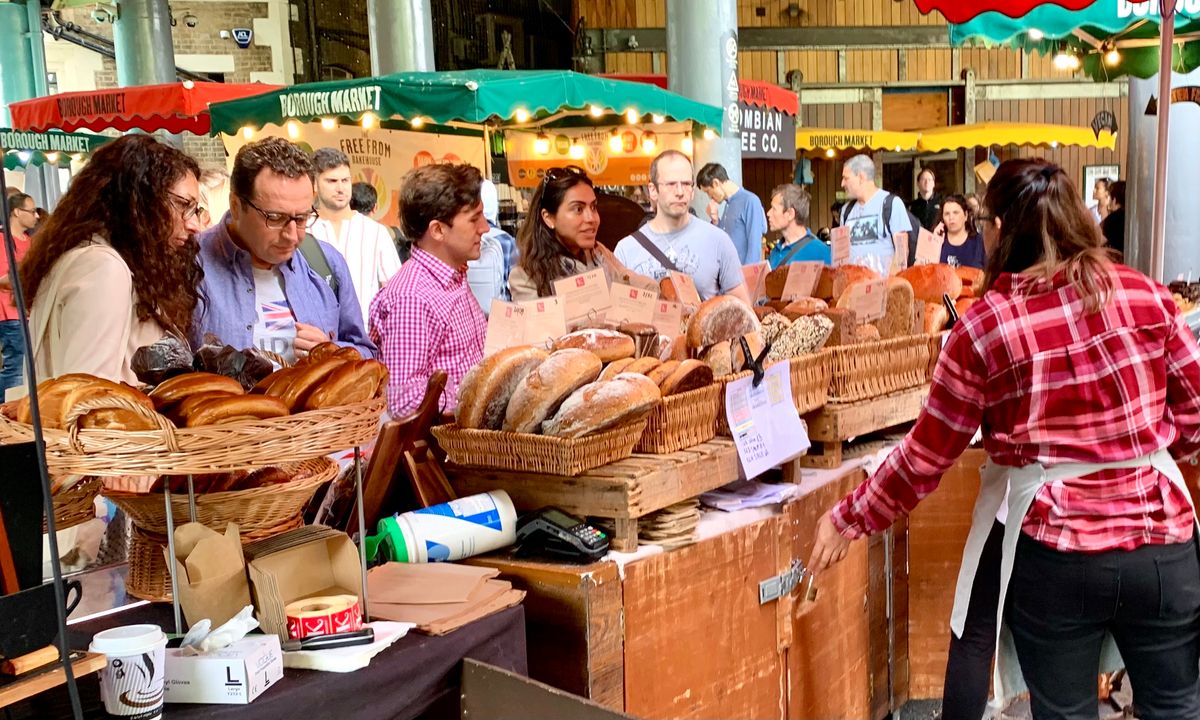
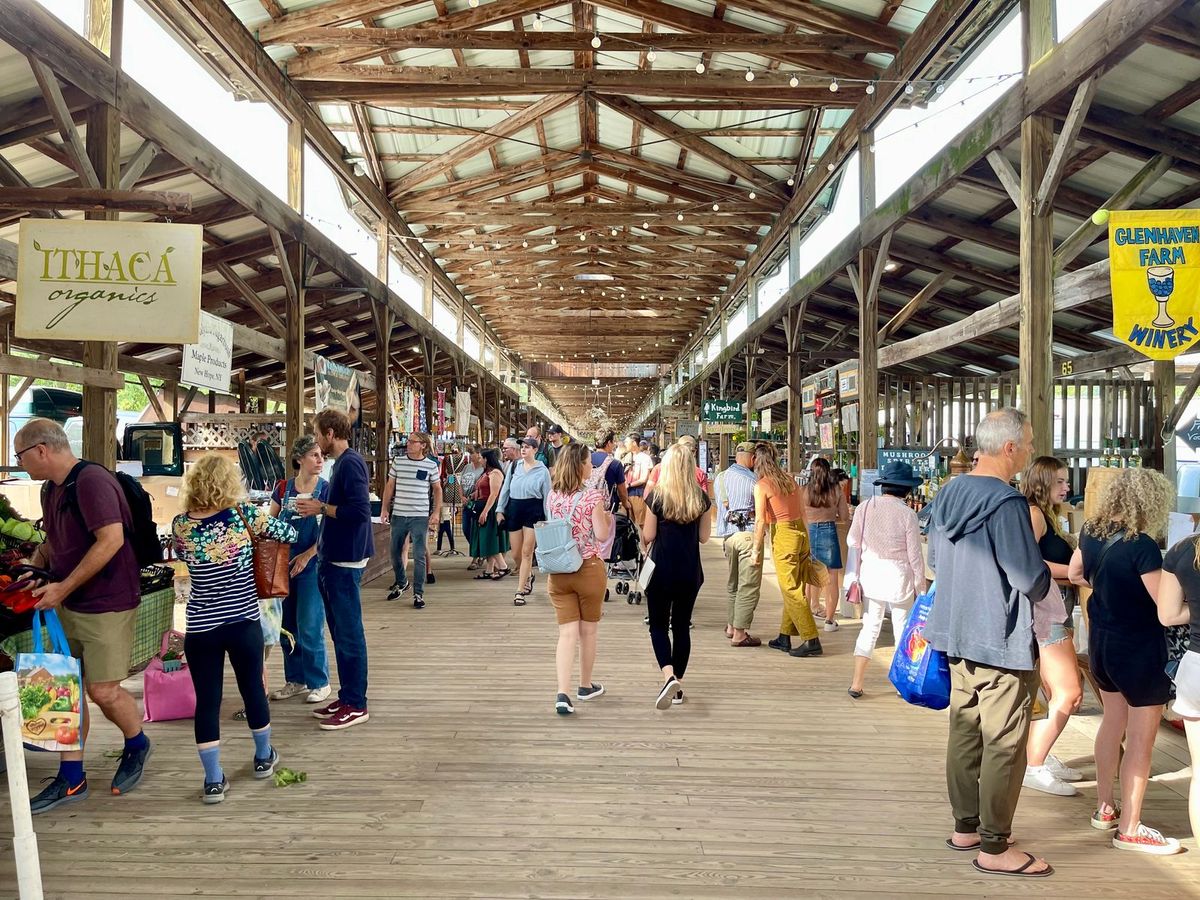

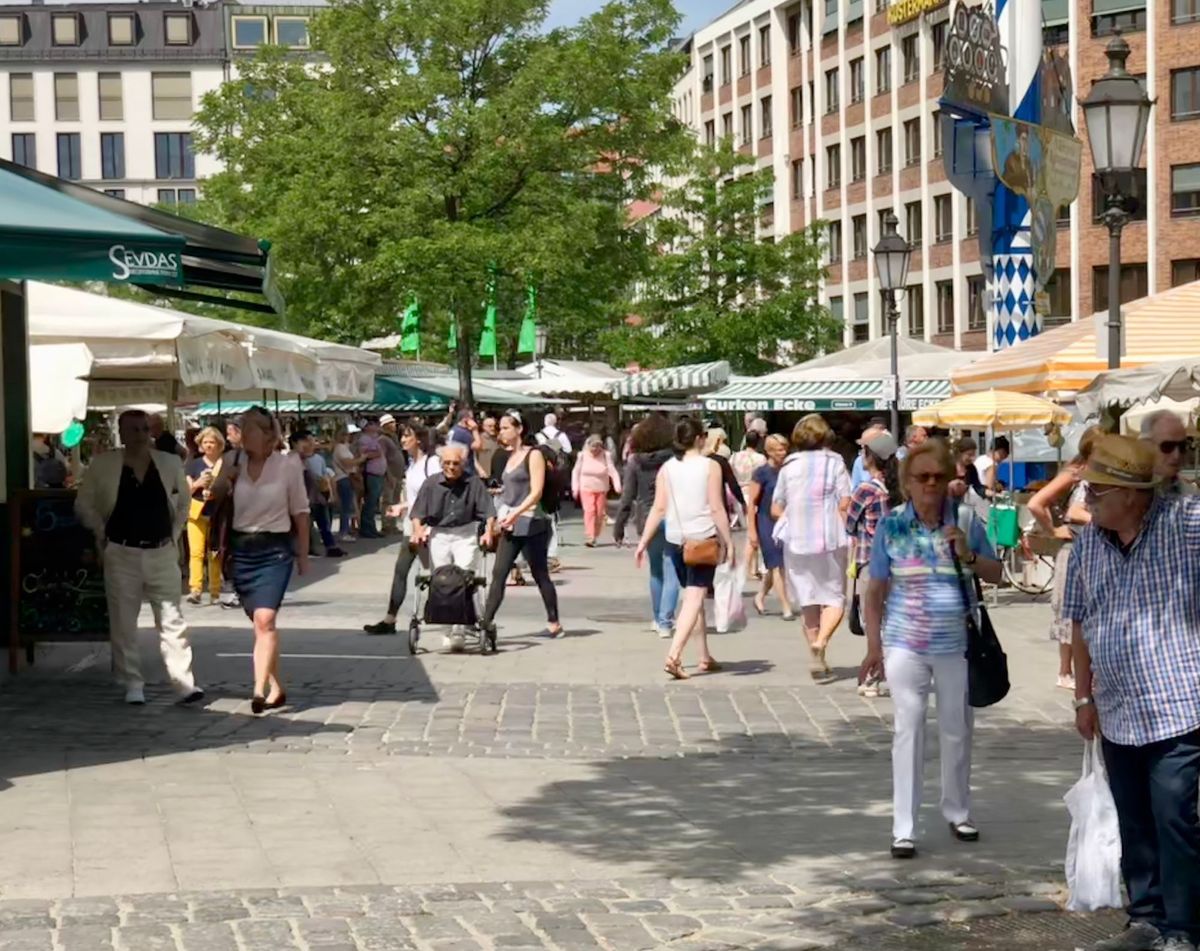
Who We Are
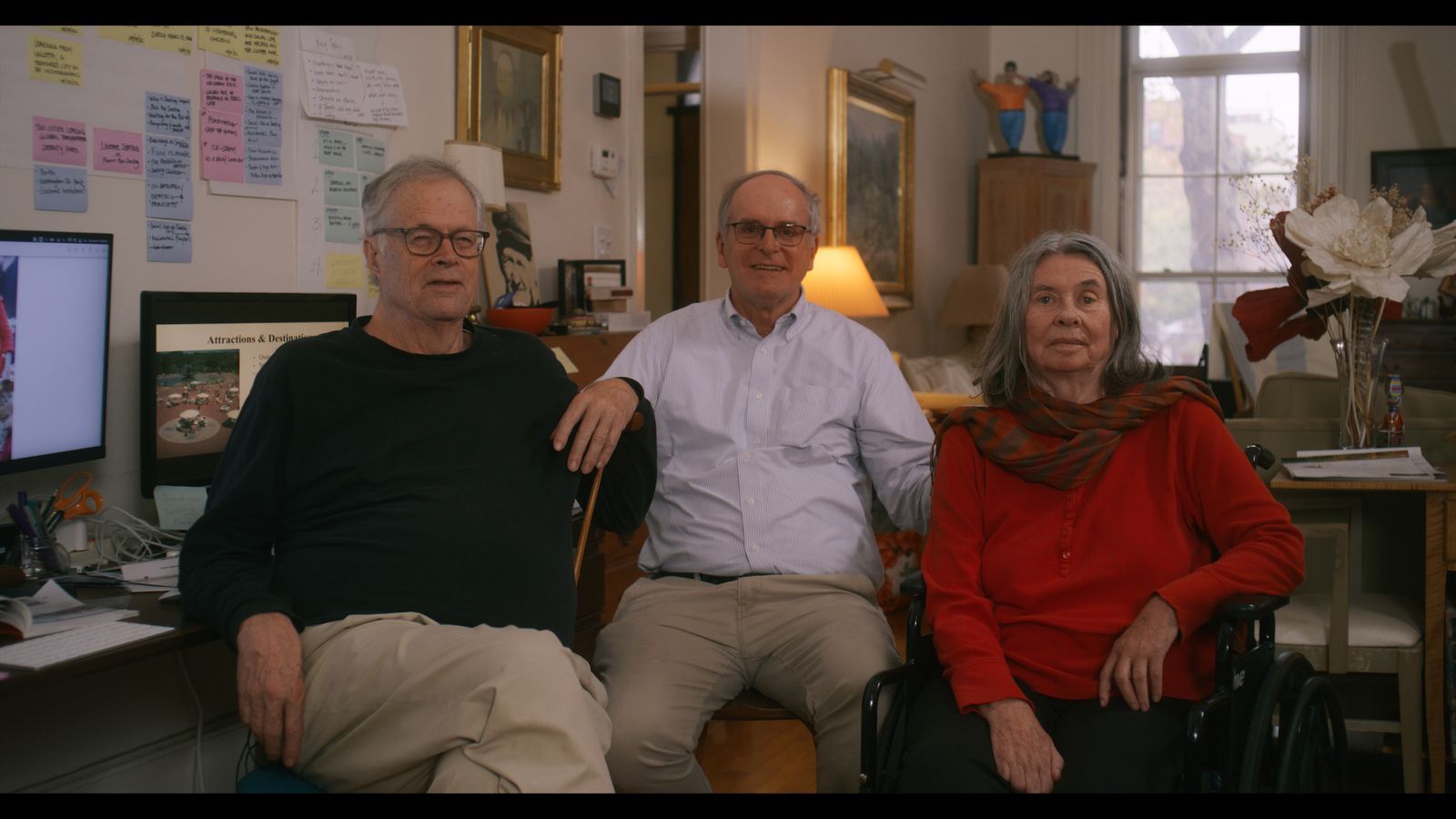
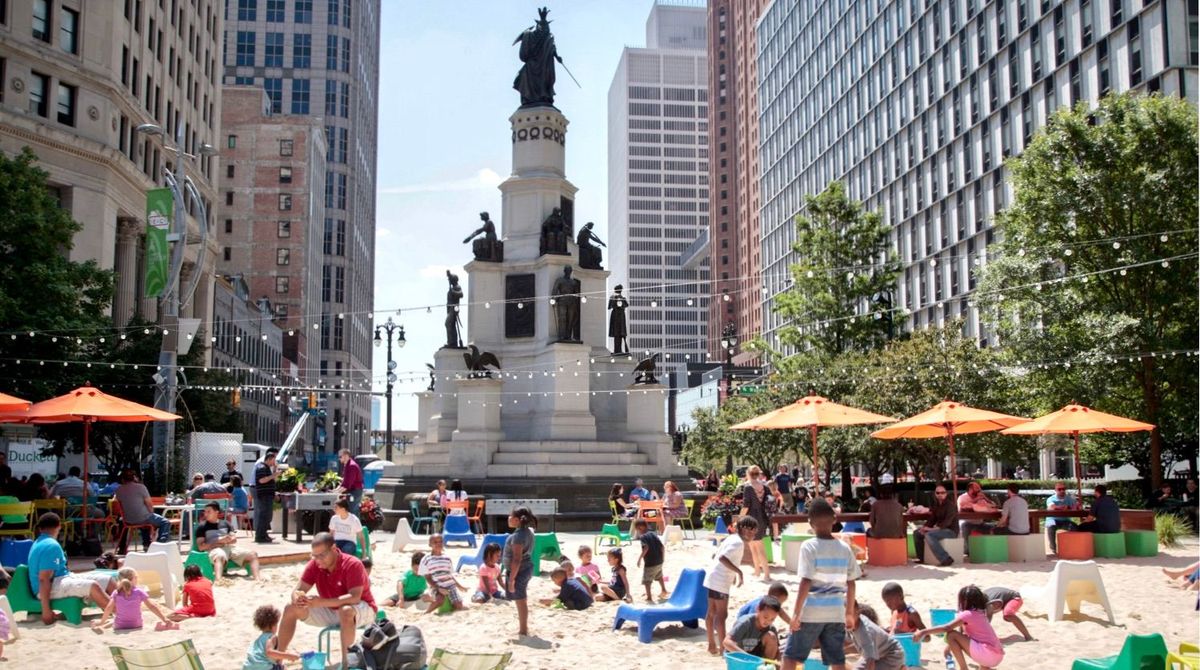
If you are interested in collaborating (articles, presentations, exhibits, projects, and more) or supporting the cause contact us.
